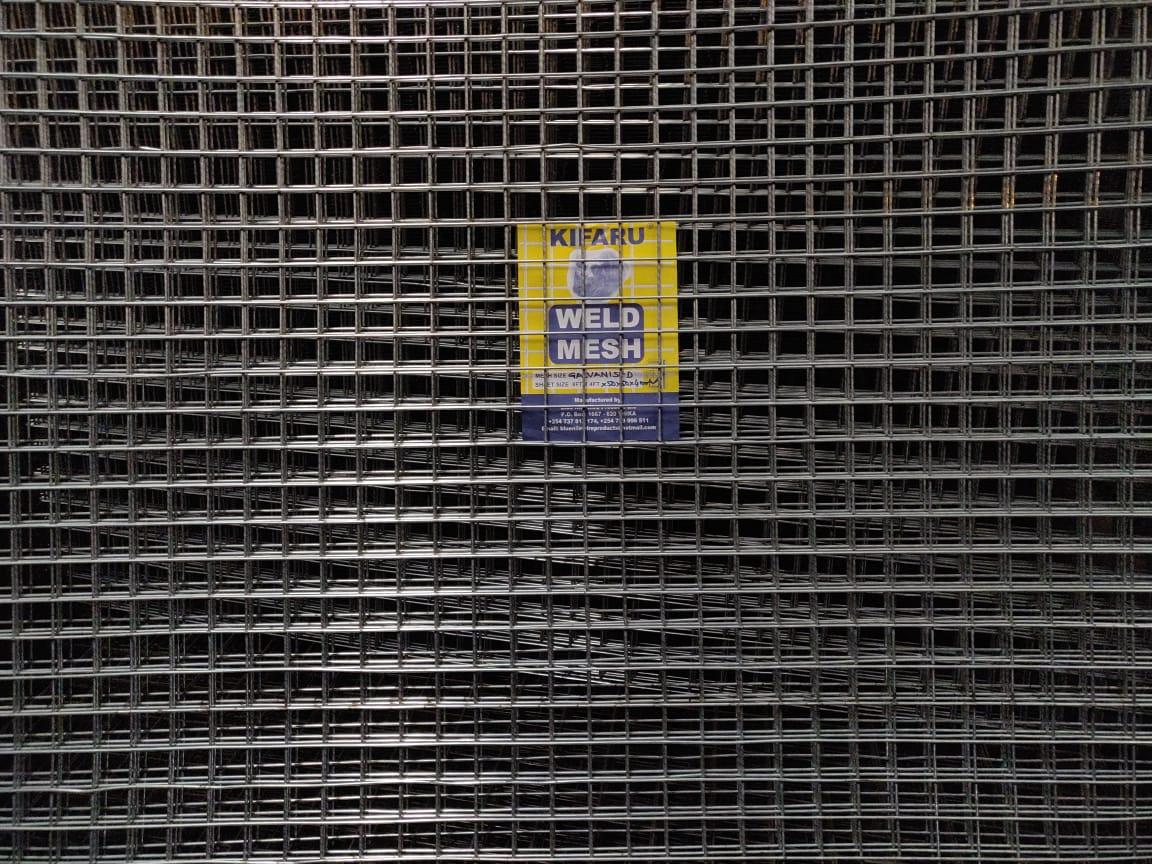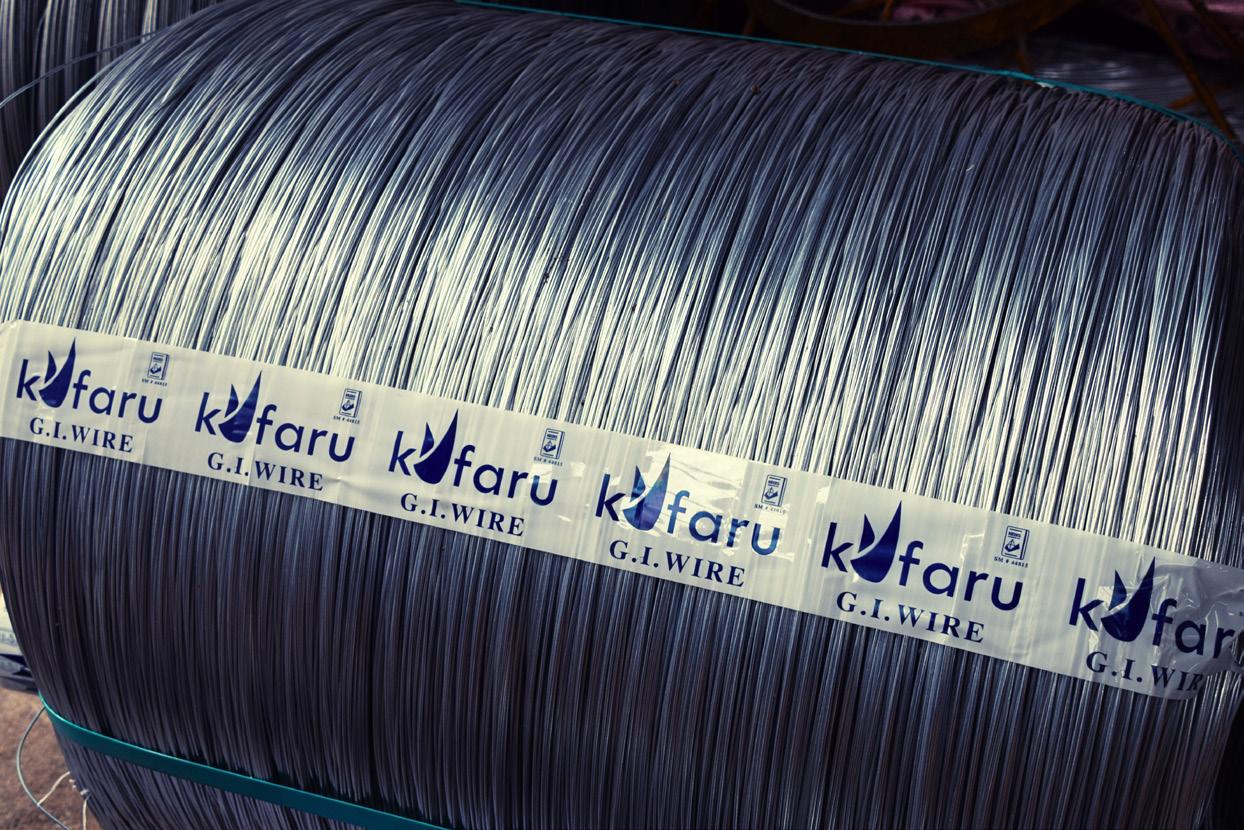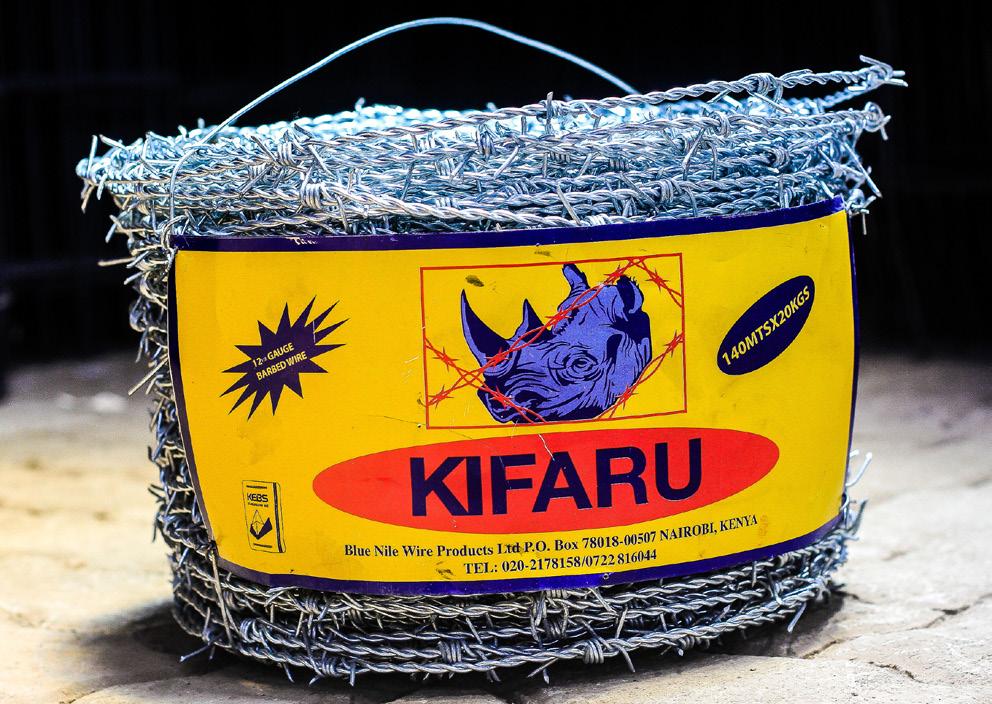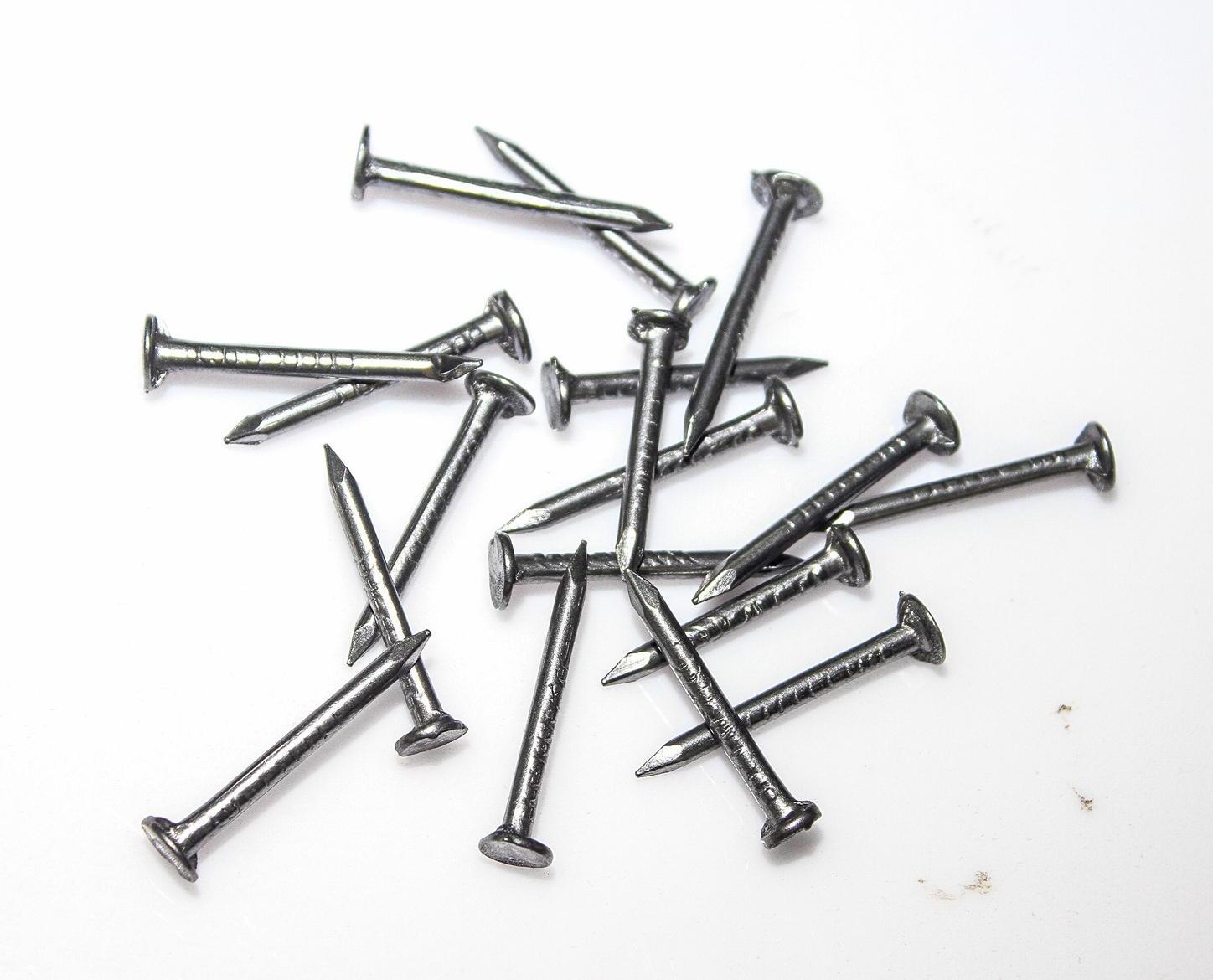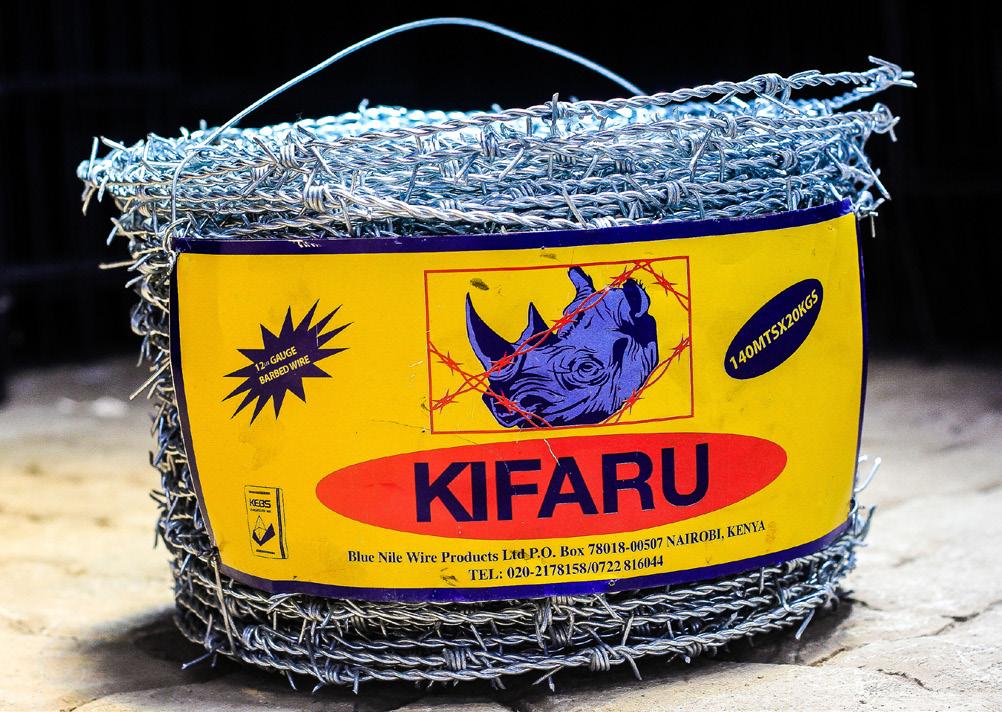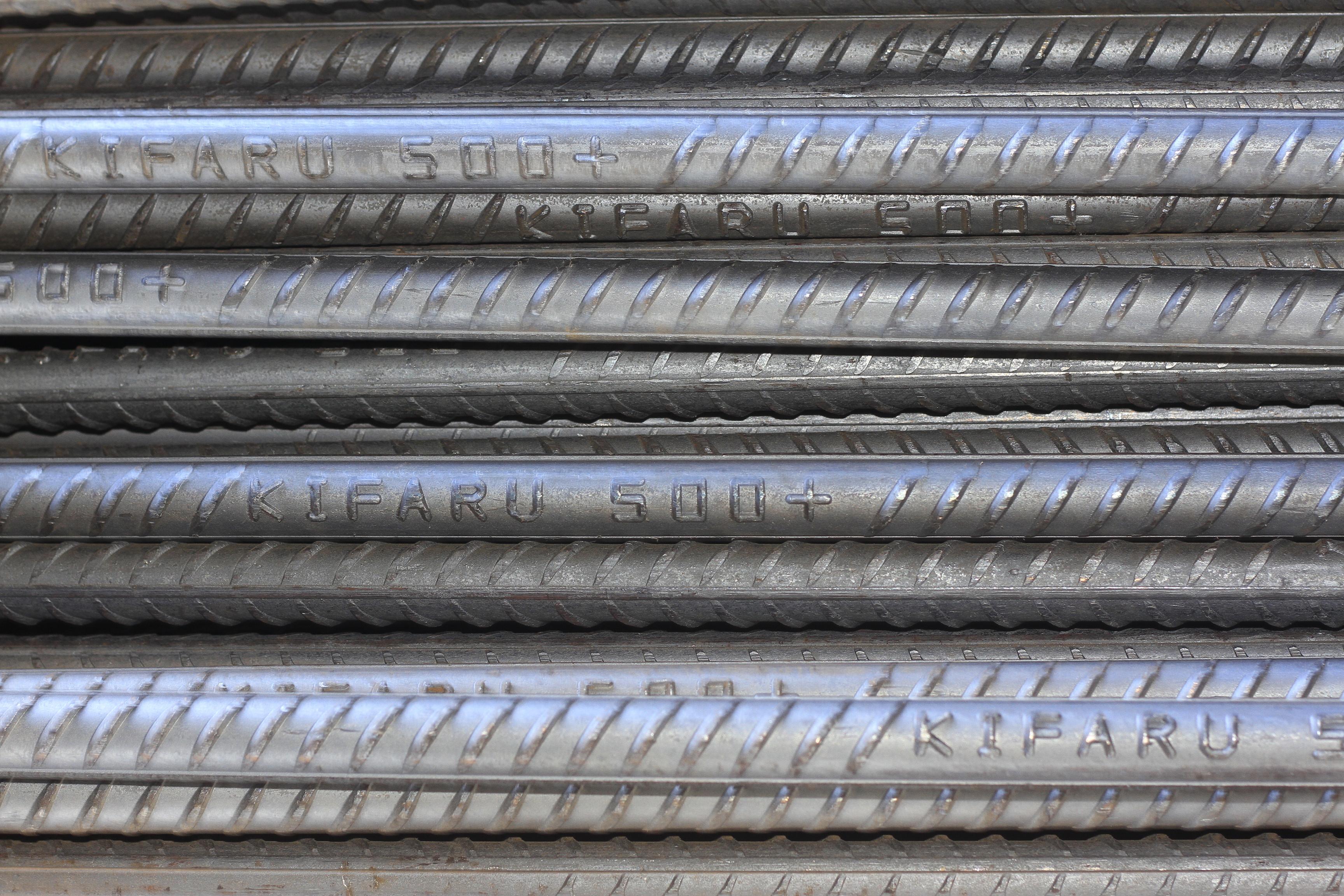



DOUBLE LAYER



















Anthony Mwangi, Chief Executive Officer of the Kenya Association of Manufacturers
























Anthony Mwangi, Chief Executive Officer of the Kenya Association of Manufacturers
Over the past few years, the future of Kenya’s manufacturing sector has seemed bleak due to factors such as disruptions in global supply chains caused by COVID-19, war in Ukraine, middle east conflict, unpredictable industry policies, limited access to capital, high energy costs, and lately forex disruptions.
Despite these challenges, there are bright spots in the industry including vast opportunities within the sector, that are important to illuminate as we seek to transform the nation through industrialization.
To achieve the country’s goal of tripling manufacturing sector contribution to Gross Domestic Product (GDP) to 20% by 2030, all players in the industry need to collaborate and work on these challenges together for the common good.
The revival of this publication is intentional and will help shape conversations on the crucial role that manufacturing plays in the country. It also serves as a reminder to stakeholders of their goals and the innovative ideas we can learn from each other to improve manufacturing processes and operations.
In this inaugural issue, we highlight initial discussions between government and manufacturers during the launch of Manufacturing Priority Agenda 2024, KAM’s 65th anniversary celebrations, and showcase impact and resilience of the industry through manufacturers.
We also bring you the latest developments from, industry optimism on strengthening of the shilling, efforts to begin local manufacturing and assembly of electric vehicles, and the rise of county industrial hubs.
Together, we can change Kenya’s manufacturing narrative and contribution to the economy.
We hope to sustain this momentum through your continuous support with product and services advertisements, sponsored content, and thought leadership articles.
Together, we can change Kenya’s manufacturing narrative and contribution to the economy.
In this inaugural issue, we track recent developments in the industry from the beginning of the year. Here are the top manufacturing stories over the first quarter of the year.
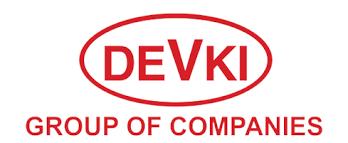

The Devki Group of Companies early April launched a KSh. 45 billion Clinker Plant in West Pokot to meet the increasing demand for cement in Kenya and Africa. The plant can produce 6 million metric tonnes of clinker annually, exceeding the country’s current 5 million metric tonnes per annum requirement. The Group’s Chairman, Narandra Raval believes the project will help reduce cement prices, supporting affordable housing projects and infrastructure projects.
According to data from the Kenya National Bureau of Statistics (KNBS), cement production decreased from 865,310 MT in August 2023 to 831,534 MT in September 2023, and cement consumption decreased from 826,947 MT to 799,297 MT during the same period.
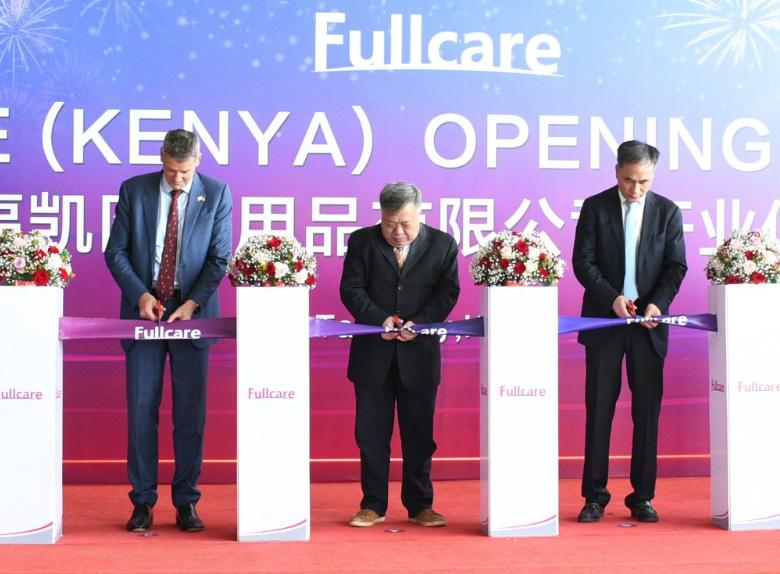
FullCare Medical, the Kenyan subsidiary of the Chinese firm Zhende Medical, announced the launch of a Ksh. 3.9 billion (USD 30 million) medical garment production facility in Tatu City in March. The new facility, located at Tatu City Special Economic Zone, is designed to serve Africa, Europe, and the United States, and aims to employ 1,800 Kenyans in the first phase and up to 7,000 Kenyans in subsequent phases. FullCare Medical (Kenya) SEZ Limited, a Kenyan company with over two decades of experience in the production and distribution of medical care and protective equipment, is responsible for the facility’s operations. The International Finance Corporation (IFC), the investment arm of the World Bank, provided Ksh. 13.2 billion ($120 million) in financing to FullCare Medical for its expansion in Africa.

It is a new beginning for mobility start-up BasiGo. It has just secured Ksh 390 million ($3 million) from Corporation For Africa & Overseas (CFAO), a company specialising in automotive distribution and energy. With this funding, the subsidiary of Japanese group Toyota Tsusho is renewing its commitment to supporting the expansion of BasiGo’s electric buses in East Africa.
The investment, backed by venture capital firm Mobility54, will enable the start-up to speed up the manufacture and delivery of its new vehicles, which are in great demand in Kenya and Rwanda.


Crown Paints and Peak Performance International have partnered to launch the Crown IT Business School, a training program aimed at assisting small businesses acquire skills and tools to help them in sustaining growth. The program, which will focus on strategic planning, financial management, human resource management, and marketing, aims to improve growth in strategic partnership development and recognize them as valuable stakeholders in development plans. SMEs face challenges such as limited access to financing, lack of collateral, and high interest rates.
Reprieve as UK suspends cut-flower export tariffs

The UK has suspended export tariffs on cut flowers for two years, which will make trade with the UK cheaper and easier for flower growers in East Africa and other regions. This means that an unlimited number of flowers can now be exported to the UK with a 0% tariff, even if they go through a third country. This is especially beneficial for East African flower growers who often transport their flowers via third-party countries or auction houses before they reach the UK. The suspension of the 8% duty on cut flowers will apply worldwide, but it will be particularly advantageous for major flower-growing regions such as Kenya, Ethiopia, Rwanda, Tanzania, and Uganda. The duty suspension will remain in place for two years, from April 11, 2024, to June 30, 2026, according to a press statement by the UK government. UK consumers will benefit from this move as they will have access to a wider range of flowers at more competitive prices throughout the year. John Humphrey, Trade Commissioner for Africa, said, “The UK’s relationship with East Africa is based on mutually beneficial trade. This additional flower power will enable trade to flourish.” Kenya($665M) was the world’s fourth-largest exporter of cut flowers in 2022, accounting for 6% of global cut-flower exports. The top three are Netherlands ($4.04B), Colombia ($2.05B) and Ecuador ($1.04B), according to online data visualization platform, the Observatory of Economic Complexity (OEC). Ethiopia is the second-largest cut-flower producer in Africa with 23% of Sub-Saharan African exports. In 2023, the UK traded £12.6m worth of cut flowers with Ethiopia, £727,000 with Rwanda, £839,000 with Tanzania, and £1.1m with Uganda.
In March, Roads and Transport Cabinet Secretary, Kipchumba Murkomen signed a Memorandum of Understanding (MoU) with the Kingdom of the Netherlands to develop a “cool-logistics corridor.” The corridor aims to facilitate the transportation of fresh produce by sea and pave the way for a sea freight system specifically designed for perishable exports. The MoU signed with the Dutch Ambassador to Kenya, Maarten Brouwer, will encourage private investment in cool-logistics infrastructure, which could potentially double or even triple Kenya’s horticultural exports. This surge in exports could create up to 3 million new jobs in the horticultural and agro-logistics industries, the Transport Ministry said. The project includes various logistical aspects, such as port facilities, transportation networks, and regulations. It aims to revolutionize fresh produce transportation, benefiting trade between Kenya and the Netherlands while propelling Kenya’s agricultural sector forward. To contribute articles to Industry Today

Charting a path that leaves no one behind
Preserving heritage, paving the way for progress
Levelling up Kenya’s manufacturing sector
Securing Kenya’s industrialization
Tax implications of tariff classification advance ruling and post clearance audit
A catalyst for Kenya’s manufacturing sector
Golf, gala dinner, factory visits
Make the world your playground
Empowering women is an economic power move
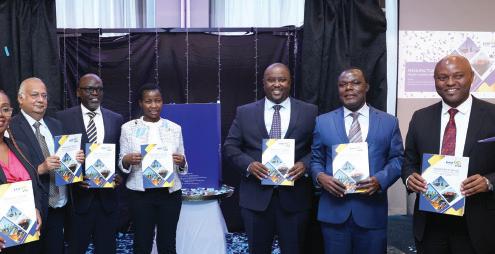
Charting a path that leaves no one behind

Golf, gala dinner, factory visits
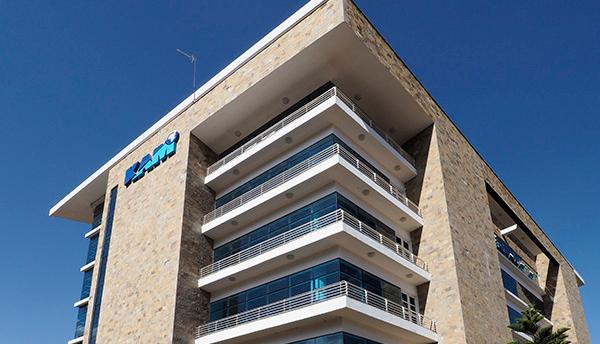
Preserving
CHIEF EXECUTIVE OFFICER
Anthony Mwangi
CHIEF OPERATING OFFICER
Tobias Alando
EDITORIAL DIRECTOR
Lawrence Njenga
EDITORIAL LIAISON
Grace Mbogo
Hope Wambui
MARKETING LIAISON
Silas Odhiambo
COPYRIGHT
PUBLISHER
Kenya Association of Manufacturers
P.O. Box 30225-00100 GPO
Nairobi, Kenya
5th Floor, 15 Mwanzi Road.
Opp. Westgate Mall, Westlands
Tel: +254 (020) 232 4817/8
Email: info@kam.co.ke
Web:www.kam.co.ke
MEDIA, PRODUCTION & COMMERCIAL PARTNER
Moland Media East Africa Ltd
P.O. Box 51532 00100
Nairobi, Kenya
Email:engage@molandea.co.ke
ADVERTISING LEAD
Arnold Odhiambo
SPECIAL PROJECTS LEAD
Margaret Njiru
EDITORIAL MANAGER
Conrad Onyango
CREATIVE LEAD
Linda Ajima
GRAPHIC DESIGNER
Oyugi Moses
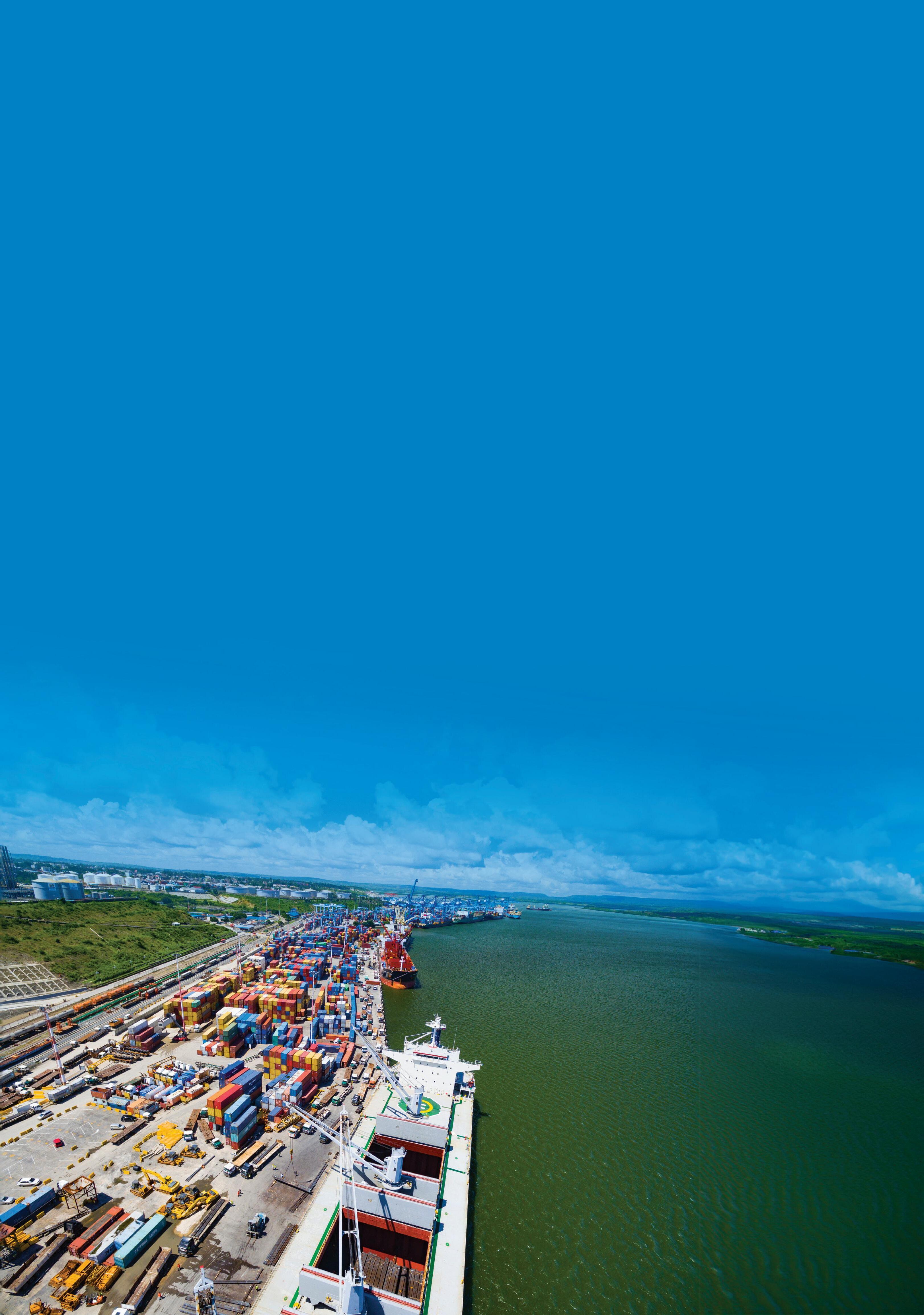
P.42

COUNTY FOCUS
Homa Bay aims to become a regional industrial hub

P.47
P.71

P.72
CAPWELL INDUSTRY LTD
Adaptability and innovations propelled us to a food and beverabe giant
P.42
COUNTY FOCUS
Homa Bay aims to become a regional industrial hub
P.47
CAPWELL INDUSTRY LTD
Adaptability and innovations propelled us to a food and beverabe giant
P.56
CHANDARIA INDUSTRIES @60
A family empire built from recycled paper waste
P.65
DUNE PACKAGING SUCCESS
From polythene films to paper bags
P.66
EQUIPMENT LEASING
Managing impact of rising inflation

PEOPLE AND SKILLS
Industry expos, competition opening career opportunities to young professionals
P.66
Export-led growth the cure to Kenya’s currency devaluation
P.70
POLICY SUSTAINABILITY
Let’s make circular economy happen
P.71 EQUIPMENT LEASING
Managing impact of rising inflation
P.72 PEOPLE AND SKILLS
Industry expos, competition opening career opportunities to young professionals

POLICY
Export-led growth the cure to Kenya’s currency devaluation


On this road to significantly grow manufacturing sector’s contribution to Kenya’s GDP, bottlenecks - among them unstable policy environment, high business costs and illicit trade - abound. But there is hope... Key stakeholders have agreed to make the journey more engaging through increased levels of collaboration to change industry mindsets.
By Conrad Onyango
Over the last decade, the manufacturing sector’s performance has faced significant challenges with the Kenya Association of Manufacturers citing heavy regulatory burden, high energy costs especially, electricity and unstable policy environment - largely on taxation of industrial inputs as key growth constraints.
Illicit trade, lack of long-term financing frameworks, and transport and logistic supply chain costs, the industry lobby says, have also stood in the way of manufacturing progress in the country.
Due to the widespread challenges, the sector’s contribution to Kenya’s Gross Domestic Product (GDP) dropped significantly from a historical high of 11.08% in 2011 to 7.2% in 2021 but rose to 7.6% in 2023, according to government data.
Kenya National Bureau of Statistics (KNBS) data shows Kenya’s GDP in 2023 stood at Ksh 15.1 trillion, which means at 7.6%, manufacturing sector contributed Ksh 1.15 trillion to
the economy.
Now, manufacturers and government have agreed to work on a more engaging and collaborative path to address these bottlenecks and nearly triple the sector’s contribution to the country’s economy to 20% by 2030.
During the launch of the 2024 Manufacturing Priority Agenda
It is imperative to underscore the need for an environment that creates and enhances collaboration between the government and the private sector to shape public policy for the common good.
KAM Chief Executive, Anthony Mwangi
(MPA) early April, the government and manufacturers had a consensus to ‘leave no one behind’ in the next level of industrial growth.
The government is to create an enabling working environment for industry players while manufacturers are to review their manufacturing processes to bolster the level of inclusivity, especially for the Micro, Small, and Medium Enterprises (MSMEs).
The Principal Secretary for Industry, Dr Juma Mukhwana said the current model of industrialization being promoted in Kenya and the rest of Africa does not help small businesses, who make up the majority of the industry.
“The way we are industrializing, it’s like some of us become millionaires, the rest of us stand at the top, we are only watching you, we don’t know what is happening, and therefore the model of industrialization that we are promoting in Africa does not help the hustlers and the masses,” said Dr Mukhwana.
According to World Bank data, referenced in the MPA report, only 15% of Kenya’s 19 million workforce have formal jobs, leaving 85% to work in MSMEs.The Industry PS suggests that Kenya should follow China and India’s example of industrialisation, which has led to economic growth and lower poverty levels.
“It is not good enough to say we are focusing on MSMEs. I really want to see how we can unpack that fear, so that we can say, what is it that can go to the MSMEs so that we can create prosperity for everyone,” he said.
The Manufacturing Priority Agenda 2024 report cites Small and Medium Enterprises (SMEs) often struggle with a lack of market access, affordable funding for growth, and governance structures.
Among key interventions to address these challenges, the Principal Secretary for MSME Development, Susan Mangeni, hopes to see a change in the manufacturing model where the private sector players complement government in provision of
preferential access to business opportunities for MSMEs.
“We request you to provide some sort of affirmative action, preferential access to some of the opportunity within your companies, so that it is not just access to government procurement alone, but also the private sector. Are we setting aside 30%? If we say 30% is the standard that you want to go with, let us also see the same from the private sector,” said Mangeni.
To bolster access to financing, Mangeni said government is re-engineering its systems to encourage MSMEs to focus more on value addition in manufacturing as well as expanding financial support to include medium enterprises. The latter will see government support to growth of MSMEs expanded from the current Ksh 20 million to over Ksh 100 million.
Official local and international data shows SMEs represent 90% of businesses, and 50% of employment and contribute up to 40% of national income (GDP) in emerging countries like Kenya.
Under the new manufacturing road-map, there are high prospects of achieving sustained economic growth that will alleviate poverty and create more jobs, especially for more than 800,000 young people who join the labour market every year.
Similarly, the plan is keen on improving the country’s global competitiveness to shore up the value and volumes of Kenyan exports entering the international markets.
Currently, businesses in Kenya are facing increased expenses due to the burden of excessive red tape and compliance requirements imposed by labour laws, tax regulations, and other legal obligations, which manufacturers say has made it challenging for them to compete both locally and internationally.
“Simplicity in regulatory processes is key to reducing compliance costs, particularly for SMEs. Introducing userfriendly digital platforms for submissions and approvals will
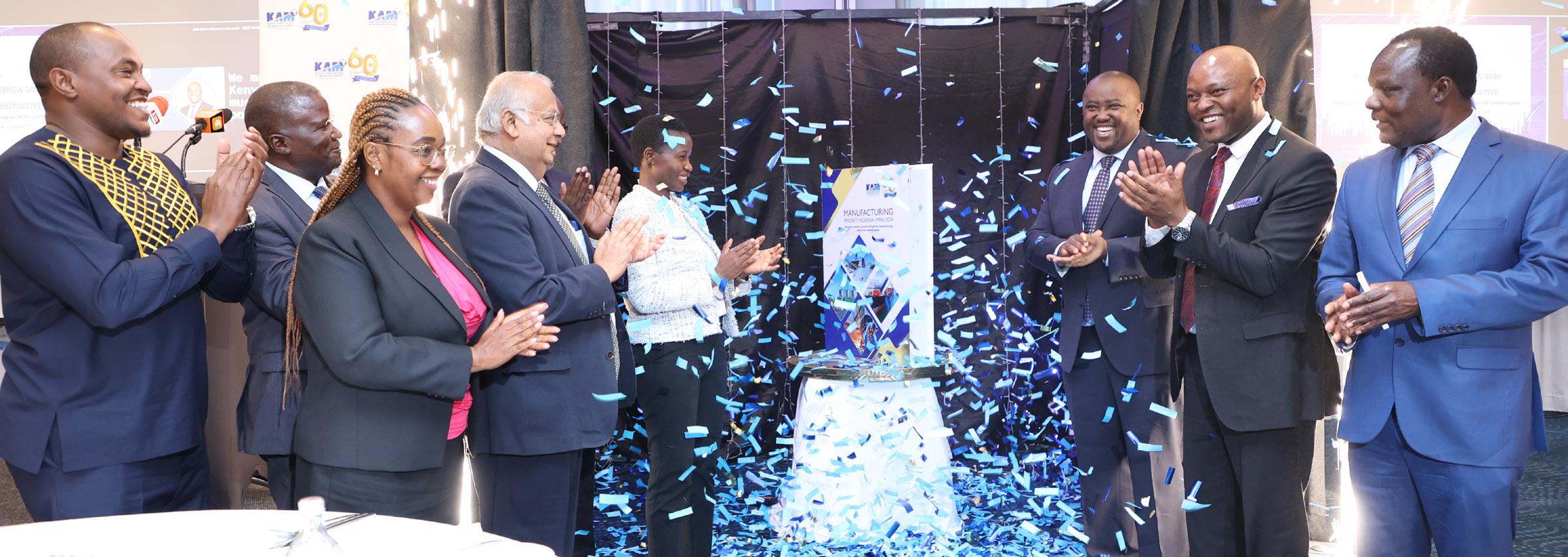
streamline processes and cut administrative burdens,” offered KAM in the report.
During the commissioning of a Ksh 45 billion plant in West Pokot in early April, President William Ruto reaffirmed the government’s commitment to promoting an efficient domestic market. He stated that it is unreasonable to provide duty and levy exemptions to importers of goods that can be produced locally.
“We shall focus our policies and strategy on encouraging increased local production, in line with the Bottom-Up Economic Transformation Agenda,” he added.
To drive an export-led industrialisation, the President said Kenya must take advantage of the opportunities provided by the Africa Continental Free Trade Area Agreement, which has created a vast market for the country’s exports.
“We want to create ecosystems and avenues for us to target the export market. We want Kenya to move away from being a supermarket for other countries to be a manufacturer of our goods for export,” he said.
The President pointed out that strategic investment in manufacturing will increase exports, create employment opportunities, boost economic activity using local resources and generate attractive returns for investors.
Africa is the dominant destination of Kenya’s exports accounting for 41% of the total value of export earnings in 2022, according to World Economic Outlook and International Monetary Fund 2023 reports.
“Total exports to Africa increased by 15.7 per cent to Ksh 357.7 billion in the review period. This growth was mainly occasioned by a 17.7% increase in exports to the EAC economic bloc, which accounted for 63.3% of the total exports to Africa,” said the MPA report.
Kenya is also banking on the completion of the KenyaUS strategic partnership agreement and other strategic partnership agreements including an extension of AGOA to expand export markets for local produce.
The Principal Secretary for Energy, Alex Wachira said the government will over the next three years ramp up investments in energy infrastructure to prop up Kenya Power’s substations and transmission lines to bolster reliability, security and energy costs for the industry.
In the meantime, the PS encouraged industry investors to embark on a 24-hour production by leveraging on about 1,000 megawatts of power that stays idle from 10 p.m. when most of the country goes to sleep, with just a few industries
and streetlights and security lights, to be able to lower cost of power.
“We have a peak demand of 2,185 megawatts. So, the country’s power demand drops all the way to about 1,100 megawatts. We have about 1,000 megawatts that we need to utilize for us to aggressively lower what you call the weighted average of power,” said Wachira.
Over the last three years, there has been a rapid increase in the unit electricity cost per kWh charged to manufacturing enterprises. Heavy manufacturers like cement producers have borne the biggest brunt as their unit electricity cost per kWh increased from Ksh 15.8 in January 2021 to Ksh 25.1 in January 2024, representing a 58.9% increase.
KAM has been at the forefront advocating for lower electricity tariffs for manufacturers and recommends a tariff rate of Ksh 10 per kWh. The Association says has a potential to reduce the cost of electricity by 51%.
Providing manufacturers with the preferential electricity tariff, could yield substantial savings, empower companies to expand operations, create jobs and contribute more to the economy
Bharat Shah
To promote agro-industry value chains, KAM wants the government to create a supportive ecosystem that would bolster integration of industry-led value chains.
Already, KAM has introduced its Agriculture for Industry (A4I) strategy which aims to strengthen the integration between agriculture and manufacturing.
This will be done in partnership with Agro-processing Sectors in areas such as Food & Beverages; Textiles & Apparels; Leather & Footwear; Agro-processing; and Agro-chemical.
The goal is to address the challenges that agro-processors face in their value chains, among them being information asymmetry, where farmers have limited knowledge of buyers’ expectations and vice versa.
The strategy will also see producers get sufficient incentives to produce high-quality products, address high post harvest losses, and enhance mechanization of agricultural processes.

CEO’s perspective on KAM’s remarkable 65-year journey and shaping an exciting future for manufacturers.
Kenya Association of Manufacturers (KAM) turns 65 this year. To mark the occasion, we sat down with KAM CEO, Anthony Mwangi, to answer 9 questions reflecting on the past 65 years, his experience since taking charge at KAM, and the industry.
1. Sixty fifth anniversary is a big milestone. Can you briefly talk about where KAM has come from?
The growth of KAM tells a story of humble beginnings. Back in 1959, a small group of businessmen met and agreed to establish a vehicle for the promotion of their interests, hence, they formed the Association of East African Industries. They
adopted KAM’s current name in 1970.
As the Association continued to gain influence, the need to have a sustainable organization and professional staff became apparent. As














































































































a result, KAM sought to strengthen its internal structures and to have professional staff to drive the organization’s operational strategy rather than the volunteer board members. This set the stage for the growth of a robust organization initially through increasing the numbers of staff in Advocacy, Communication and Membership Services.
KAM continued to strategize on how to solidify and utilize the Secretariat’s developed capacity to increase its membership, offer robust advocacy and business services to members, and expand member services to the counties. The Association also focused on building a sustainable organization with a specific focus on the fee-based services and development of an Income Generating Asset. This resulted in the building of the KAM House in Westlands, Nairobi, where our headquarters are currently located. At this stage, the goal was to transform KAM into a sustainable member-focused association delivering relevant services to manufacturers.
In the mid 2010s, KAM focused on expanding its influence with decision-makers, strengthening its business services, and growing and activating its community. All this was anchored
on a robust institutional base and deepening of work in counties, national and regional levels to advance members interests, by proactively influencing new policies that affect manufacturing.
In the 2020s, KAM has sought a proactive approach to entrench industrial development as a critical arm of driving Kenya into a middle-income country by 2030. The Manufacturing 20by30 Vision that seeks to increase the manufacturing sector contribution to Gross Domestic Product (GDP) to 20% by 2030, continues to support KAM in advancing industrial growth in the development and implementation of policies in the country. We are also looking at leveraging data science, machine learning, and artificial intelligence. These technologies have the potential to revolutionize advocacy and policymaking, empowering KAM to lead the way in driving sustained industrialization and prosperity for Kenya.
2. What are the major strides industry has made for itself and the economy?
Since its inception, KAM has had significant strides that
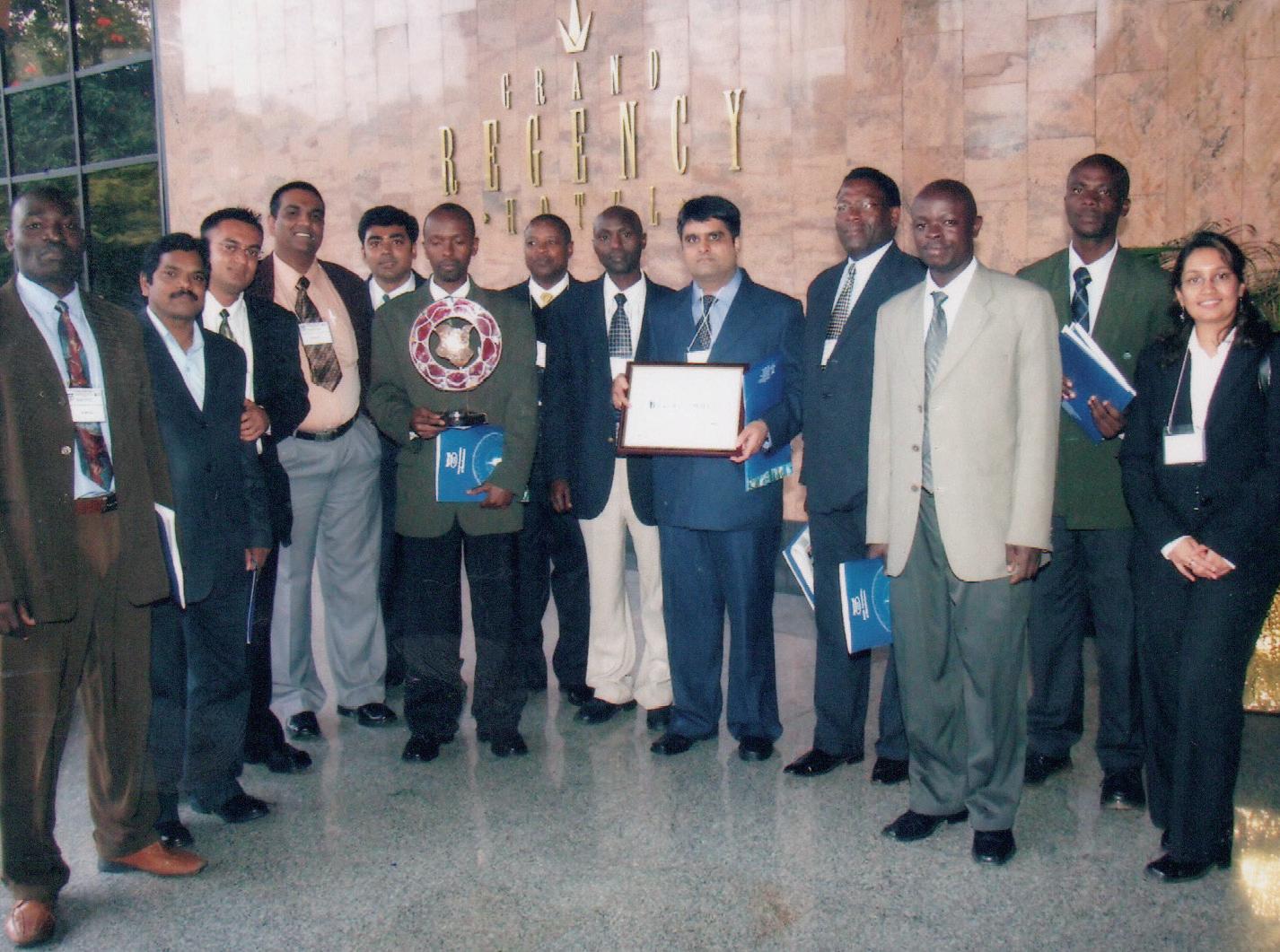

Sport and Eco Mode on 2.8L Engine CFAO Mobility congratulates
The Toyota Fortuner offers limitless opportunities for exploration on every surface. Experience a new era of automotive excellence & the ultimate in on-road & off-road driving with the Toyota Fortuner, the first locally assembled SUV in Kenya! Enjoy Unmatched Performance:
5-Year or 150,000 km Warranty
10,000 km Service Interval

continue to shape its operations and initiatives, all geared at supporting its members. These strides include:
• Growth of KAM staff from about 5 in late 1990s to 80 staff, who continue to provide diverse services to members.
• KAM Membership has increased from about 400 members in the early 2000s to over 1,300 active members presently.
• KAM has invested in a prime office block, the KAM House, located in Westlands, Nairobi.
• To enhance financial sustainability, the Association has built strong relations with development partners who continue to support KAM’s work through funding. This financial support has seen KAM become a trend setter on matters industry, including advancing sustainable manufacturing practices in the sector.
• Over the years, KAM has enhanced thought leadership on matters manufacturing. This has supported the Association’s advocacy work through engagements with the government on diverse aspects affecting manufacturing.
• The Association has strong governance structures that continue to ensure the sustainability of the organization. Committees within the organization comprise members with unique and diverse expertise to address various aspects of each committee.
• KAM has through the years built strong relations with stakeholders who continue to work with the Association in advocating for a competitive business environment for industry players.
• The Association has been a leader in driving energy efficiency and conservation in the country, in partnership with the Ministry of Energy and Petroleum, evidenced by 20 years of energy management in the country. Through our efforts, over Ksh 15 billion and 2,000 GWh has been recorded. This represents close to 100MegaWatt of investment that has been freed up and could be used to supply energy to other users. These savings are from about 500 cumulative participations since we kicked off the Energy Management Awards in 2004.
3. What do you see as the biggest accomplishments for Industry since you took the lead at KAM?
We have had several big accomplishments as an organization


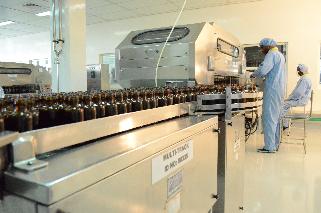


We send our heartiest congratulations to the Kenya Association of Manufacturers (KAM), as they mark and celebrate their 65th anniversary. As a Pharmaceutical Manufacturer and proud Members of KAM, we greatly enjoy the partnership in various areas of advocacy and improvement. Plot No. 7879/18, Off Baba Dogo Road, Ruaraka | P.O. Box 44421 - 00100, Nairobi | www.regalpharmaceuticals.com

since I joined KAM. This includes successfully addressing member issues and supporting the development of various policies to drive manufacturing sector growth.
That said, I think the biggest achievement we have had thus far is our good relations with the current government. In 2022 and 2023, KAM engaged H.E. the President, Dr William Ruto and agreed on a shared vision to transform the country’s economy through an increase of manufacturing contribution to GDP
from 7.8% in 2022 to 20% by the year 2030. Through this shared vision, we aim at increasing jobs from 352,000 to 1 million jobs, tax contribution from Kes. 360 billion to Kes. 1 trillion and value-added output from USD 8.5 billion (Kes 1.1t) to USD 50 billion (Kes 6.5t).
This represents an ambitious yet achievable target in which we sought to increase the sector contribution to GDP threefold. We are driving this agenda through four main pillars: Global Competitiveness; Export-led Growth; SME Development; Agriculture for Industry.
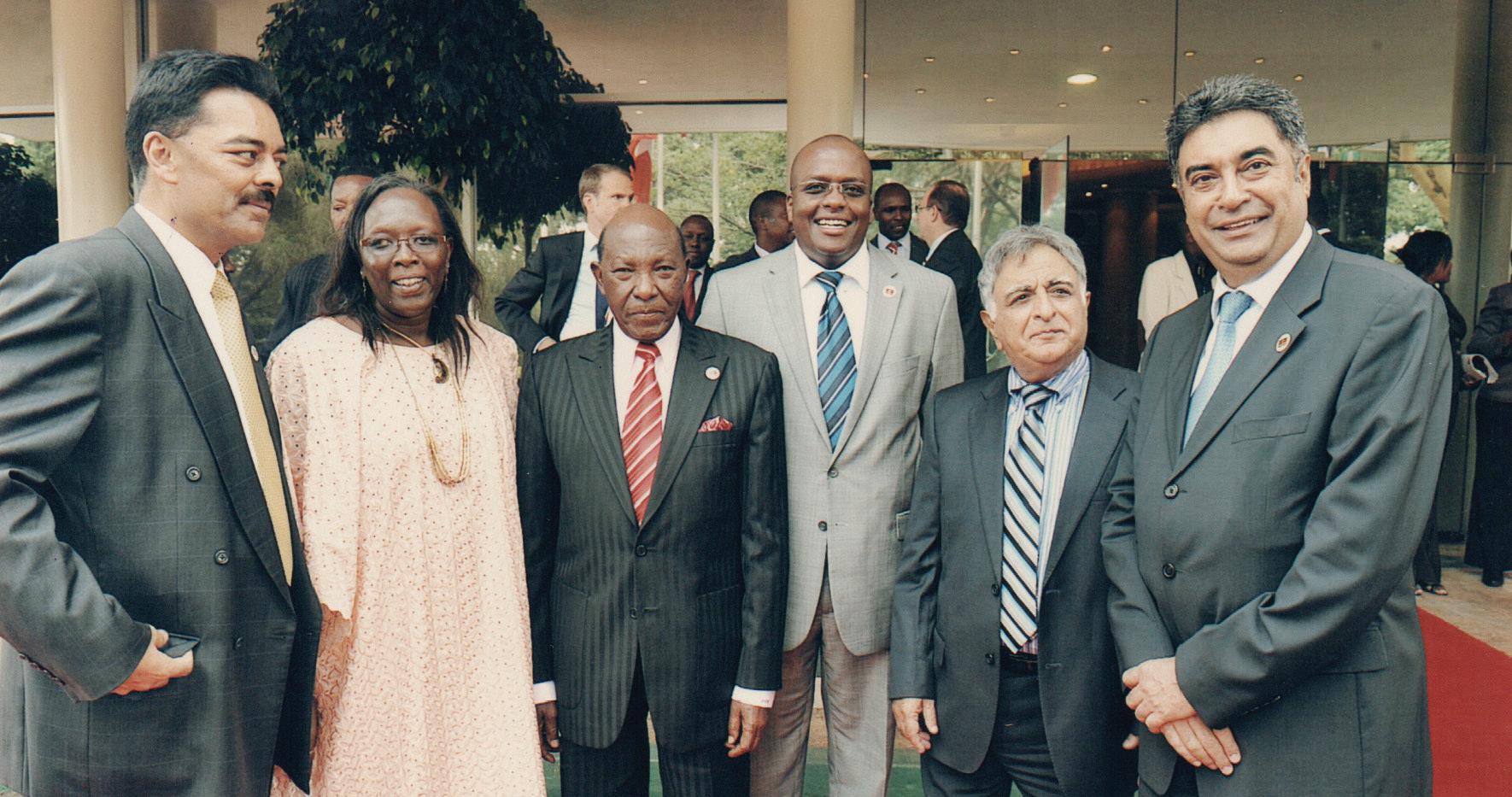
4. What would you describe as the future of manufacturing and what are the drivers of this future?
We remain optimistic about the future of manufacturing, as the sector plays a critical role in creating jobs and wealth for many. This is demonstrated by nations that have grown exponentially through exports of manufactured goods, such as South Korea and Singapore.
As KAM, we are cognizant that the changing landscape will influence how the manufacturing sector continues to contribute to the growth of our nation. Technological advancements are playing a
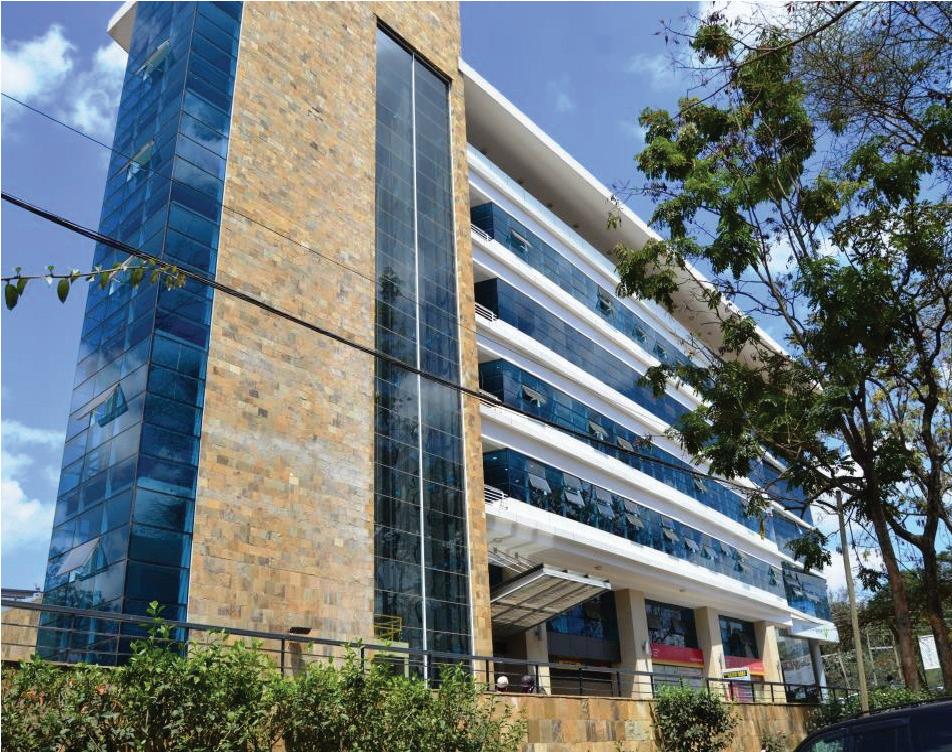


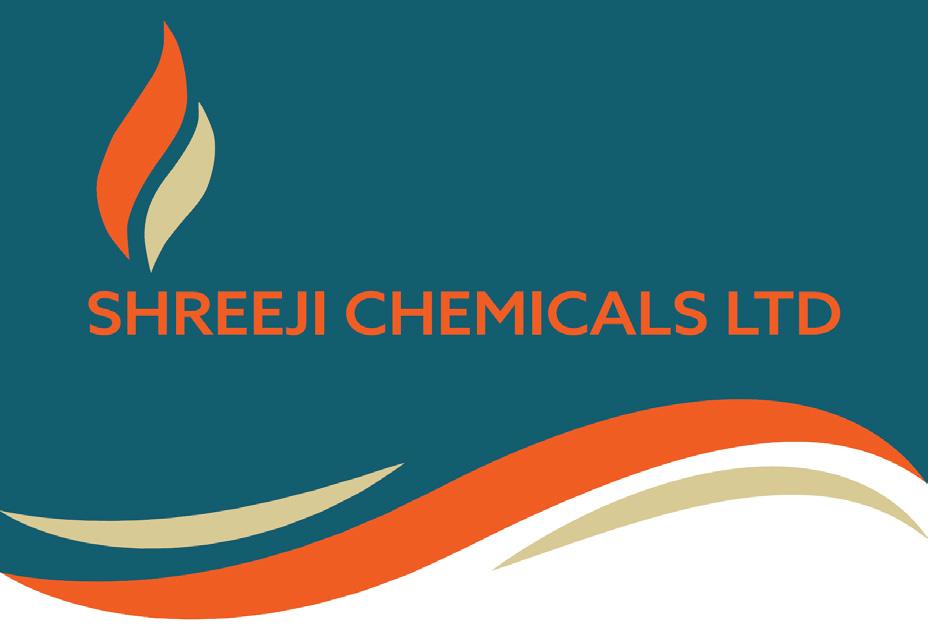
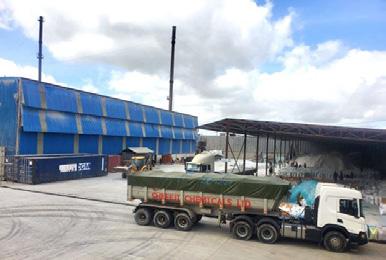

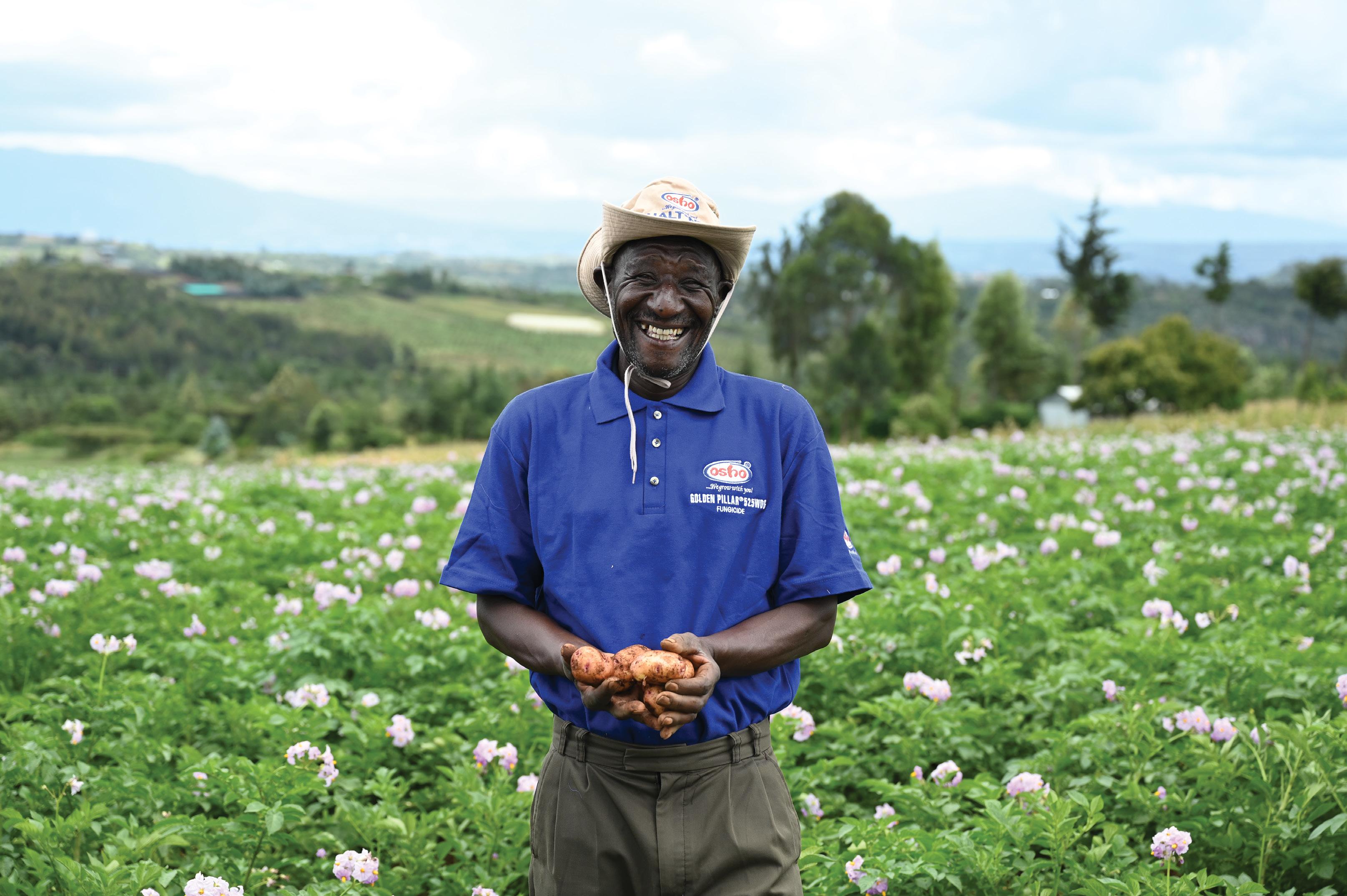









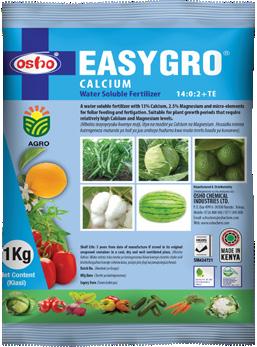

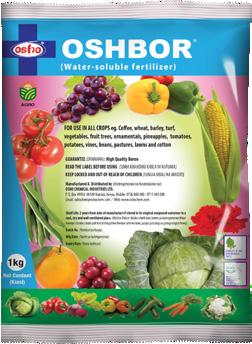

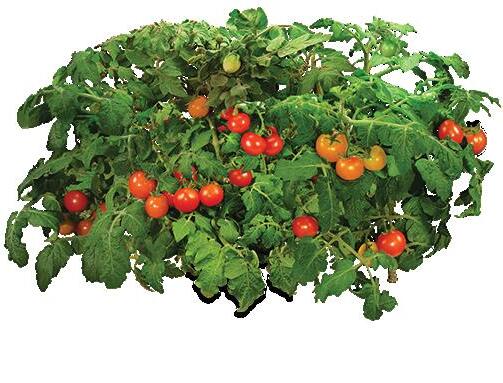



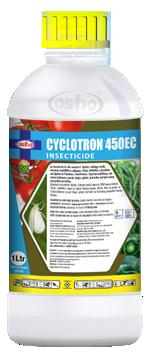



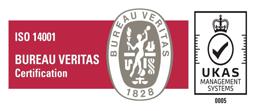



crucial role in this front. As mentioned earlier, data science, machine learning, and artificial intelligence have the potential to revolutionize advocacy and policymaking. As the Kenyan economy grows increasingly intricate, it has become vital for KAM to utilize factual data to effectively advance members’ interests. By leveraging data analytic tools, KAM will gain the ability to analyze vast amounts of data, break it down into meaningful insights, and make informed decisions. This will enable the Association to navigate the complexity of economic sectors, offering KAM a competitive edge in policy advocacy.
We are also keen on supporting local industries, more so SMEs, to take up these technologies to enable them to be ahead of the curve in the ever-changing global landscape.
5. What would you say are the biggest challenges facing the manufacturing Industry?
Every year, KAM develops the Manufacturing Priority Agenda (MPA) which guides the Association’s advocacy efforts with government and its agencies. The 2024 MPA has identified several impediments to the growth and competitiveness of local industries.

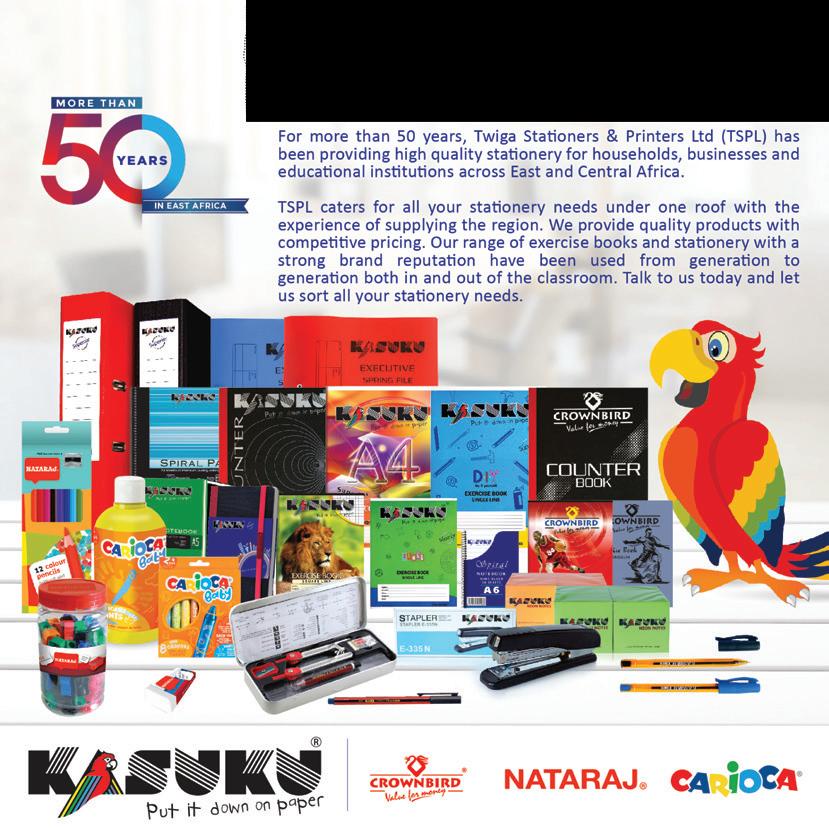
These include regulatory overreach; high and unpredictable tax regime; unstable and unreliable power supply; prohibitive cost of raw materials due to taxes and levies; and late payments among others.
Overcoming these challenges requires a concerted effort
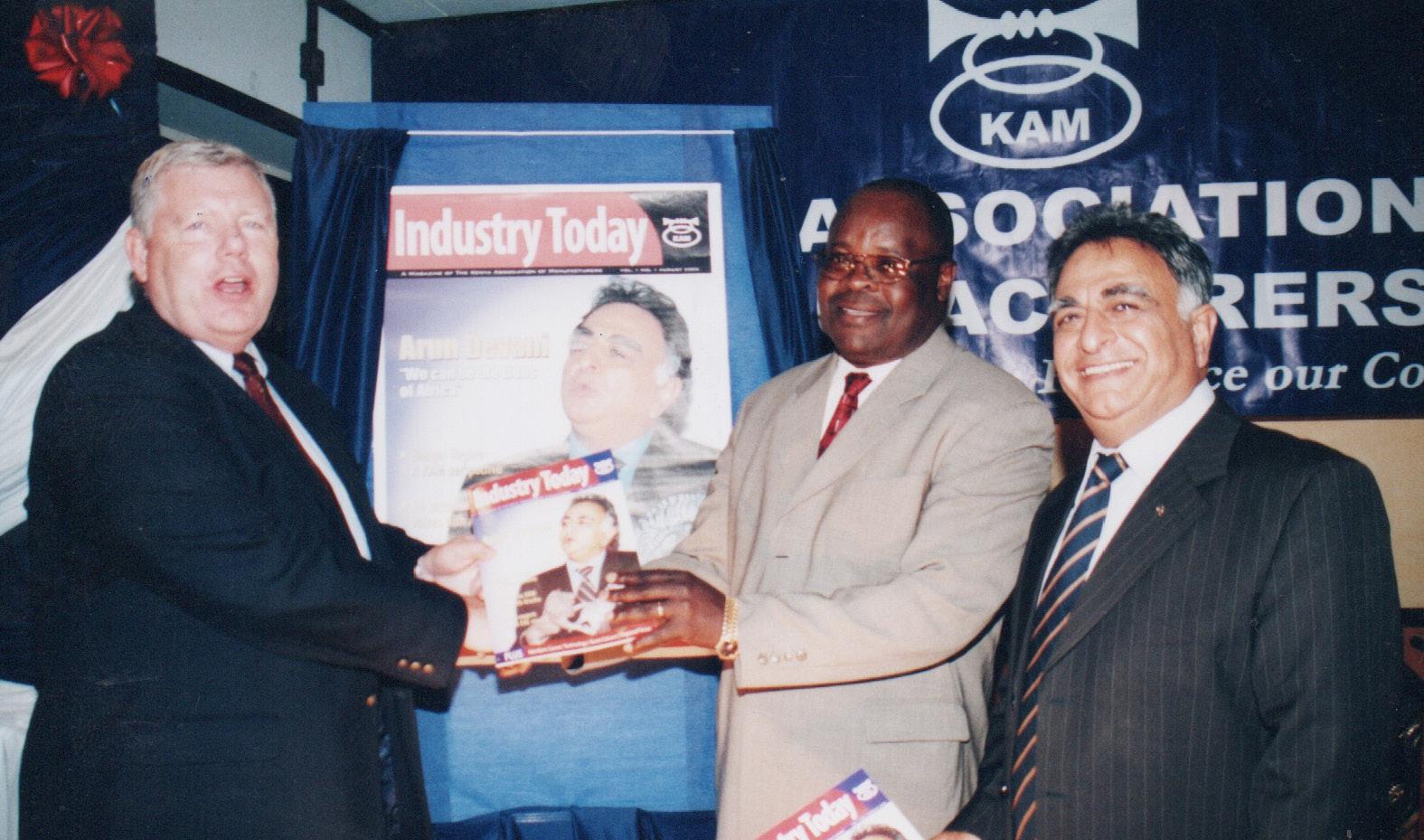

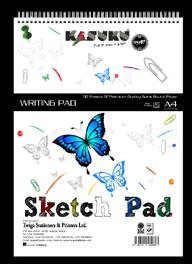

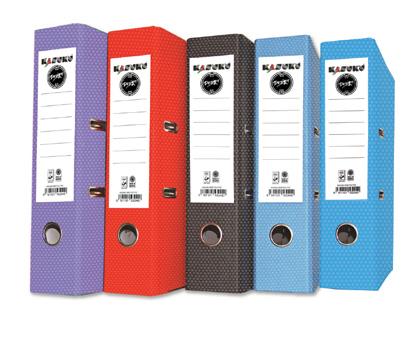


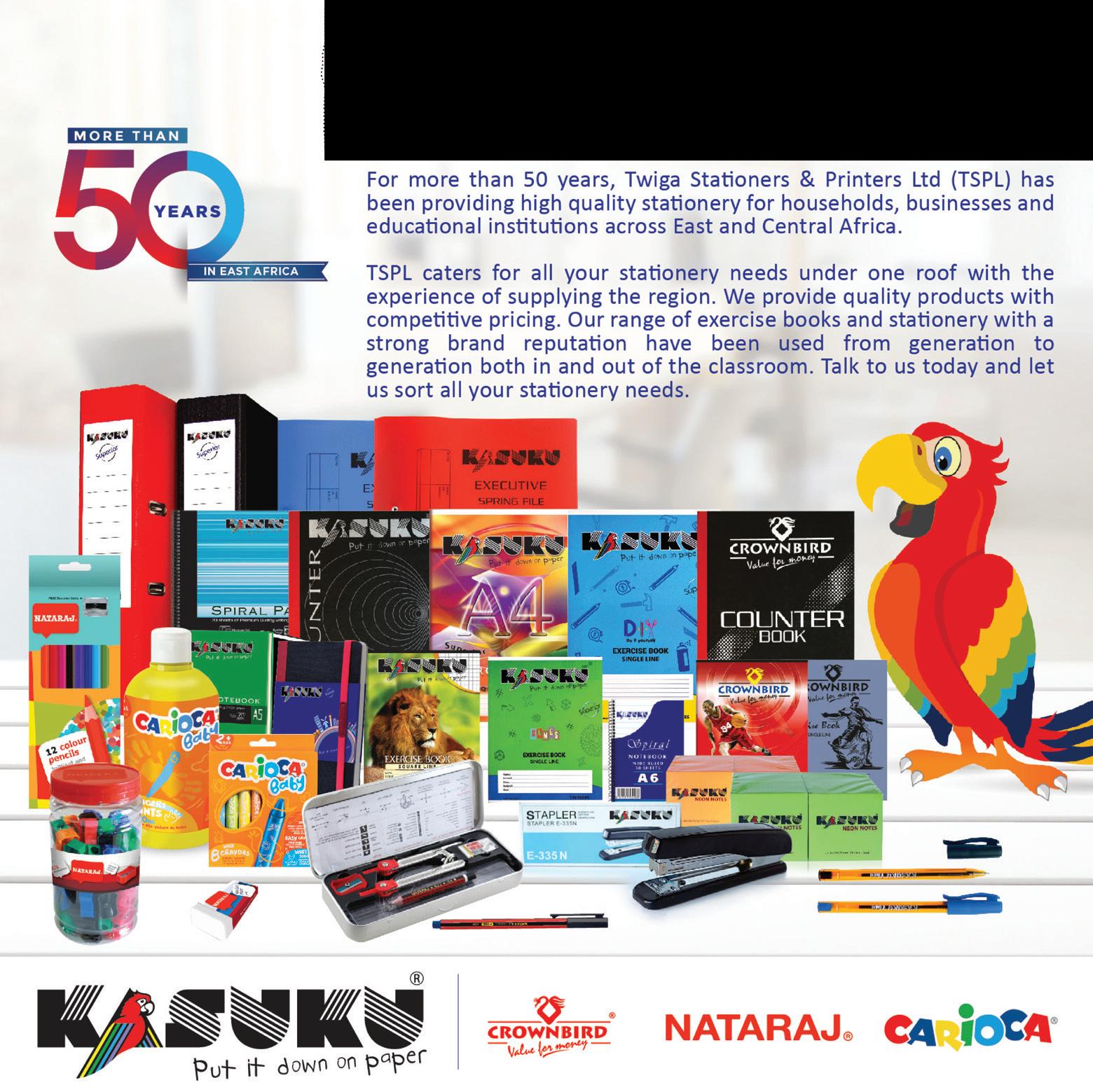

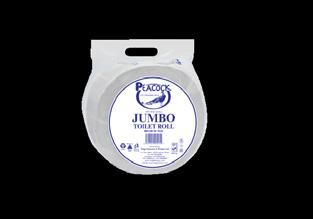






Every purchase and every sip matters with Kericho Gold Conservation Range. Why? Because with every purchase, a percentage of sales is donated to Kenya Wildlife Trust, supporting their efforts in protecting endangered wildlife. Let's protect our ecosystem together. Let's #DrinkMore.





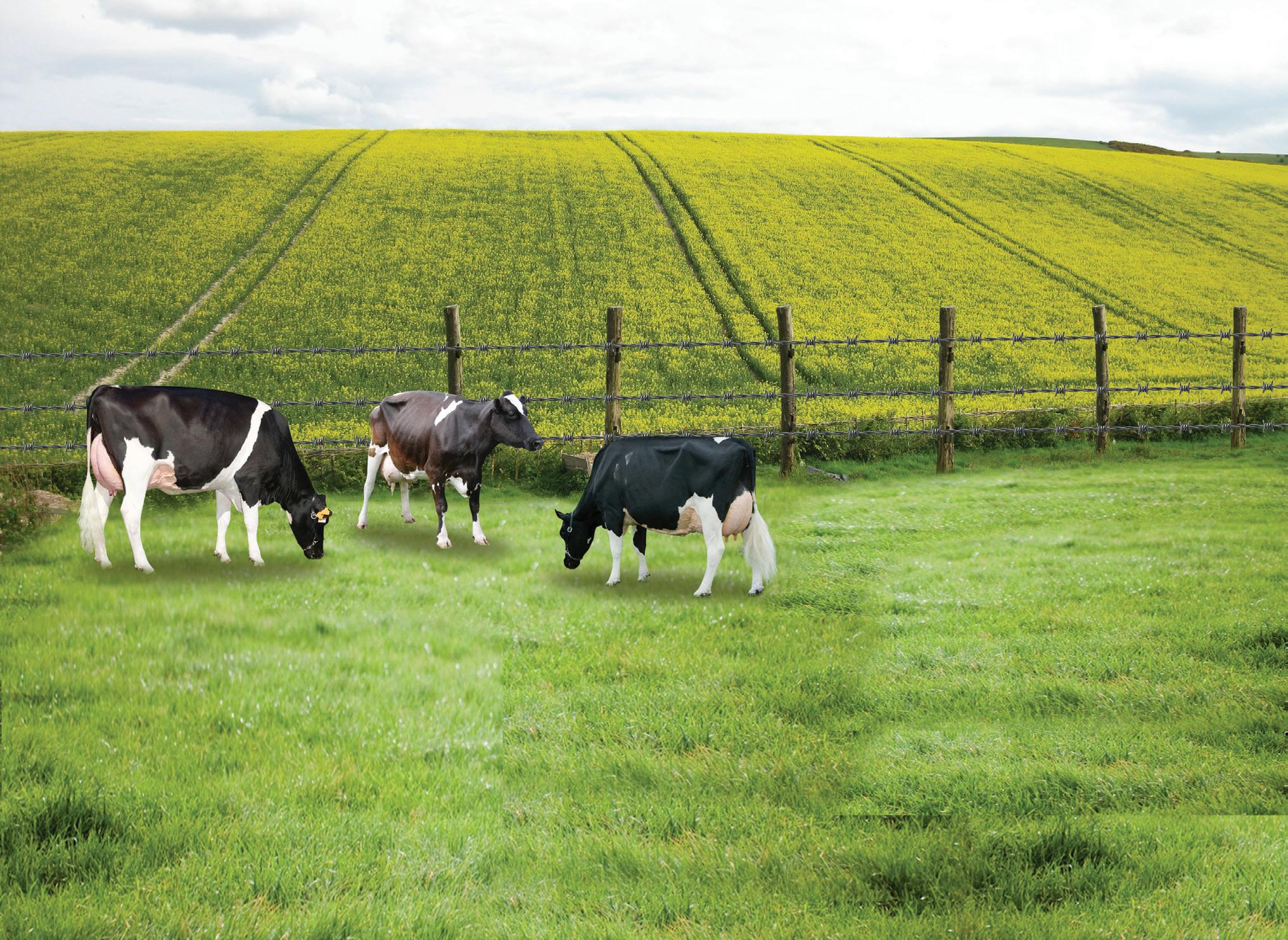





from both the public and private sectors. The Priority Agenda provides action items that will help address these challenges. Additionally, the Manufacturing 20by30 Vision that aims to increase manufacturing sector contribution to GDP to 20% by 2030 provides a roadmap to success, including what we need to implement as a country to transform the sector.
6. What was your perception when joining KAM and has the perception changed since?
In my 20 years of working, I have always dealt with different Business Member Organizations (BMOs). In most cases, I did the job myself because I thought they lacked the resources and expertise to provide specialized services. I thought KAM was in the same league. However, I was pleasantly surprised to find KAM with all professionals in-house.
KAM is a professional body with strong leadership, and a Board of Directors with well-established structures. As a BMO, every member is treated equally and no one member interests supersede other members’ interests. Decision-making is also structured and transparent, which is crucial for an organization with diverse members.
7. What would you describe as your leadership style and has it worked? Any areas for improvement?
From my experience, technical expertise plays a critical role in one’s career journey. As I was joining KAM, I expected to use my technical expertise whilst engaging the different stakeholders. But I learnt rather fast that being a CEO requires one to steer the organization forward by relying on the team

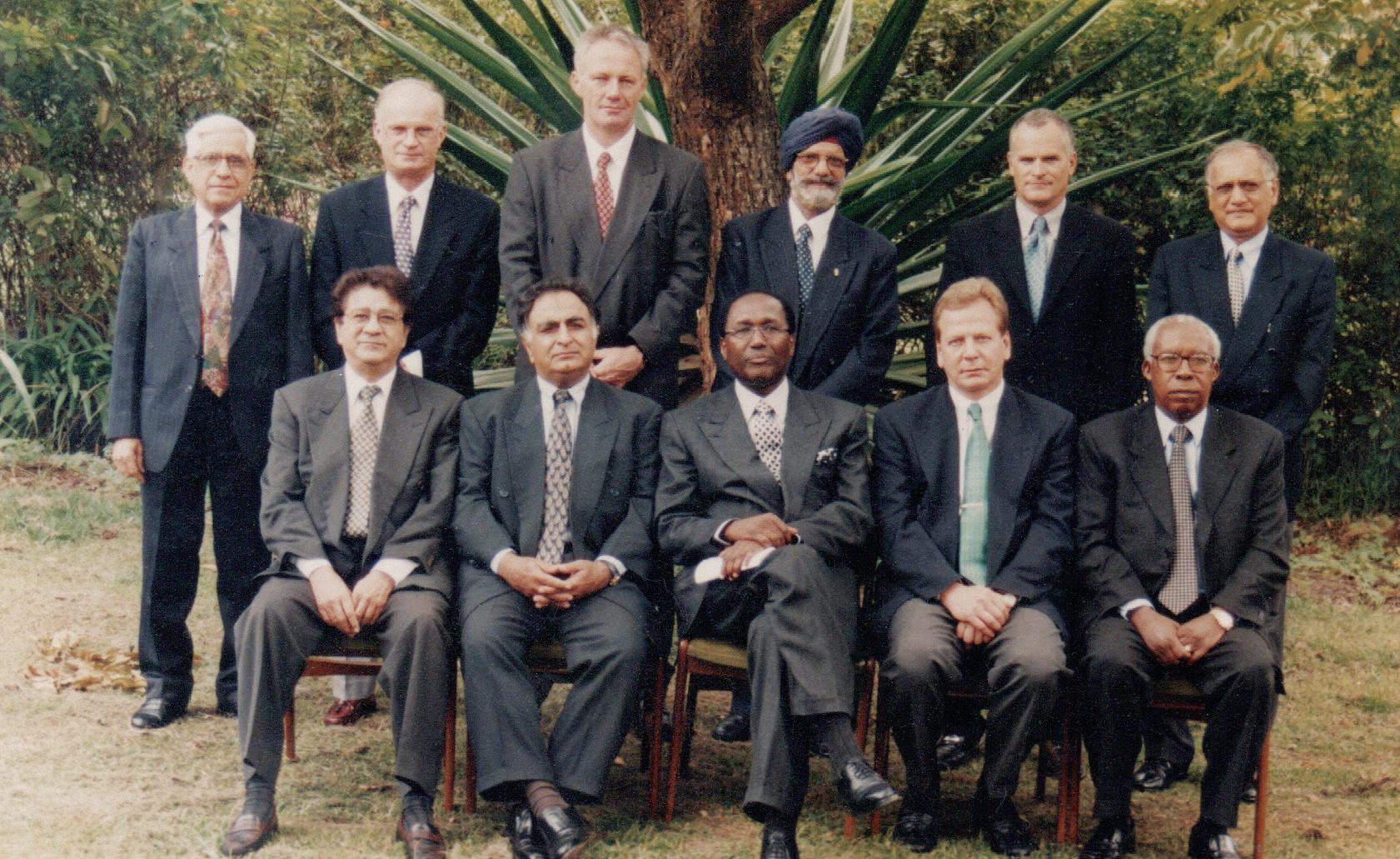




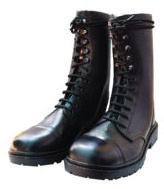
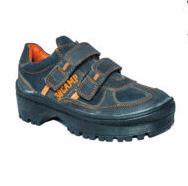



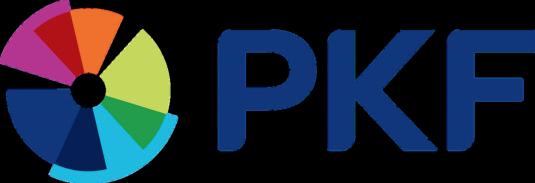
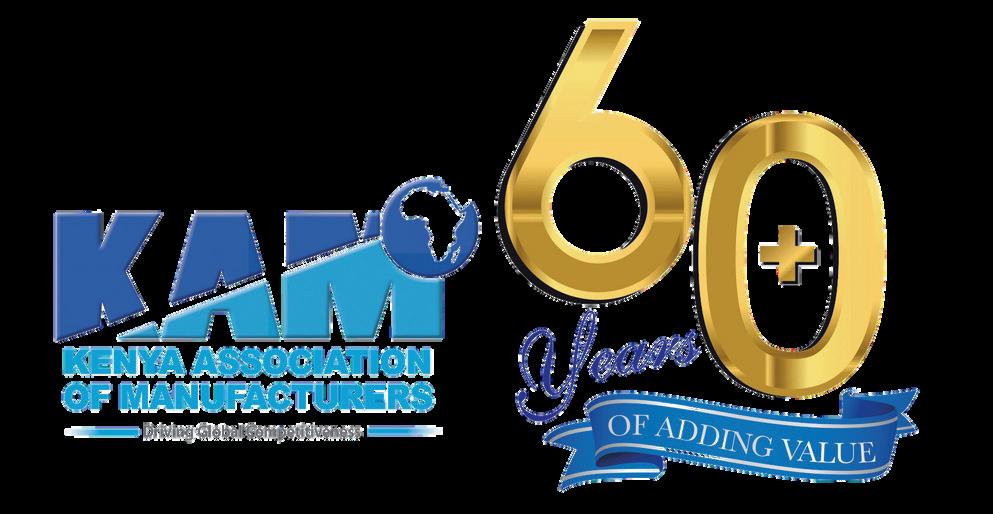



of experts within the organization.
This required changing my leadership style by focusing on how to build the capacity of the team I am responsible for to get the best outcome for KAM and its members. This has made me more focused on understanding the team, how they work best and providing them with the resources they need to achieve our targets, as an organization.
Being my first role as a CEO, the learning is rather steep and is not without many mistakes; it is learning through doing. I am learning to let go of control and letting the team have autonomy. I am also letting go of the desire to speak first whilst learning that passion and good intentions are good but not sufficient. I have also learnt to listen more in what I call, “tuning in more than broadcasting”.
8. What would you want to achieve for KAM at a personal level?
At 65 years of age, KAM is a mature organization, working to strengthen its thought leadership aspirations in Kenya’s industrialization. The first thing we have done is to change KAM’s organizational purpose, which is now
Creating prosperity and sustainability for Kenya through Industrialization.
The focus is to align all the staff and members for this purpose, which is greater than our individual goals as members or staff.
The goal is to create impact for Kenya through industrialization. By so doing, KAM will be the trailblazer and thought leader in the economic transformation for Kenya and Africa. We believe we will entrench our relevance and influence on matters sustainable industrialization in Kenya and Africa.
9. Where do you see KAM in the next 30 years? What change would you like to see?
This is quite thought provoking. While it might be difficult to predict where the Association shall be in the next 30 years, I remain hopeful that the manufacturing sector will be driving Kenya’s socio-economic development, by creating productive jobs for the nation whilst providing goods for the local and global markets.
As KAM, we have an ambitious plan to grow the manufacturing sector contribution to GDP to 20% by 2030 with the goal to triple the formal jobs in the sector to nearly 1 million as well as the sector’s remittance to government, in form of taxes to nearly 60%. I am hopeful that in 10 years, we will have realized this goal, and we will be working on ways to sustain it.
Further, in the wake of technological advancements, I hope that KAM will have leveraged data science, machine learning, and artificial intelligence in its advocacy journey. By doing so, we will have revolutionized policy advocacy in the country, by analyzing vast amounts of data, breaking it down into meaningful insights, and making informed decisions for the benefit of our country. This will enable KAM to offer a competitive edge in policy advocacy.

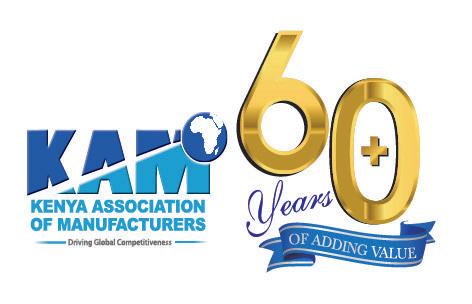
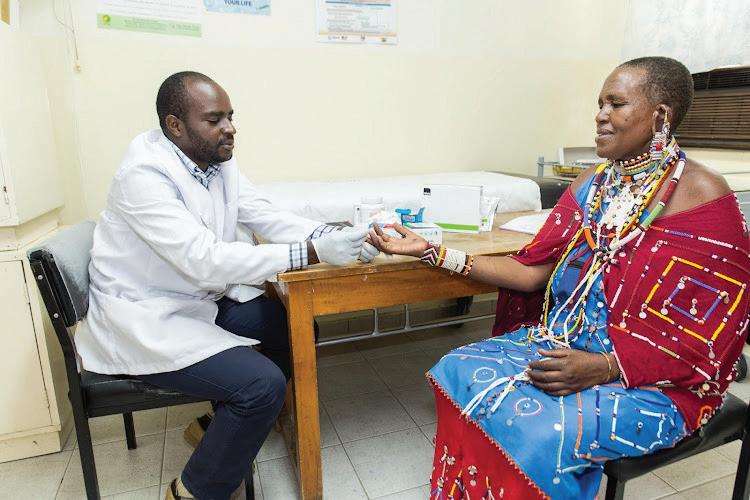
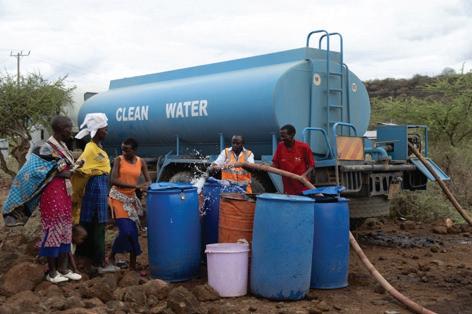
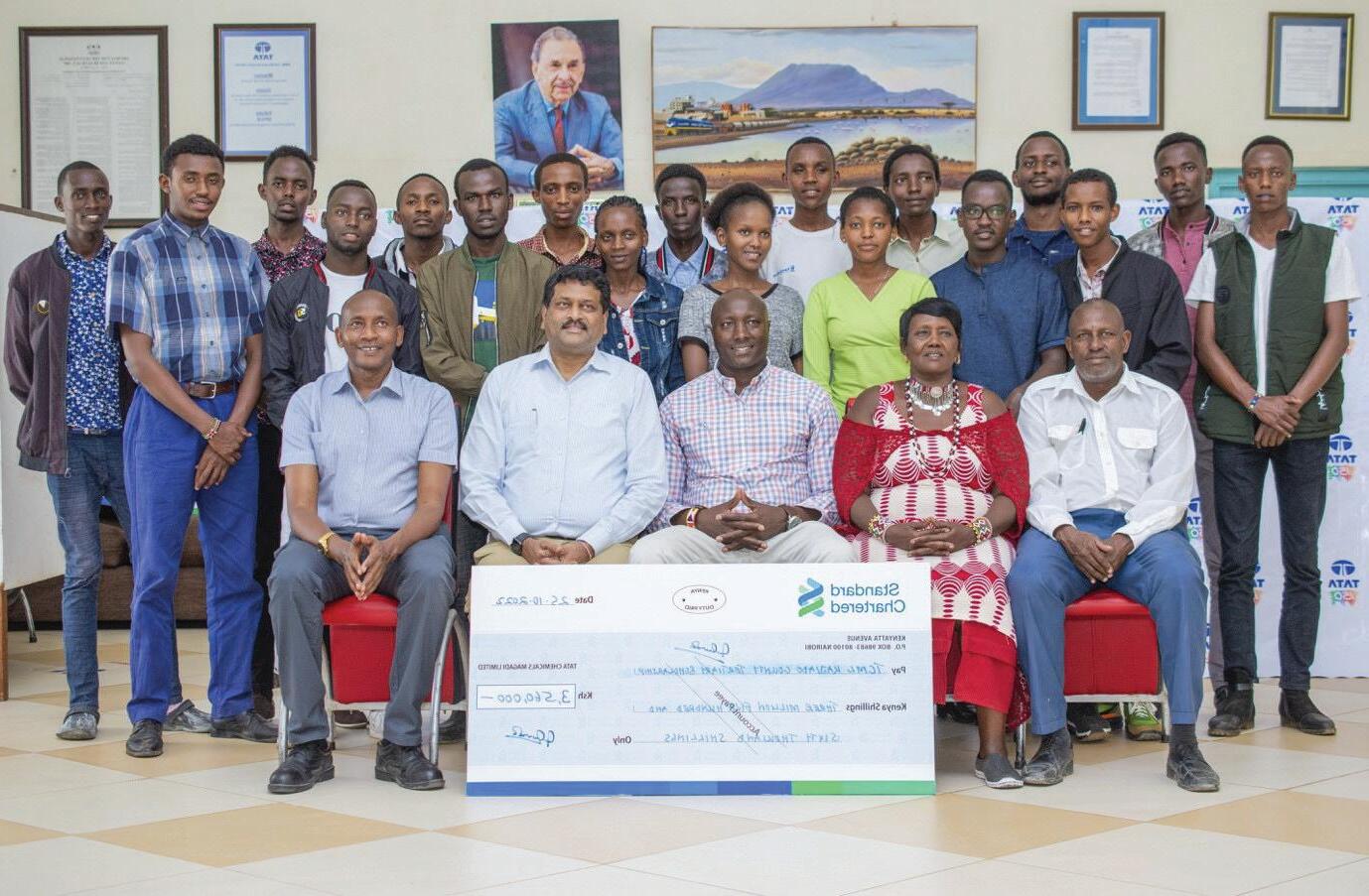

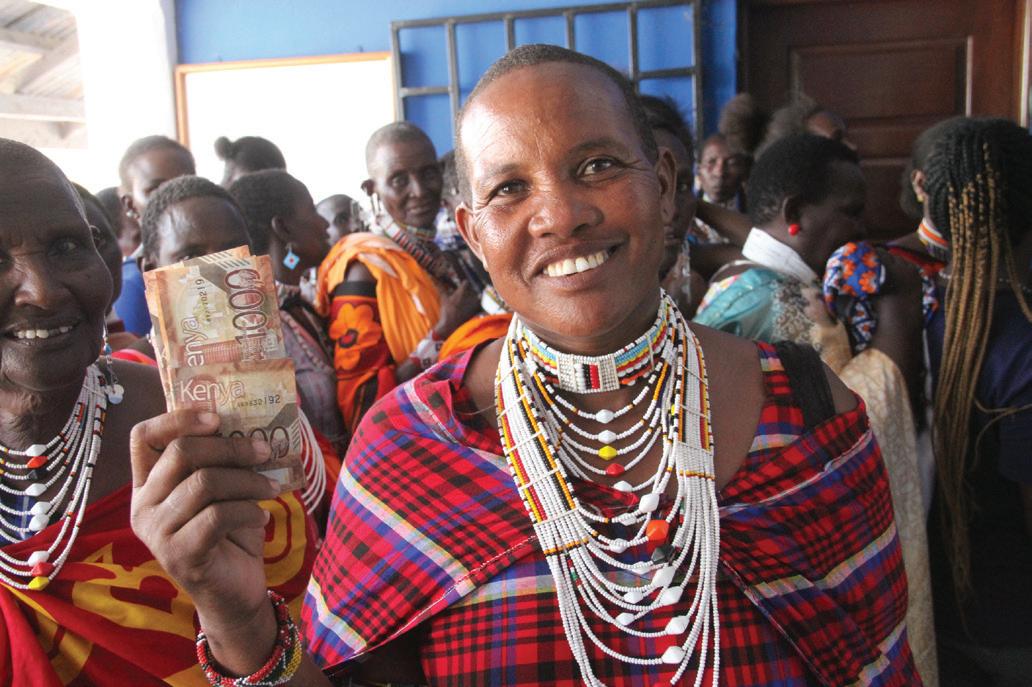


By Rajan Shah
At a given time, in the records of history, Kenya and Malaysia stood as equals, both navigating the labyrinth of development with hopes of a brighter future. Fast forward to the present, Malaysia has risen to the level of first-world prosperity, leaving Kenya to ponder what could have been. But amidst the echoes of missed opportunities, a beacon of hope emerges: the transformative power of industrialization. But increased to 7.6% in 2023.
Kenya’s industrial sector develops like a canvas, with each brushstroke exposing a series of highs and lows. According to data released by the Kenya National Bureau of Standards (KNBS), the sector’s Gross Domestic Product (GDP) contribution fell from 9.3% in 2016 to 7.2% in 2021.
In the face of this sobering truth, Kenya stands at a crossroads, urged to craft a new narrative and chart a course towards tangible progress. History whispers tales of how industrialization catalysed the ascent of nations like the United States, the United Kingdom, Germany, and the newly industrialized countries of Southeast Asia, notably South Korea, painting a picture of high, rapid, and sustained growth intricately woven with manufacturing prowess. Kenya, with its fast-growing youth population and untapped potential, stands on the verge of a similar scenario, poised for transformation through industrialization.
Over 800,000 young Kenyans enter the labour force each year, seeking opportunities that traditional sectors like agriculture and informal services struggle to provide. However, manufacturing holds the promise of not just jobs, but meaningful livelihoods capable of uplifting communities and driving economic prosperity. This reality highlights the urgent need for Kenya to embrace industrialization as a pathway to unlock its full economic potential and secure a brighter future for its citizens.
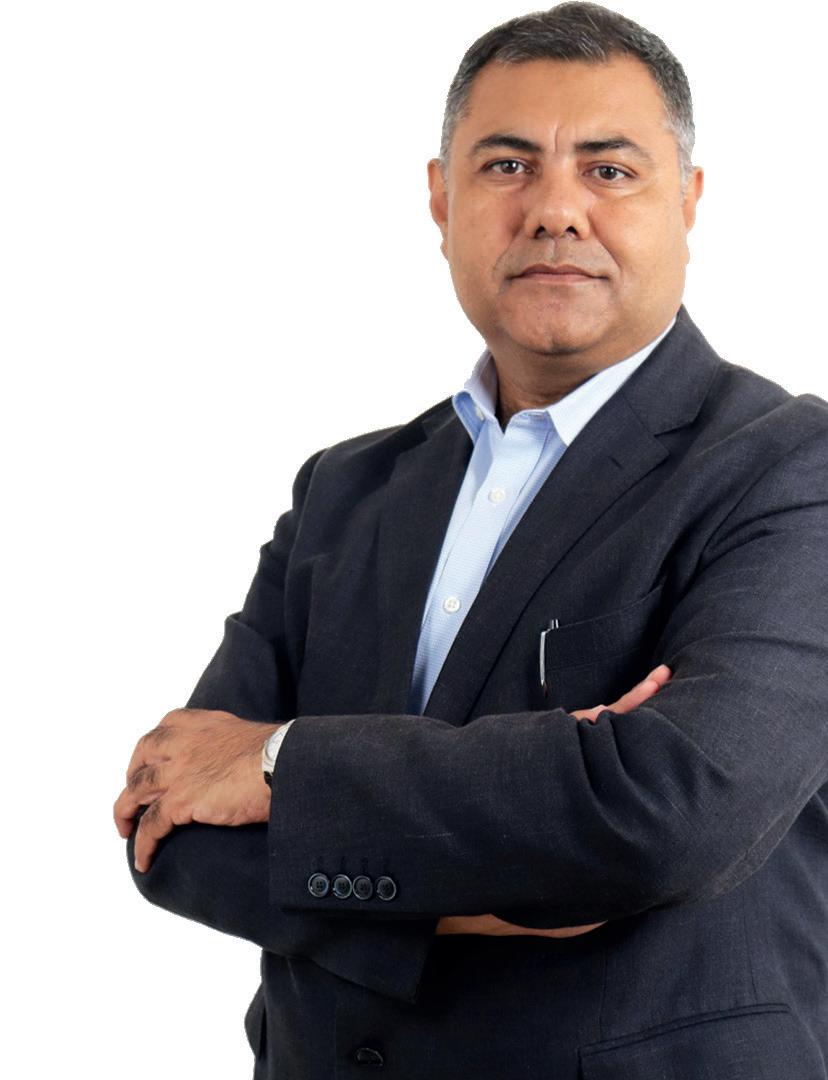
Kenya Association of Manufacturers (KAM) recently unveiled its Manufacturing Priority Agenda (MPA) 2024. This report serves as a roadmap, for elevating Kenya’s manufacturing sector to new heights, promoting economic prosperity and sustainable development through industrialization and value addition. This year’s MPA theme, ‘Steering economic growth through the manufacturing sector for common good’, is more than just a phrase; it represents a collective call to action. At the core of the MPA are four pillars, each a cornerstone in Kenya’s pursuit of industrial excellence. These four pillars include Global Competitiveness, Export-led Growth, SME Development and Agriculture for Industry (A4I).
Kenya’s scaling in the global arena is reflected in its climb from position 115 to 108 in the UNIDO’s Competitiveness Industrial Performance (CIP) Index. However, there is still ground to cover, especially when compared to regional powerhouses like South Africa and Egypt. KAM’s agenda is clear: create a predictable and competitive tax regime, streamline regulations, reduce the cost of electricity, and slash transport and logistics costs to bolster Kenya’s competitive edge.
Export-led industrialization emerges as an integral part of Kenya’s economic strategy, with the MPA aiming to unlock new markets and optimize trade opportunities within regional blocs. From enhancing domestic market access to optimizing

market opportunities within the East African Community (EAC) and African Continental Free Trade Agreement (AfCFTA), the agenda is clear: diversify and optimize international market access to unleash Kenya’s export potential.
SMEs are the lifeblood of Kenya’s economy, embodying the spirit of innovation and entrepreneurship. The MPA recognizes the importance of nurturing SME growth and resilience, aiming to create an ecosystem where these enterprises can thrive and flourish. From enhancing market access to ensuring access to finance, the agenda seeks to level the playing field for SMEs, unlocking their full potential as drivers of economic growth.
Agriculture lies at the heart of Kenya’s economic landscape, offering a pathway towards prosperity and growth. Through A4I initiative, KAM aims at harnessing the potential of agro-industrial value chains. By promoting value addition and modernization, the agenda seeks to create a vibrant ecosystem where agriculture serves as a catalyst for economic transformation. The A4I initiative has a potential of creating a tide that will lift all boats.
The achievements of MPA 2023 demonstrate the value of strategic planning and collaborative efforts to create a favourable environment for Kenya’s manufacturing sector. Through initiatives such as the reintroduction of the County Governments (Revenue Raising Process) Bill 2023 and the County Licensing (Uniform Procedures) Bill 2023, duplicity and multiplicity of taxes will be addressed, streamlining the regulatory landscape for manufacturers. Additionally,
advancements in regulations like Net Metering and open access, signal progress towards reducing the cost of energy, thereby promoting sustainability and affordability in the manufacturing process. Moreover, the implementation of the Intellectual Property Rights (IPRs) Recordation Program underscores Kenya’s commitment to combating counterfeits and protecting intellectual property, crucial for fostering innovation and safeguarding manufacturers’ interests.
As KAM looks towards MPA 2024, it aims to build upon these achievements, striving to attract even more wins by further enhancing the regulatory environment, promoting innovation, and fostering market access opportunities to propel Kenya’s manufacturing sector towards greater heights of success.
As we look to the future, let us dare to imagine a Kenya where factories boom with activity and where innovation knows no bounds. The journey from the third world to the first may be long, but our true north remains “Creating prosperity for our nation through industrialisation.
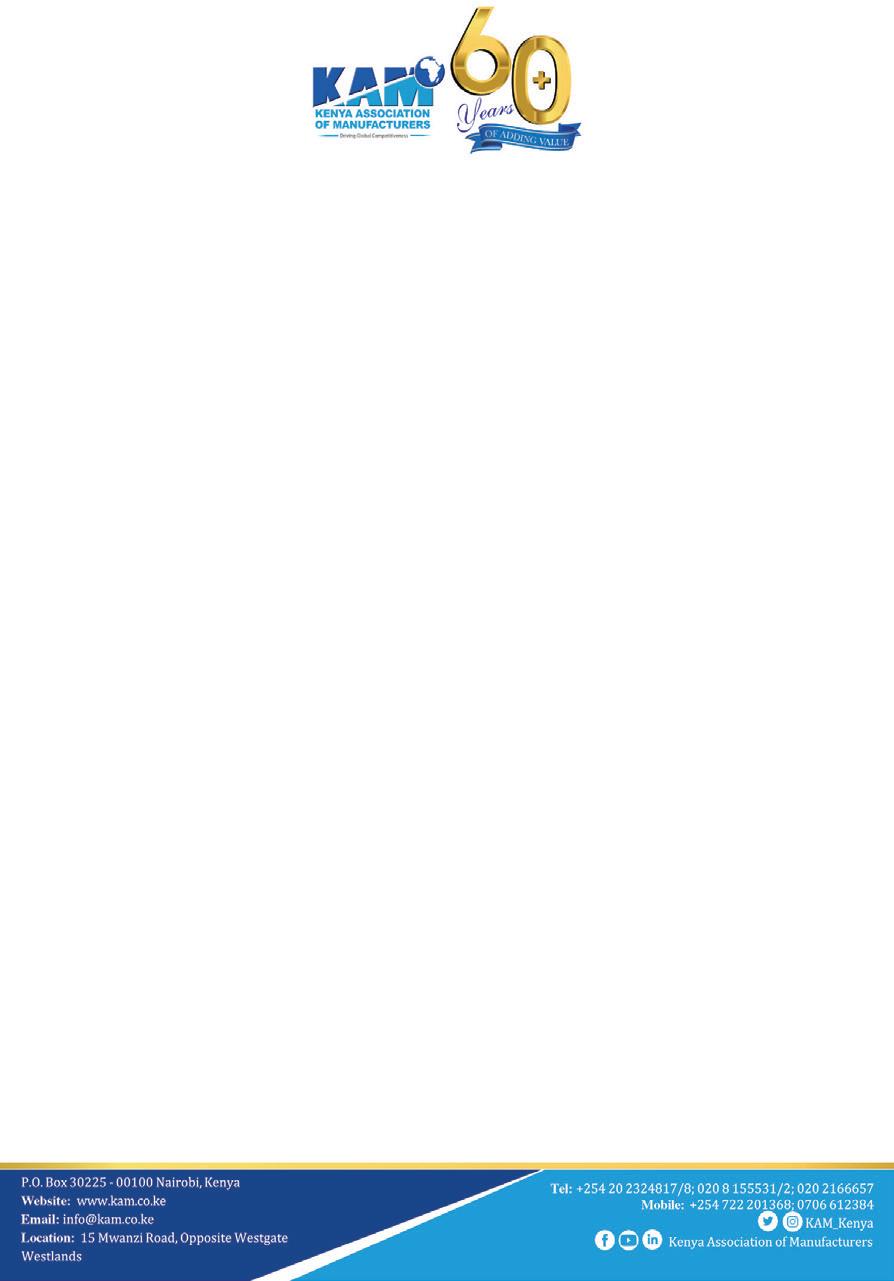


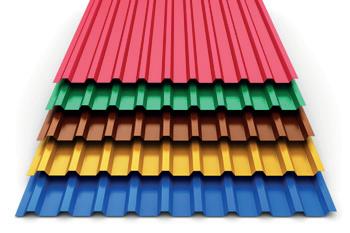
By Dr. Robi Mbugua Njoroge
The critical role of a strong Intellectual Property Rights (IPR) system in advancing Kenya’s industrialisation agenda cannot be overstated. Counterfeiting, or intellectual property theft, poses a significant threat to this progress. It not only affects fair trade, investment, and employment but also has far-reaching implications for innovation, the environment, and, crucially, the health and safety of consumers.
Globally, illicit trade, including counterfeiting, is a predominant menace, depriving the world economy of an estimated $2.2 trillion annually, equivalent to nearly three per cent of the global GDP. In Kenya, the Anti-Counterfeit Authority’s baseline survey in 2018 revealed illicit trade amounting to Ksh826 billion, a 14% increase from the previous year. This trend persisted in 2019, with illicit trade accounting for 13% of the country’s GDP, totaling Ksh800 billion.
Counterfeiting alone constitutes a significant portion of illicit trade, ranging between 9-10%, translating to an annual value of KES 90 billion to KES 100 billion. The repercussions extend to substantial losses in government revenue, with an estimated KES 129.72 billion in 2017 and KES 153.1 billion in 2018. This underscores the potential threat to key sectors like manufacturing, endangering the trajectory of industry-led trade development.
The impact reverberates through various channels, manifesting as sales losses, missed investment opportunities amounting to billions, and a loss of employment opportunities. To safeguard against these threats and ensure the growth of industries, a robust Intellectual Property protection system is imperative. This system gives inventors and IP owners the confidence that their ideas will be shielded, facilitating a secure environment for investment and ensuring a return on investment.
In our efforts to stop counterfeit trade, the Authority faces various challenges, including rapid technological advancement, lack of support by IP industry and uninformed consumers. Counterfeit markets continue to thrive partly because of inadequate awareness but majorly because of a reluctance to purchase the more expensive original goods. This is especially the case in instances where the dangers do not outweigh the perceived benefits of purchasing a counterfeit good. The problem can be seen across the income spectrum and is not unique to low-income earners as commonly assumed.
The growth of online trade has further complicated tracking the sale and distribution of counterfeit goods within the country. The use of such sites as Jumia, Olx and Masoko is growing, especially as internet access becomes more ubiquitous, and these sites expand their geographical coverage.
In the era of technological advancement, counterfeiters continue to work hard to remain ahead of government agencies and continue their trading activities. They are increasingly leveraging technology in various ways, including to replicate the marks of quality or to make not easily detectable changes to products’ chemical composition. This makes it difficult to distinguish counterfeits from original products, especially among consumers.
The other challenge is inadequate collaboration by all stakeholders in government and the private sector in the fight against illicit trade. For instance, lack of support by global intellectual property rights owners who do not find it economical to support our investigations due to the low quantities of counterfeit goods seized.
The challenges are however addressed through a multifaceted approach, encompassing research, enforcement of the Anti-Counterfeit Act 2008, public awareness and training, aligning efforts with regional laws through the East African Community Customs Management Act of 2004 among other measures.

Enforcement efforts include inspections, investigations, seizures, arrests, prosecutions, and the destruction of counterfeit goods, amounting to over KES 4.5 billion in confiscated goods over the last decade. To amplify public awareness, the Authority conducts diverse programs, such as open forums, road shows, media campaigns, and exhibitions, targeting consumer behaviour and attitudes.
In the realm of collaboration, the Authority maintains strong alliances with domestic and international entities, including the Kenya Association of Manufacturers, Kenya Private Sector Alliance, Consumer protection groups, the East African Shippers Council, the East African Business Community, and international organisations like Interpol, the European Union, and the International Trademark Organization.
The Authority is actively involved in capacity building for law enforcement agencies and stakeholders, spanning rural areas and border points. An Intellectual Property Rights (IPR) Recordation program is a proactive compliance and enforcement measure, analysing and targeting imported counterfeit goods.
Additionally, the Authority organises an annual International Symposium on Intellectual Property Protection and Enforcement, conducts sector-specific research, and focuses on the Bottom-Up Economic Transformation Agenda (BETA) key pillars sectors such as agriculture, healthcare, housing, and micro, small, and medium enterprises.
As Kenya Association of Manufacturers commemorate their 65th Anniversary, the Authority reassures manufacturers that the country has comprehensive laws and regulations to safeguard their intellectual property rights, fostering an environment conducive to sustainable industrial growth.
The writer is Executive Director of the Anti-Counterfeit Authority






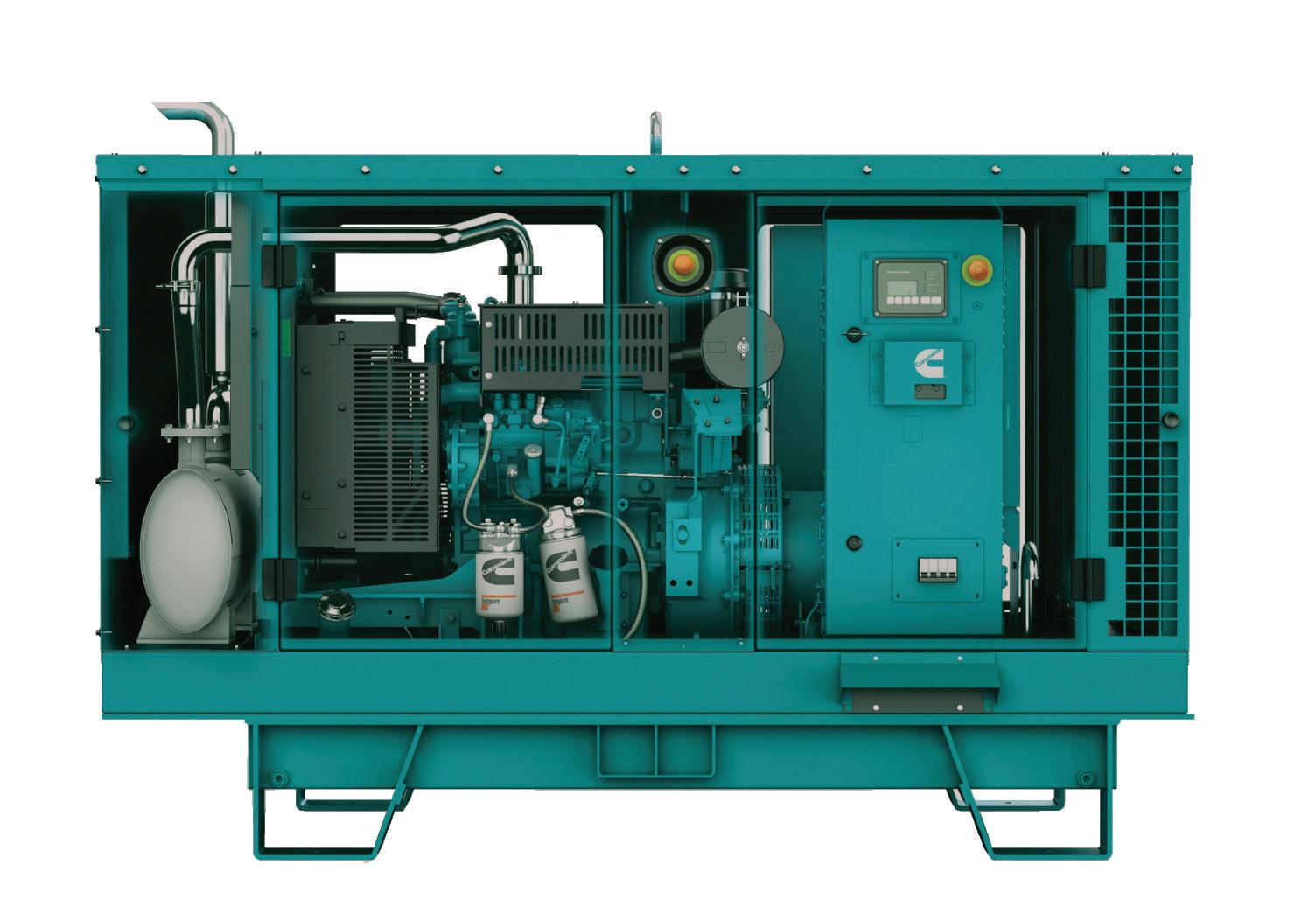

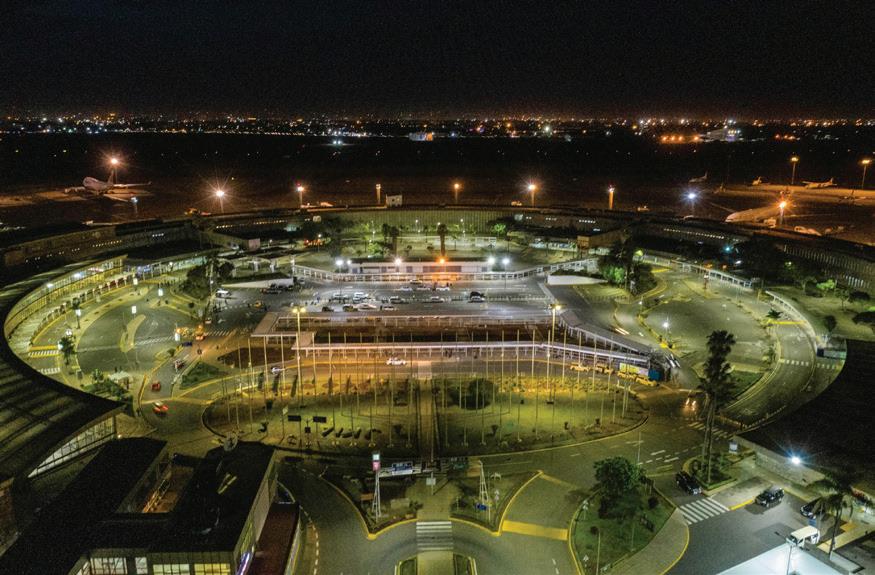


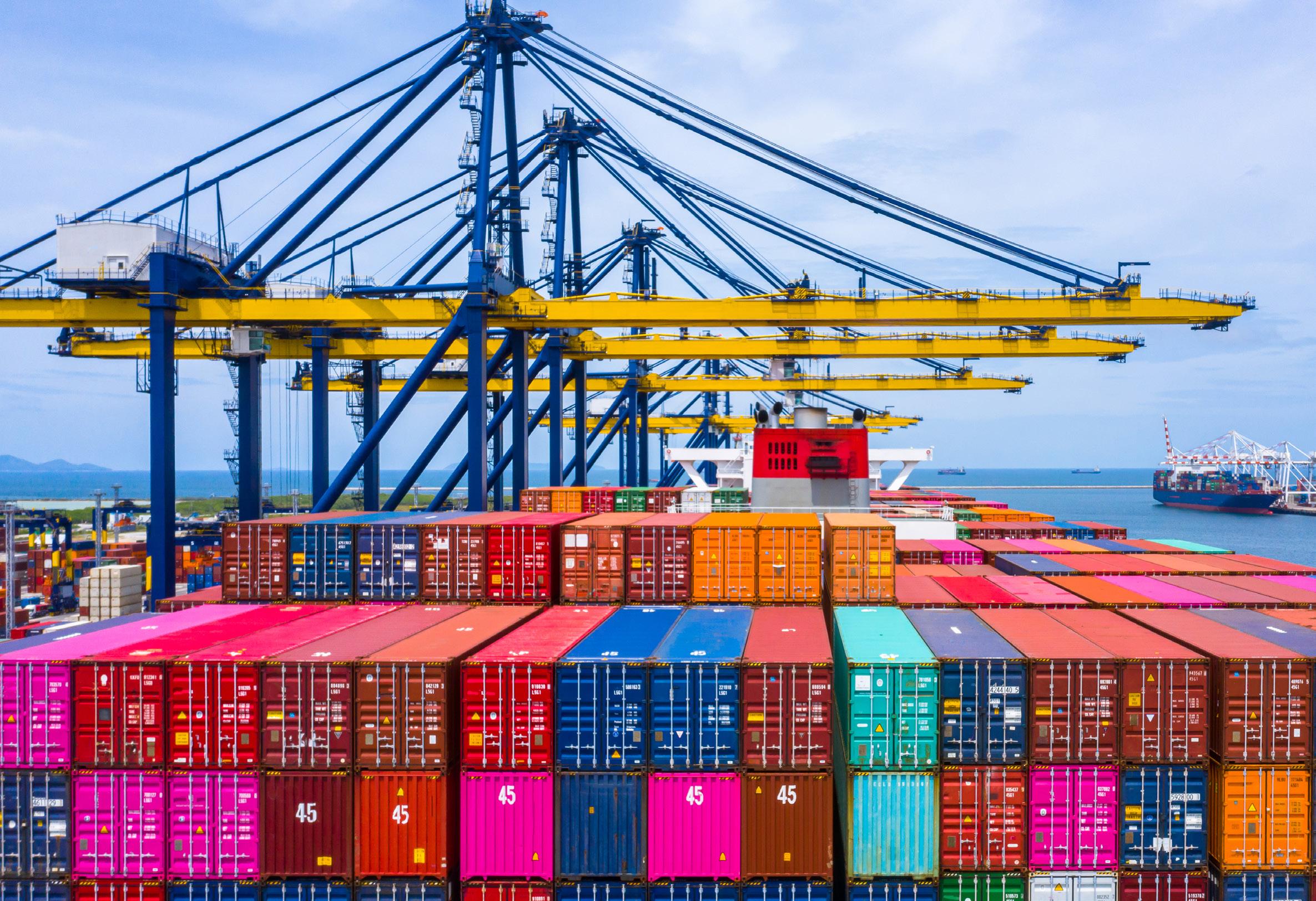

ABy CPA Nahashon Mathenge
n advance ruling is a written decision on the customs treatment of goods issued by the Kenya Revenue Authority (KRA) Customs and Border Control Department to an applicant prior to importation. It is critical to understand that this determination is binding on the Customs and Border Control Department and the applicant for use in relation to the items and conditions under which it is issued. This ruling typically addresses tariff classification, determining the origin of the products, and valuation methods.
This ruling is not permanent or even binding on the Authority; hence, it can be repealed if the controlling act is altered. The KRA is deeply concerned about the criteria described in the
ruling application, particularly when the ruling is based on falsification or inadequate paperwork or information. When this occurs, the KRA will proceed to rescind the ruling and collect the taxes and penalties imposed. This is why we emphasize the need of validating all required documents and information to avoid nullification or the legal consequences that come with it.
If the taxpayer is dissatisfied with the advance ruling issued by the Customs and Border Control Department, he or she may file an appeal with the Commissioner of Customs within thirty (30) days of the ruling’s date. If the commissioner upholds his decision, the taxpayer may file an appeal with the Tax
Appeal Tribunal within forty-five days. In recent case rulings, the definition of manufacturing has been clarified for the purpose of determining tariff classification; hence, in summary, the term “manufacturing” is used in various East African Community (EAC) Common External Tariff (CET) headings and subheadings. Neither the EAC CET nor the East Africa Community Customs Management Act (EAC CMA) describes it. This has been a source of contention between importers and KRA, as an importer may declare an import as a raw material or intermediate good while the Authority believes it is a finished good, resulting in disputes over the amount of duties payable on the imports. In the absence of clarity on the subject, the Court’s ruling provides much-needed help in interpreting tax legislation, notably for customs purposes. The recent tax ruling held that definitions in one tax statute qualified or should be strictly applied in the interpretation of that statute for the purpose of determining finished products and raw materials intended for manufacturing purposes as a specific guide in determining the tariff classification of the intended imports.
To summarize, the term “tariff categorization of products” is defined in Article 57 of the Union Customs Code. It entails determining the subheadings or additional subdivisions of the Combined Nomenclature (CN) into which the items will be classified. Tariffs can be further divided into three categories: transit duties, export duties, and import duties. Customs categorization is the process of determining the correct code for a goods. Goods are classified according to classification criteria into the Harmonized Tariff System (HTS) or Combined Nomenclature. This is a classification system that the World Customs Organization (WCO) uses. This is an important part of the importation procedure for items for manufacturing and personal use; thus, you must ensure that you get specifications of the intended products from the providers. The Customs Department will utilize these documents to issue an advance tariff ruling.
Once issued by a designated body (KRA), this ruling will play an important role in determining how your company will classify items for the purpose of paying import tariffs and other taxes. Furthermore, when a specific product changes the form of the initial specification, the manufacturer or taxpayer must notify KRA of the change so that a revised advance ruling can be issued; with key objective of ensuring that, you do not underpay or overpay import taxes.
The great majority of global trade, including Kenya, employs the Harmonized System (HS) to ensure consistent classification of commodities. The WCO created it, and it encompasses approximately 5,000 commodity groupings, each with its own six-digit code. HS codes consist of four components.
The first two digits indicate the chapter of the HS that covers the product. This indicates the industry to which the product belongs, such as textiles or animal products. There are 98 chapters in 21 sections.
The following two pertain to the HS heading. The next two numbers include the HS sub-heading, and the final two to four digits are country- or economy-specific.
It is vital to remember that the first six numbers are constant, while the remaining two to four may vary. This can pose problems if suppliers from different regions of the world use different codes, thus it is critical for businesses to have processes in place that maintain consistency.
The interpretation of the chapter heading note clearly indicates the product classification; this will also guide the appropriate taxes. As a result, it is critical to always refer to the explanation notes included under the chapter heading notes.
It is also important to note that the Post-Clearance Audit (PCA) procedure involves a structured review of pertinent commercial data, sales contracts, financial and non-financial documents, physical stock, and other trader assets after Customs has released the cargo. The goal is to measure and enhance traders’ compliance. We recently noticed that numerous manufacturers have launched the PCA. One of the triggers is that you have received a ruling, and the Customs Department wants to ensure that you are following it.
Sections 235 and 236 of the EAC CMA give the Commissioner of Customs the authority to request the production and inspection of any customs-related, commercial, and any other papers relating to imported goods within a period of five years. In recent months, the KRA Customs PCA team has been aggressive in performing customs post clearance audits on import and export procedures for various importers and exporters. As a result, importers and exporters must comply with this requirement and have essential import and export documentation readily available for validation by the PCA team. Once the KRA fieldwork is done, a report of findings is often released to the taxpayer for feedback prior to the release of a formal assessment. This is one of the most important steps in settling disputes with KRA, since many issues can be resolved without the necessity for arbitration.
The cost of noncompliance is very expensive, therefore make sure you consultant tax experts and enhance your internal compliance systems in regards to tax related transactions.
The writer is Associate Director – Tax, PKF Taxation Services Limited
The private sector remains a key pillar to Kenya’s overall development agenda and central to attainment of Kenya’s Vision 2030. Since the adoption of Vision 2030 in 2008, the country has worked diligently to increase its development approaches and create more space for the private sector to drive key economic sectors. It is against this backdrop that Equity Group launched its Africa Recovery and Resilience Plan (ARRP) aimed at diversifying the manufacturing sector and make Kenya the manufacturing gateway into East and Central Africa.
The ARRP is anchored on primary sectors of Manufacturing & Logistics, Agriculture, Trade & Investment, and support for MSMEs among others while leveraging on technology. Equity has progressively worked to empower MSMEs to take the lead in expanding opportunities through strategic expansion and sustainable development.
Manufacturing is deeply embedded in Kenya’s development agenda. It has been earmarked as the most viable pathway to sustainable economic development, as well as national and individual wealth creation.
The ARRP is also aimed at creating markets across the continent for manufacturing firms and creating employment opportunities for young people across the region. Equity is providing blended financing of short-term overdrafts, mediumterm loans, and credit facilities for long-term project financing across various economic and developmental touchpoints. This is aimed at opening avenues for manufacturing firms to drive value chain expansion and diversification.
For a long time now, experts have continually called for economic decentralization as a necessity for sustainable recovery of the global supply chain and marketplace resurgence. This was occasioned by the Covid-19 pandemic and subsequent aftershocks, which nearly crippled the manufacturing sector through widespread labor disruptions. The ARRP is tailored to ease marketplace resurgence.
Since the start of the implementation of the Plan, onboarded manufacturing firms have seen a significant increase in income through diversified capacitation supported by the Group. Firms have also been able to create more jobs and increase
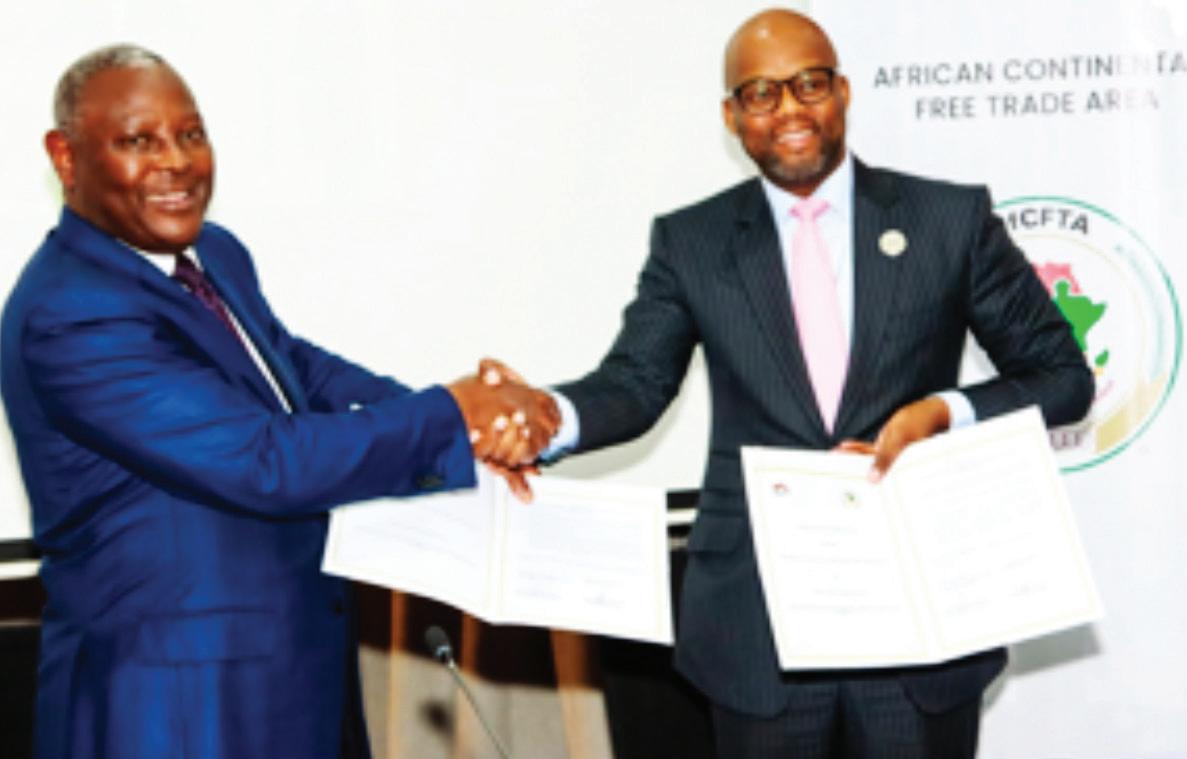
Dr. James Mwangi, Equity Group Managing Director and CEO (left) and H.E Wamkele Mene, African Continental Free Trade Area (AfCFTA) Secretary General (right) display signed partnership agreements during the official launch of a partnership between the AfCFTA Secretariat and Equity at the margins of the 41st Ordinary Session of the Executive Council of the African Union.
the level of impact they have on host communities through value addition to their line of work.
Under the ARRP, Equity will direct 15% of its loan book towards manufacturing to fully leverage off the continent’s rich natural endowments and anchor expansion of productive capacities of the manufacturing sector. The long-term objective is to link Kenya’s manufacturing sector to the pan African productive capacities and drive demand complementarities across regional blocs.
In its quest to unlock the manufacturing sector and expose it to regional trading blocs, the Group organizes annual Trade Missions and Investors Roadshows to various markets across the world, with the recent one being the DRC Investors Roadshow. Other previous trade missions facilitated by the Group include but not limited to the Kenya-DRC, US-Tanzania, Belgium-DRC-Rwanda, Singapore-Kenya, India-Kenya, South Africa-Kenya and US-Tanzania-Kenya in 2021, 2022, and 2023 respectively.
The manufacturing sector development is a key pillar and central to limiting the challenges of unemployment plaguing the East African region and the continent at large. Empowering it and integrating the sector with modern technological innovations will be crucial for long-term job creation and capital creation for firms and individuals locally and in the region.
Find more information on the Africa Recovery and Resilience Plan (ARRP) visit this link: https://equitygroupholdings. com/wp-content/uploads/2022/05/Africa-Recoveryand-Resilience-Plan-Equity-Group-Social-and-EconomicTransformation-Plan.pdf
Stronger shilling, favourable weather conditions and rising consumer purchasing power - all portend well for manufacturers in 2024, according to a latest reports.
By Industry Today Correspondent
Industry leaders are projecting higher growth prospects for their businesses and the economy for the rest of 2024 due to the strengthening of the shilling against major global currencies, favourable weather conditions and easing inflation.
A new Central Bank of Kenya survey shows higher prospects among local manufacturers in the coming months of the year, largely driven by good performance in the agriculture sector, expected to support manufacturing through the agro-processing linkages.
“The stronger optimism for Kenya’s growth prospects was on account of strengthening of the Kenyan shilling, good weather conditions and easing inflation,” said manufacturers in the Survey.
“Firms expect increased demand to be met through utilization of existing idle capacity and continued leveraging on technology.”
The Kenyan shilling has recently strengthened to a year-high against the US dollar, currently standing at an average of 130 compared to over 160 in January. This is good news for Kenya’s economy, with further prospects in strengthening of the shilling to the 120-mark expected to lower the cost of imports such as oil.
Inflation has also eased, reaching a low of 5.7% in March, thanks to favourable weather conditions that have supported agricultural activities.
The country’s commercial banks regulator has projected a decline in prices of some basic food items in April citing favourable weather conditions, continued price offers in various outlets, and government interventions, which are all expected to improve consumer purchasing power and boost economic activities in the country.
Prices of loose maize grain, green grams, and beans have been generally lower in the first quarter of 2024 compared to their respective levels in similar quarters in 2022 and 2023, the survey noted.
“This mainly reflects the continued impact of favourable weather, the recent appreciation of the Kenyan shilling in March 2024 compared to February 2024 and the substantial reduction in pump prices in March 2024,” it added.
Some of the items whose prices are expected to drop include vegetables, maize, beans, milk and bread. Maize flour was also projected to remain stable, similar to prices of sugar and cooking oil.
While a number of food items have seen their prices drop, consumer purchasing power has been on a decline and high input costs continue to constrain firms, especially in the first quarter.
“Business activity in the manufacturing sector remained subdued, largely due to the low consumer purchasing power and the increased cost of production, particularly cost of energy and credit,” said manufacturers in the survey.
According to the Stears Consumer Intelligence Report 2024, Kenya has been placed alongside South Africa, Botswana, Cabo Verde, Eswatini and Namibia as an advanced consumer market.
This new classification suggests that Kenya and the other four countries in this category have a large and diverse consumer class, with significant purchasing power and consumption patterns, similar to developed nations.
The report evaluates the consumer market potential in SubSaharan Africa and attributes Kenya’s debut into the advanced consumer market to the drop in inflation from 9.1 per cent in 2022 to 6.3 per cent in 2024, with the aid of favourable agricultural outputs and a stabilising currency.
The rising Purchasing Managers Index reflects a positive macroeconomic trend, indicating growth across key sectors such as tourism, manufacturing, and IT.
“Kenya’s consumer market is positioned for growth amid a complex and evolving economic backdrop. Businesses can find opportunities by aligning with changing consumer behaviours and leveraging digital innovations to meet the needs of Kenya’s diverse consumer segments,” the report says.

C O N T A C T U S :
C O N T A C T U S : www.kam.co.ke/energy-services/ Email us at ceecteam@kam.co.ke
Phone: +254 722 201368, 734 646005, +254 (20) 232 4817
Address: KAM House, 15 Mwanzi Rd opp. Westgate Mall, Westlands, Nairobi

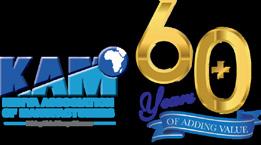

OUR SERVICES
Energy Audits
Specialized Energy Trainings
Water and wastewater Audits
Energy Management Awards (EMA)
Clean Energy Expo and Conferences
Kenya LOOP Forum (Circular Economy)
Energy Efficiency Exchange Visits
Energy Management Services
Power Advocacy and, Certification Courses: Certified Energy Manager (CEM)
Carbon Auditing Professional (CAP)
Certified Measurement and Verification Professional (CMVP)









Kenya’s prospects towards mass manufacturing of electric vehicles are growing as government launches a new national e-mobility policy.
By Industry Today Correspondent
Government is looking to build the local manufacturing capacity of electric vehicles (EVs) to match the slow but steady growth in uptake of clean cars - mostly imports, creating the potential for mass production in the future.
Currently there is little capacity for local manufacturing and assembly of EVs, mainly due to limited budgetary allocation for e-mobility incentives and low investments in this area.
As the demand for green vehicles continues to rise, the government through the newly launched National E-Mobility Draft Policy aims to establish local manufacturing and assembly of EVs, as well as an up-stream ecosystem for EV auto components.
The policy will guide the development of electric mobility in all transportation modes – road, rail, air and maritime, by providing a transition framework from the use of conventional internal combustion engine (ICE) vehicles.
Kipchumba Murkomen, Transport Cabinet Secretary
This is expected to create more job opportunities and grow manufacturing contribution to the economy.
“The shift to electric vehicles will significantly cut emissions of greenhouse gases while reducing the petroleum import bill and also promote local manufacturing and create green jobs,” said Murkomen
If this policy is passed, automakers and assemblers will need to meet Zero-Emission Vehicle (ZEV) sales targets and investment requirements to qualify for government incentives. The policy will also gradually establish clear requirements for local content, meaning that EVs should use locally sourced materials.
The plan is to provide fiscal and non-fiscal incentives to manufacturers and assemblers to cushion them from the high upfront costs associated with EVs compared to internal combustion engine (ICE) vehicles.
“Develop a special operating framework (SOF) which will provide special fiscal and non-fiscal incentives to attract establishment of
EV manufacturing plants in Kenya and for exportation of locally built EVs across the continent,” read the policy document.
Among the proposed tax incentives include Import Duty, Excise Duty and VAT exemptions for EV parts over a specified period of time and expediting access to green channels for EV parts importation.
“The policy will guide the development of electric mobility in all transportation modes – road, rail, air and maritime, by providing a transition framework from the use of conventional internal combustion engine (ICE) vehicles,” said Transport Cabinet Secretary, Kipchumba Murkomen.
The Energy and Petroleum Regulatory Authority’s six-month report, which ended in December 2023, indicates that 2,694 electric vehicles were registered over the period, bringing the total number of EVs in the country to 3,753.
This increase in EV registrations has been attributed to a reduction in excise duty on EVs from 20% to 10%, as well as an exemption of fully electric cars from value-added tax.
Currently, EVs in Kenya account for 1.62% of all registered vehicles on Kenyan roads. The Kenya National Energy Efficiency and Conservation Strategy aims to grow electric car registrations to 5% by 2025.
To encourage the readiness of electrical distribution systems to adopt EV charging infrastructure, EPRA launched the Electric Vehicle Charging and Battery Swapping Infrastructure Guidelines in September 2023.
The government aims to construct 1,000 EV charging stations by 2027, with 700 in urban areas and 300 along highways.
The Ministry of Transport has also started issuing green-coloured number plates to raise awareness about EVs among the general public and encourage more people to consider switching to e-mobility.
Although on a smaller scale, Kenya has been attracting prominent EV manufacturers such as BasiGo, whose electric buses serve Nairobi residents as commuter vehicles.
Another manufacturer, ROAM Motors is also planning to introduce electric buses for Nairobi’s Bus Rapid Transit (BRT) system but is currently offering electric motorbikes nationwide.
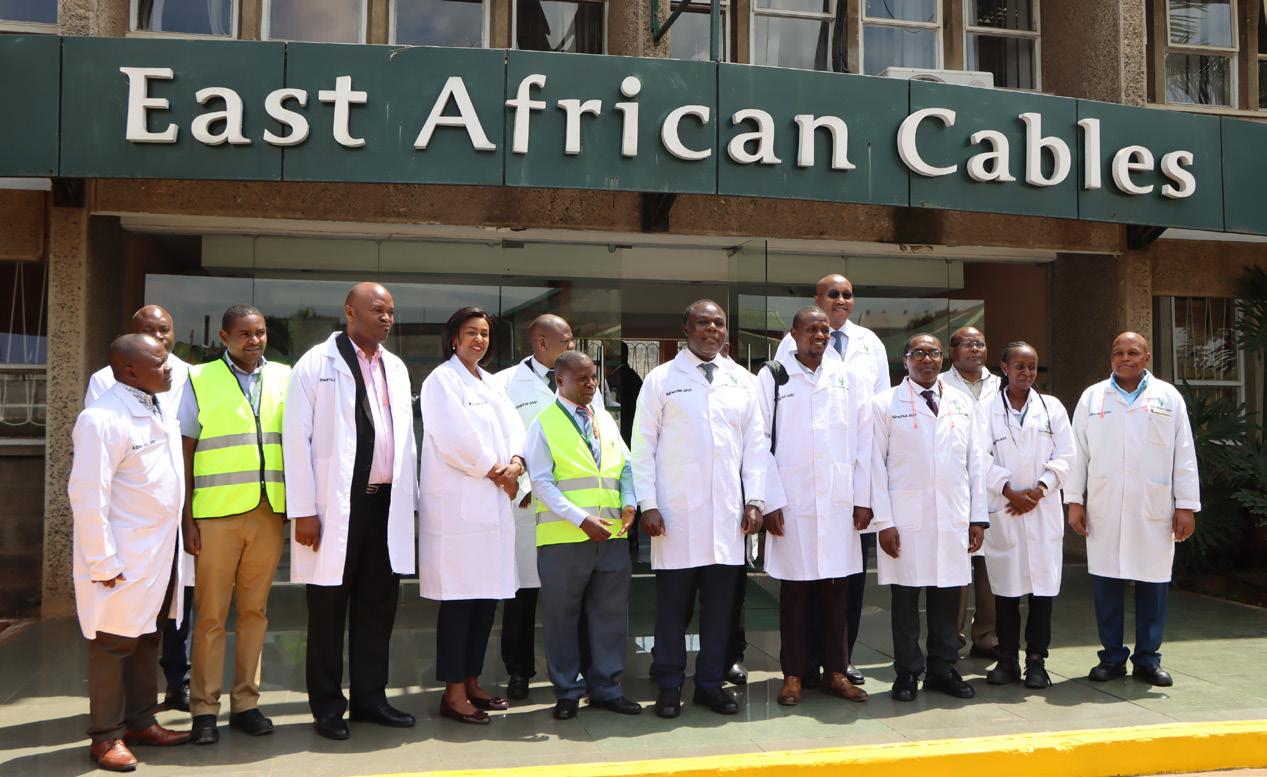
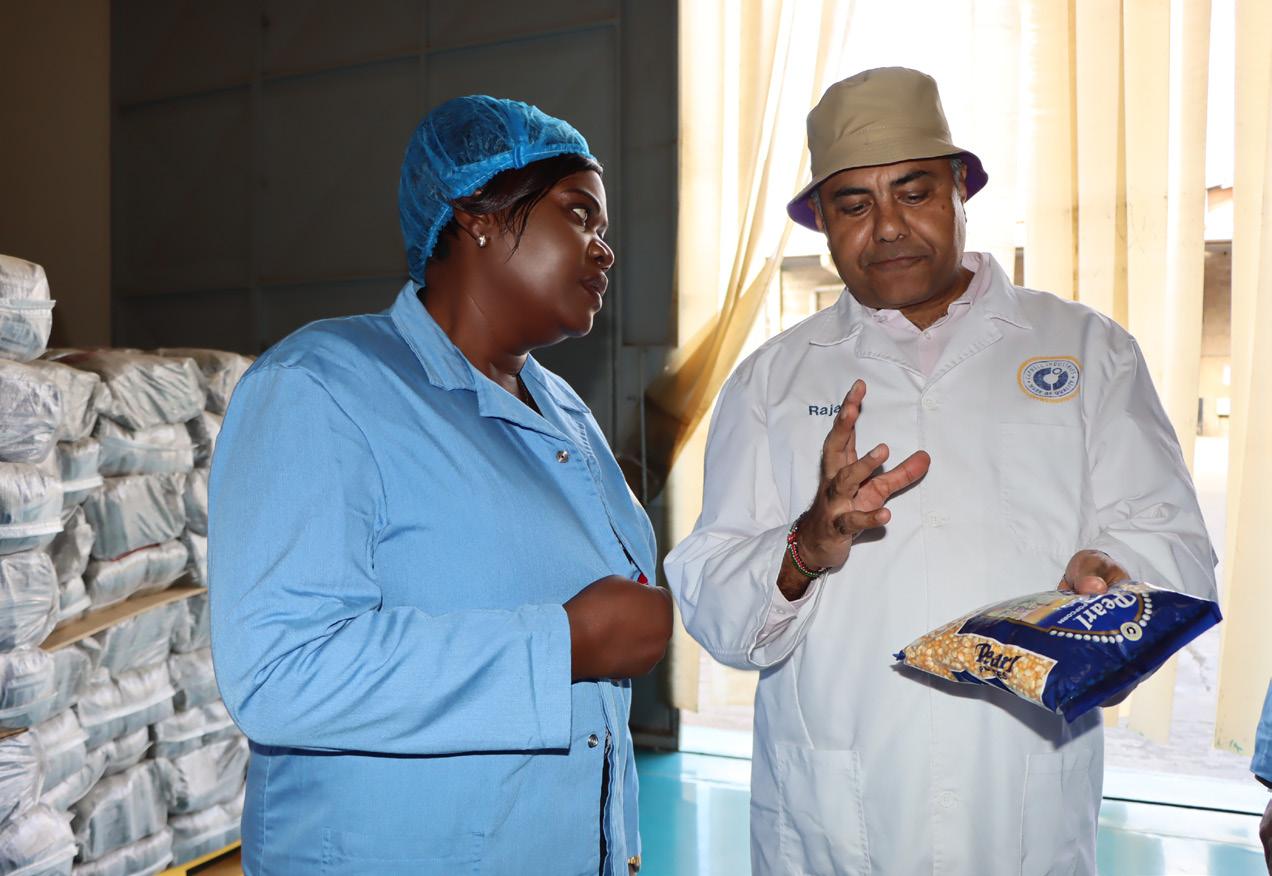
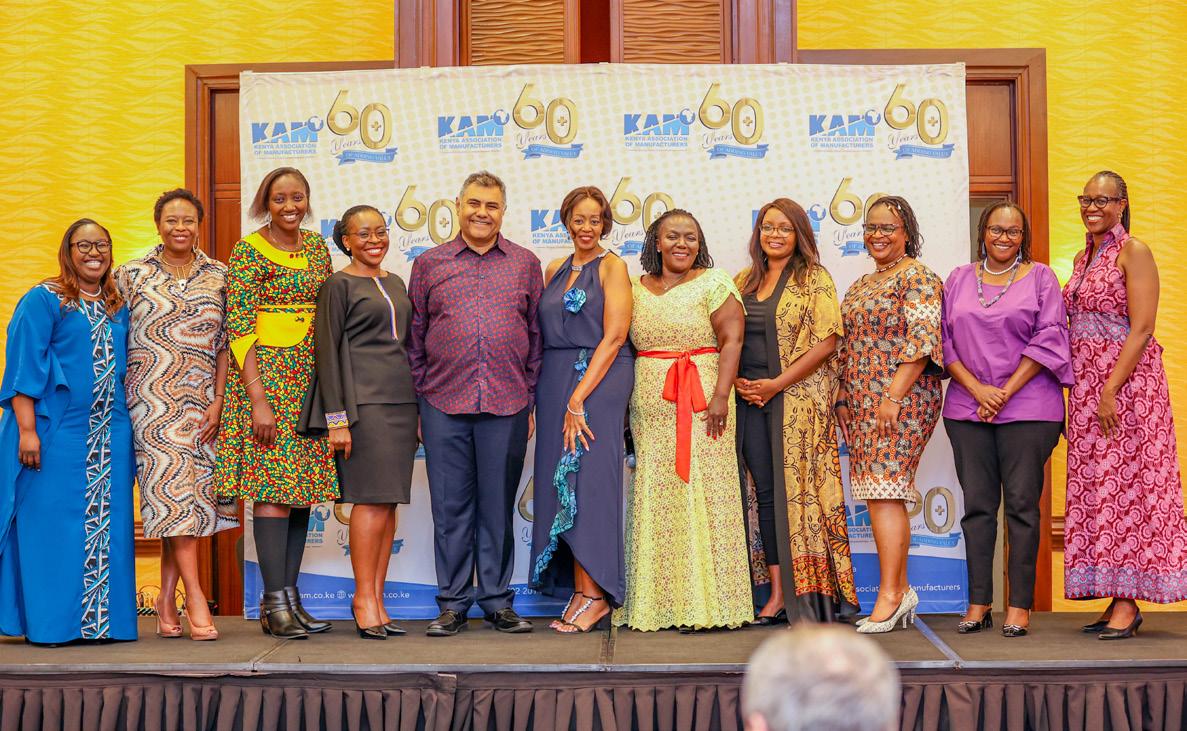
KAM hosted the Women in Manufacturing (WIM) Gala Dinner, offering a platform to celebrate the achievements of women in the manufacturing sector. It was an evening brimming with joy, empowerment, and unity, as attendees gathered to honor the spirit of resilience and collaboration among women in manufacturing.
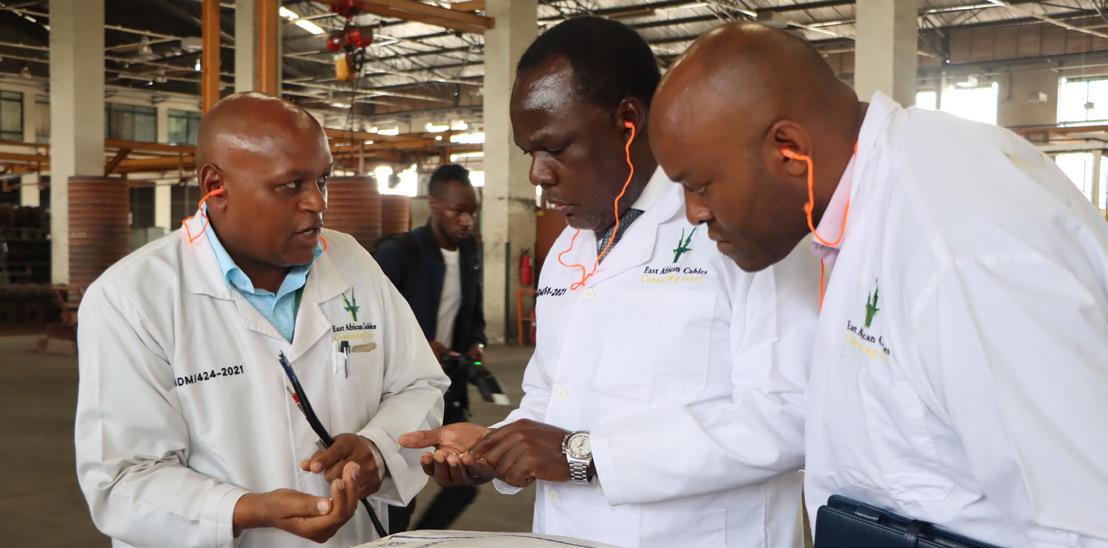
The Principal Secretary, State Department for Industry, Dr. Juma Mukhwana, CBS pays a courtesy visit to East Africa Cables, one of Kenya’s cable manufacturers. The visit focused on the opportunities and challenges facing cable manufacturers in the country.

Homa Bay County Governor visits Thika Cloth Mills and Capwell Industries, in pursuit of enhancing value for farmers in Homa Bay County. The County aims to explore opportunities in the agro-based value chain, which is in line with KAM’s Agriculture for Industry Agenda.
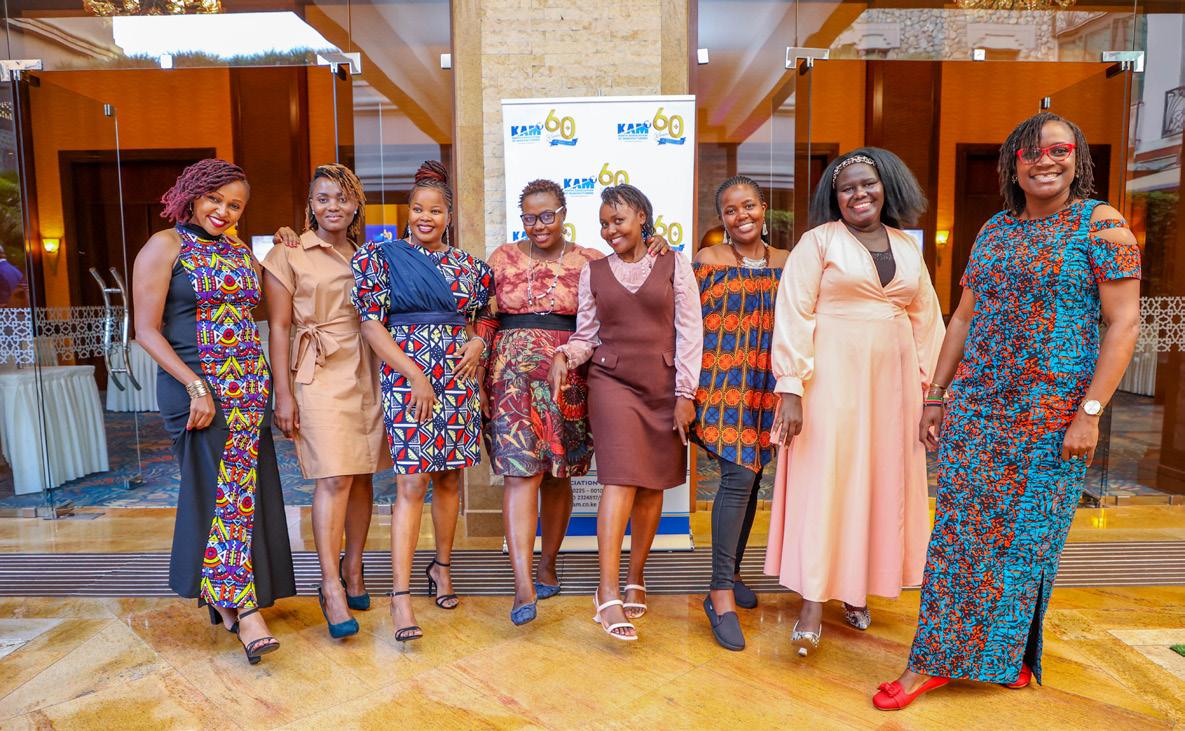
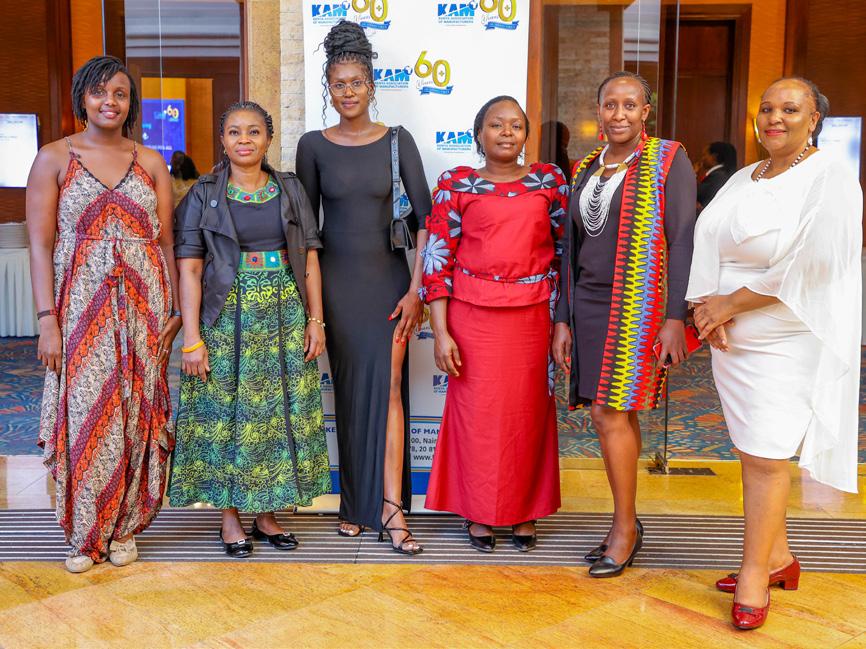





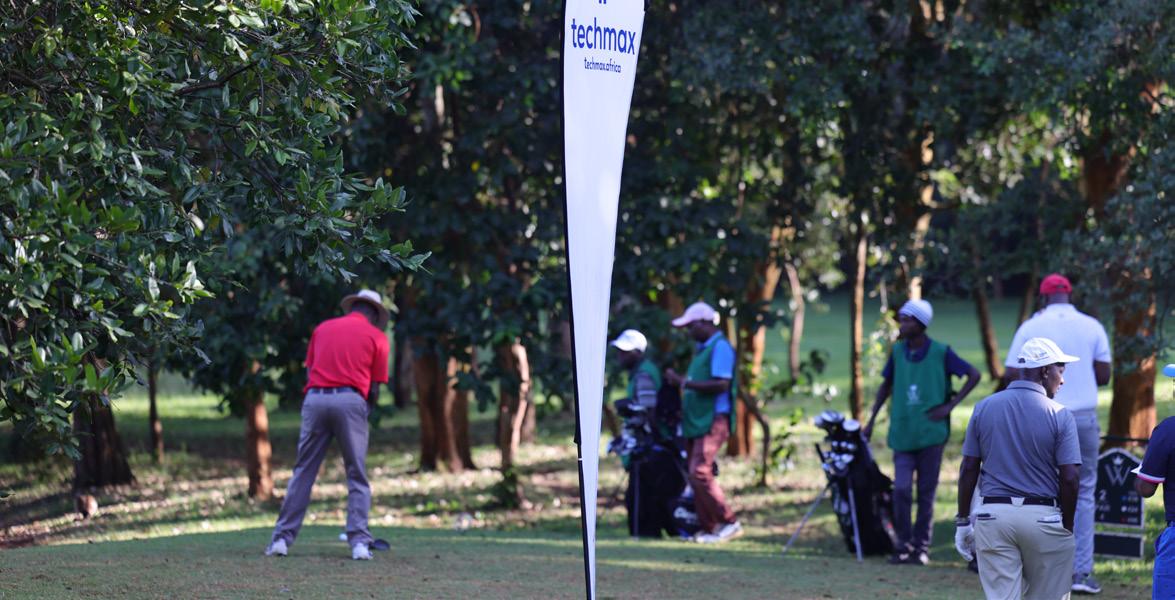
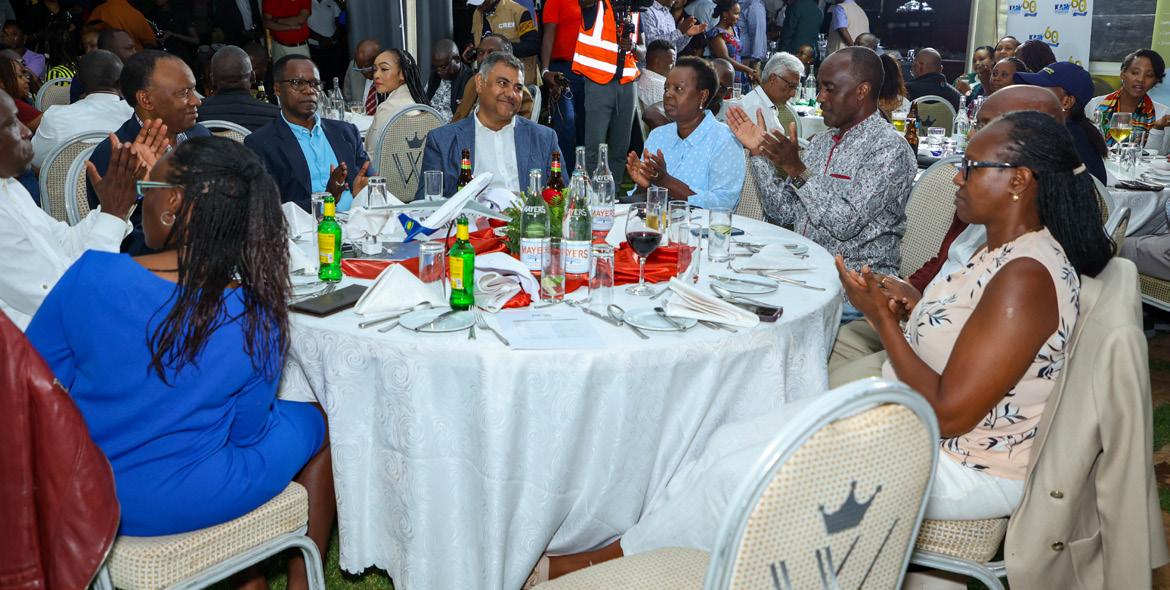

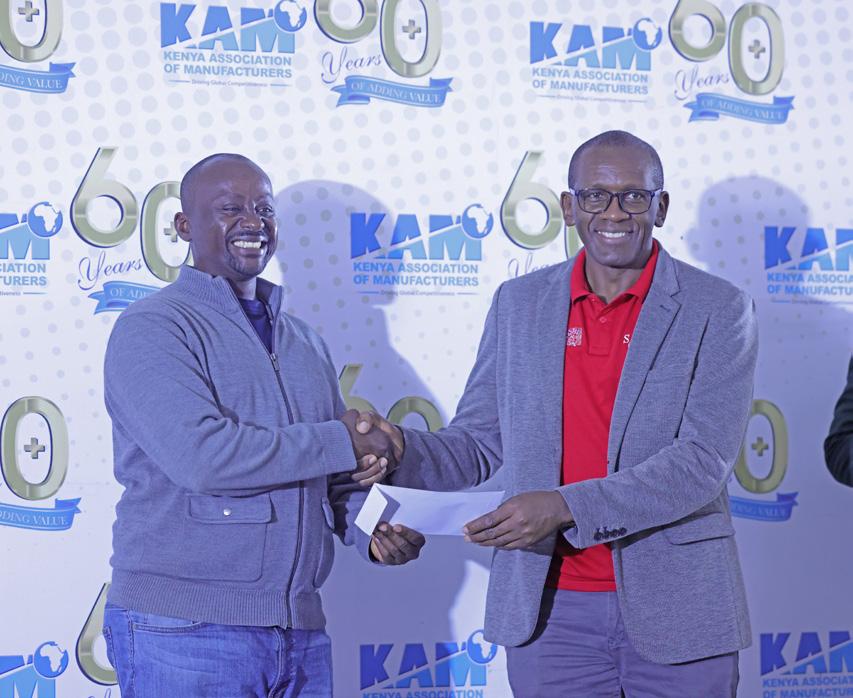



KAM hosted the inaugural KAM Golf Event, uniting key stakeholders from various sectors in a distinctive blend of business networking and leisure. The event provided ample opportunities for interaction, idea exchange, and relationship building among industry leaders.


The journey to the achievement of Vision 2030 is poised to be supported by a robust manufacturing sector that gives precedence to increasing value addition and enhancing the production of locally-made products.
As a key player in the space, CFAO Motors Kenya unveiled a multi-million Fortuner assembly at AVA, in Mombasa County, a move that will go a long way in bolstering capacity building and assist local manufacturers to achieve global standards by upskilling them through technology transfer and technical know-how.
This commitment aligns with the government’s pursuit of increasing the country’s manufacturing sector contribution to Gross Domestic Product (GDP) from the current 7.8% to 20% by 2030.
The unveiling of the new Toyota Fortuner model into the Kenyan market therefore positions it as the ultimate 4X4 for on-road and off-road driving. It also emerges as a game-changer, offering powerful performance and cutting-edge features that resonate with the dynamic evolution of SUVs in the market in Kenya.
• Quality, Reliability, and Durability (QDR) - The promise of advanced active and passive safety measures contributes to peace of mind both on-road and off-road. This is enhanced through the ABS, EBD, VSC, ATRC (Active Traction Control) as well as the Anti -Trailer Sway control.
• Exceptional convenience to complement your active lifestyle – The Toyota Fortuner provides both urban and out-of-town driving pleasure. It comes with versatile seating arrangements and an abundance of storage space that easily accommodates the changing demands of a mobile lifestyle.
• The Fortuner offers a remarkable driving experience with its 6-speed auto transmission featuring sequential shift capabilities.
• The 2.8-liter engine boasts Sport and Eco Modes, providing versatility for different driving preferences.

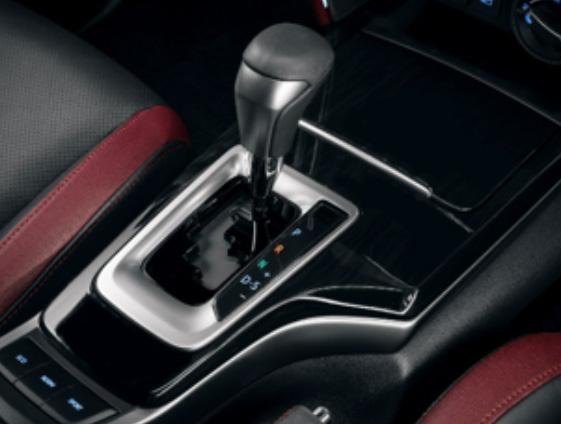

• The advanced safety measures not only ensure a secure journey on any terrain but also underscore the car’s unwavering commitment to passenger safety, instilling a profound sense of driving confidence for every adventure.
• The Toyota Fortuner comes equipped with a range of advanced technology features that make long trips more enjoyable. The vehicle boasts an ultra-modern touchscreen infotainment system that provides access to music, navigation, and communication features. Additionally, the vehicle has a range of driver assistance features, including cruise control, parking sensors, and rearview cameras.
• Powered by a Euro 4 engine that reduces the emission of harmful environmental pollutants, the Toyota Fortuner comes with a robust warranty of 5 years or 150,000 kilometers, providing peace of mind for every adventure.
• With a service interval of 10,000 kilometers, it minimizes downtime, keeping you on the road and enhancing the overall ownership experience.
• The presence of over 40 branches and service centres across the country gives you the comfort that you will have access to expert advice and parts whenever you need them.










• Toyota Fortuner provides options between 2.4 and 2.8-liter engines, catering to diverse driving needs.
• Its new LED lights enhance night-time visibility, while the trapezoid grill boosts engine performance with improved intake.
• Off-road excursions are made easy with the sump protector, ensuring durability and reliability on every journey.
Toyota Fortuner is the first locally assembled Sports Utility Vehicle (SUV) in Kenya, a testament to the opportunities for growth and innovation within the automotive sector in Kenya. CFAO Motors Kenya is at the forefront of driving growth in this category by offering enduring value through exceptional Quality Durability and Reliability standards, lower cost of ownership, and a commitment to long-lasting performance. With the Toyota Fortuner, we provide more than a vehicle; we offer peace of mind, reliability, and a legacy of dependable ownership.




By Mary Ngechu, Chair, Kenya Association of Manufacturers, Women in Manufacturing Programme
In the vibrant landscape of Kenya’s corporate world, stilettos have long been a symbol of elegance, professionalism, and presence in the boardroom. Women wearing these sleek heels have navigated the complicated pathways of corporate culture, breaking glass ceilings and leaving ingrained marks on the commercial landscape. However, as the industrial sector beckons, a new emblem emerges – steel toes, representing the resilience, strength, and determination of women.
Kenya’s manufacturing sector stands as a cornerstone of the economy, offering vast opportunities for growth and development. A 2020 study conducted by Kenya Association of Manufacturers (KAM) with support from the International Centre for Research on Women (ICRW) sheds light on the gender dynamics within the sector. The study highlights that Kenya’s manufacturing companies are predominately male owned and staffed across all manufacturing subsectors, except for the chemical and allied subsector (50% female), with most companies reporting female workforces at below 40%. Despite this, there is a rising trend in hiring women suggesting changing attitudes towards gender roles in the workforce.
The truth of the matter is these figures highlight the stark reality of manufacturing – the underrepresentation of women in the workforce. While women constitute a significant portion of the global manufacturing workforce, recent data indicates that their presence remains disproportionately low in Africa, with women accounting for only about 40% of the manufacturing workforce. This disparity underscores the urgent need to address

barriers to entry and advancement for women in the sector. Historically, women have been on the sidelines in the manufacturing industry, confined to stereotypical roles and marginalized from decision-making positions. However, the winds of change are blowing as the industry recognizes the untapped potential of female talent. Today, women are breaking barriers and carving out their space in the manufacturing sector, challenging outdated gender norms and driving innovation at every level.
The transition to steel toes is more than simply a change in footwear; it also represents a cultural shift towards inclusivity and equality. However, the path to gender parity is not without obstacles. Women still face barriers to entry and advancement in the sector, including skills gap and limited opportunities for leadership. To truly harness the potential of women in manufacturing, we must invest in initiatives that empower and support them at every stage of their journey.
The UN Women’s theme, Invest in Women: Accelerate Progress, is particularly relevant in the context of manufacturing. Investing in women is more than a moral necessity; it is a strategic requirement that promotes creativity, productivity, and inclusive growth. McKinsey & Company 2023 report on, Diversity Matters Even More, champions gender inclusivity by presenting a compelling case for its correlation with financial performance and broader societal impact. Building on their previous research, the report reveals that leadership diversity is now more strongly associated with company performance than ever before. Equitable representation is emerging as a tangible
goal, signalling progress towards a more inclusive work-force landscape.
Prioritizing gender equality in manufacturing not only creates economic possibilities for women, but also lays the groundwork for transformative change throughout industries and communities. Investing in women accelerates progress through access to requisite skills and boosting women’s leadership and entrepreneurship. Women have thrived in corporate settings and are also well prepared to transform the manufacturing business by bringing new ideas, innovative solutions, and unparalleled dedication to their roles.
At KAM, we are committed to advancing gender diversity and inclusion within the manufacturing sector. Through targeted initiatives and programs, we are working to empower women entrepreneurs and professionals, break down barriers, and create pathways for success. We launched the Women in Manufacturing (WIM) Program in 2017 to enhance market access for women industrialists in Kenya, provide an enabling environment for them and improve their competitiveness locally, regionally, and globally. The Program not only involves women-
owned, founded, and led businesses under KAM’s Membership but also women working in the manufacturing space as well as young girls to encourage them to take up Science, Technology, Engineering and Mathematics (STEM) courses and roles in manufacturing sector. We are also building on our advocacy efforts seeking to promote gender-responsive policies that support women’s economic empowerment.
As we navigate the complexities of a rapidly evolving manufacturing landscape, one thing remains clear – the empowerment of women is not just a moral imperative but an economic power move. Together, let us harness the power of women, break barriers, and build bridges towards a brighter future for Kenya’s manufacturing industry and beyond.
This transition signifies a transformative journey for women in Kenya, transcending conventional boundaries and unveiling new opportunities. Embracing the resilience and determination symbolized by steel toes, women not only pave their path to success but also propel progress and innovation in the manufacturing sector.
The writer can be reached at info@kam.co.ke.
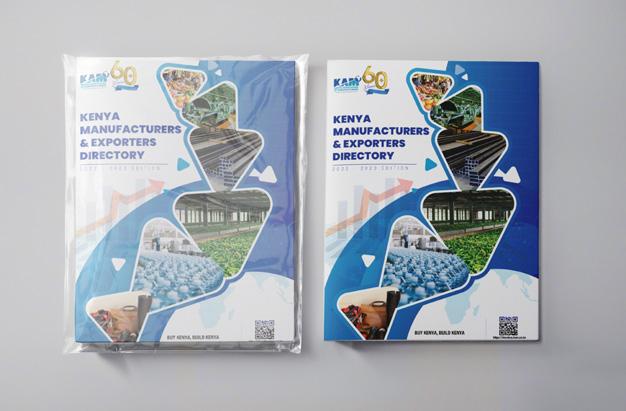
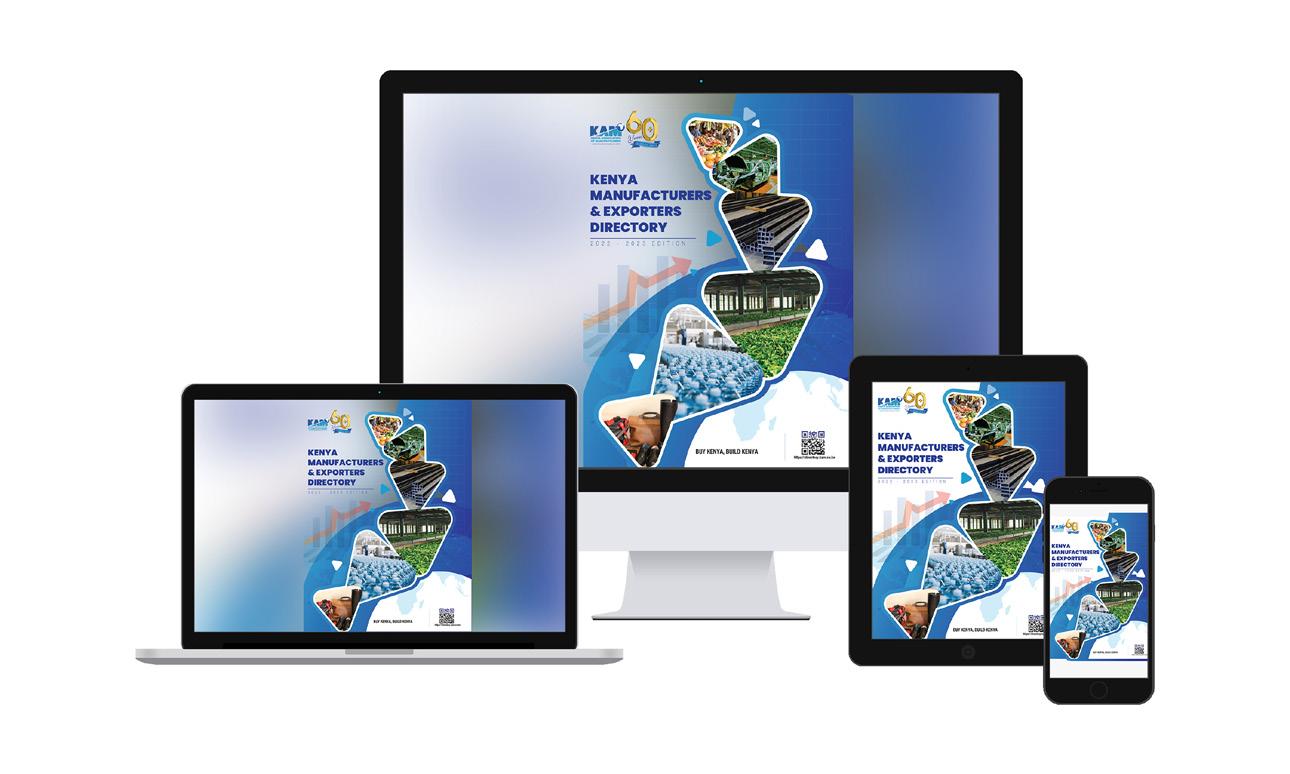


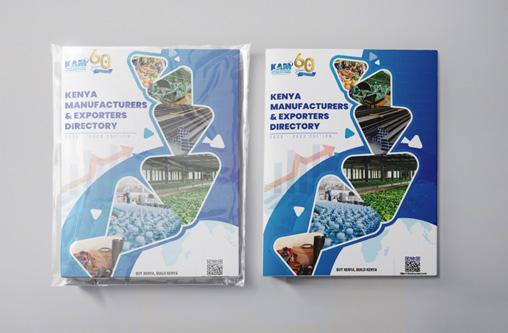

Our directory has gone digital. We are now providing an omni-channel platform to help businesses showcase offerings and connect with potential clients, customers, and investment partners both o ine and online.
Don't miss this chance to be listed in the KAM digital directory and elevate your online presence in the industry!
The County Government is leveraging its strategic advantages in cotton cultivation, excelling in textiles and apparel production, to solidify its position as a key player in Kenya’s manufacturing landscape by 2027.
By Conrad Onyango
Since the introduction of devolved system of governance in Kenya in 2010, counties have been striving to become centers for driving socio-economic development across the country- largely dependent on the agricultural and food sectors. Currently, the National Government is actively establishing Industrial Parks to act as centers for adding value to agricultural products and providing storage facilities. Counties are also beginning to explore the potential of marketing the products they identify as priority agricultural value chains as manufacturers, through the Agriculture for Industry (A4I) strategy, work to strengthen the connection between agriculture and manufacturing.
We recently had a discussion with Gladys Wanga, the Governor of Homabay County, to understand how this collaborative effort will promote development in devolved governments, industrialization, and bolster competitiveness of Kenya’s manufacturing sector. Here are excerpts from the interview.
Q. The National government is racing to roll out Aggregation and Industrial Parks in Counties across the country. How significant are these parks in unlocking the industrial potential of counties?

The main objective of this is to grow manufacturing and investments through Agro-Industries and sustainably enhance the productivity of the agriculture sector hence creating inclusive decent jobs, increasing farmers’ income; Increasing foreign exchange, providing a platform where farmers, processors, exporters, research institutions, industrial bodies and Government can engage for agro-industrial development. Homa Bay County is keen on these County Aggregation Industrial Parks (CAIPs), especially due to the fact that we aim to transform the county from being a rural, consumer county to a producer county, an economic hub and an investment haven.

Q.Homa Bay is among the counties selected to benefit from these parks. How is the administration planning to exploit these facilities?
The CAIPs are designed to serve as hubs for the collection, sorting, grading, cleaning and packaging of agricultural products with a strong emphasis on value addition through our anchor value chains which are cotton, fish, edible oils, pineapples and sweet potatoes. Working with all the stakeholders, we have put in place plans to proactively create platforms for local and international investors to explore the opportunities within the Parks, devise ways of attracting the investors while fostering collaborations that transcend geographical boundaries.
Q.How would you say these parks will transform value addition in local manufacturing?
Establishing CAIPs like ours which is tailored to prioritize key value chains such as cotton, edible oils, and fish presents a significant opportunity for transforming value addition in local manufacturing. By concentrating resources, infrastructure, and expertise within these parks, counties can streamline production processes, reduce costs, and improve efficiency, ultimately fostering a more competitive manufacturing sector. Additionally, CAIPs can serve as hubs for innovation and collaboration, attracting investment and fostering partnerships

between local businesses and international stakeholders. Through strategic planning and targeted support, CAIPs have the potential to catalyze economic growth, create employment opportunities, and enhance the overall competitiveness of the local manufacturing industry, driving sustainable development and prosperity within the region.
Q. Which are Homa Bay’s strategic manufacturing propositions that would put it ahead of other counties?
Homa Bay County holds a strategic advantage in its agricultural sector, particularly in the cultivation of nuts. With virtually every arable piece of land capable of nut production, we are poised to lead in the edible oil value chain. Our focus on oil palm
farming, alongside other crops like sunflower, groundnuts, soya, and cashew nuts, positions us to fill the national demand for edible oil.
Primarily though, we recognize the potential of cotton as a leading value chain in Homa Bay. Understanding the repercussions of the decline in cotton farming nationally, we have proactively registered farmers and provided cooperative support including distribution of propagated seeds to revitalize cotton cultivation. Additionally, we have invested in cotton ginning infrastructure through partners and therefore aim to catalyze this value chain, which holds significant economic promise for the county.
Furthermore, Homa Bay already excels as a producer of fish for both local consumption and export. Our ongoing endeavors include local processing facilities to serve both domestic and international markets, further enhancing our position as a leader in the agricultural sector.
Q. Which big manufacturing industries do you see coming up on the back of these developments?
Following the success of the second Homa Bay International Investment Conference we held in February, we signed MOUs

with several companies including Afropal Limited, Arch Ento Tech, Yazmark International, Rift Valley Products Limited, Fairdeal Real Estate, Reddington, Trans Sahara Investment, and Tunasco. The MOUs cover projects such as oil palm production, solid waste management, construction of a mother and child hospital, cotton value chain project, Manda University project, housing sector improvement project, renewable energy project, sweet potato pellets project, and livestock value addition project.
Q. Do we have sufficient policies and structures to spur the growth of manufacturing at the county level?
The County Government is committed to facilitate hassle-free

investments through proactive engagement and providing advice based on a forward-looking investment framework. We have implemented robust systems to assist investors in navigating the investment process, reducing the barriers to entry, and supporting them in obtaining the necessary approvals to commence their ventures by institutionalizing the Homa Bay County Investment and Development Corporation Board and working closely with the National Investment Promotion Agency, Kenya Investment Authority.
Q. Which other policies and strategies are needed to ensure the sustainable growth of these manufacturing units?
Governments, both national and county, must remain committed to partnering with investors and ensuring they can access our numerous opportunities. There must be a show of dedication that aims at ensuring that these opportunities are communicated and matched with the right investors, leading to deals that benefit both the investors and residents of the counties and the country at large. The focus should not just be on Foreign Direct
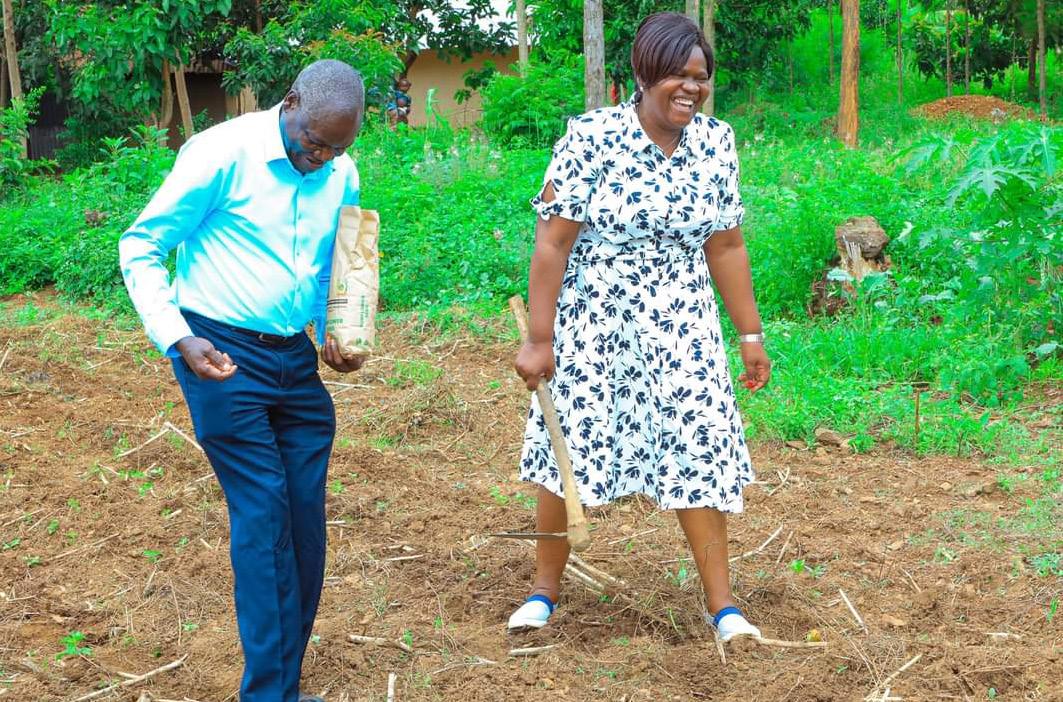
Investment but also on ensuring that our local investors receive equal attention.
Q. When all these Industrial parks become operational, it will spark competition in industrial production and markets for produce, how will this development be key in promoting county and country economies?
Within the Council of Governors, and part of Intergovernmental Relations, counties have formed regional economic blocs to create synergies in their cross-border programs, including investments and trade. Each county is a leading consumer of a given neighbouring county’s product. There is no competition among the countries as our goal is always one – transforming local economies and livelihoods.

Q. How will these parks help in spurring the growth of startup and emerging manufacturing firms?
Establishing industrial parks can significantly boost the growth of startup and emerging manufacturing firms by offering them incentives such as duty-free importation and tax waivers. These benefits create a conducive environment for investment, allowing local startups and manufacturers to establish themselves and thrive. Moreover, the presence of industrial parks ensures access to a ready market for their products, facilitating market penetration and growth. Additionally, the streamlined processes within industrial parks make it easier for these firms to access credit facilities for expansion, further fueling their competitiveness and growth trajectory in the market.
Q. Paint for us a picture of Homa Bay’s Manufacturing Industry by 2027.
By 2027, Homa Bay is poised to emerge as a powerhouse in the manufacturing industry, particularly excelling in textiles and apparel production, leveraging its strategic advantages in cotton cultivation. Furthermore, the county aims to lead in the production of refined edible oil, with a focus on locally farmed and processed products. The Riwa Industrial City is envisioned to rival established industrial zones like Thika and Athi River EPZs, catalyzing economic transformation and becoming a hub for innovation, employment, and industrial output in the region.
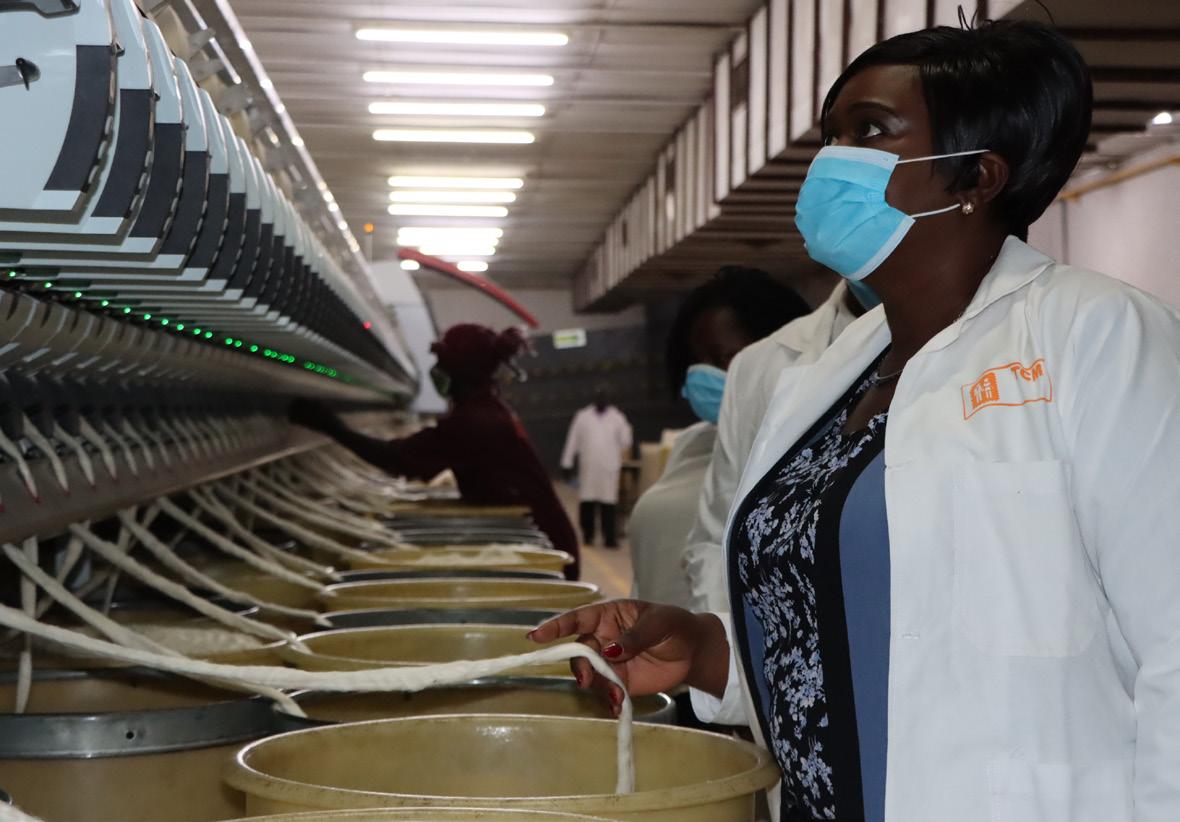


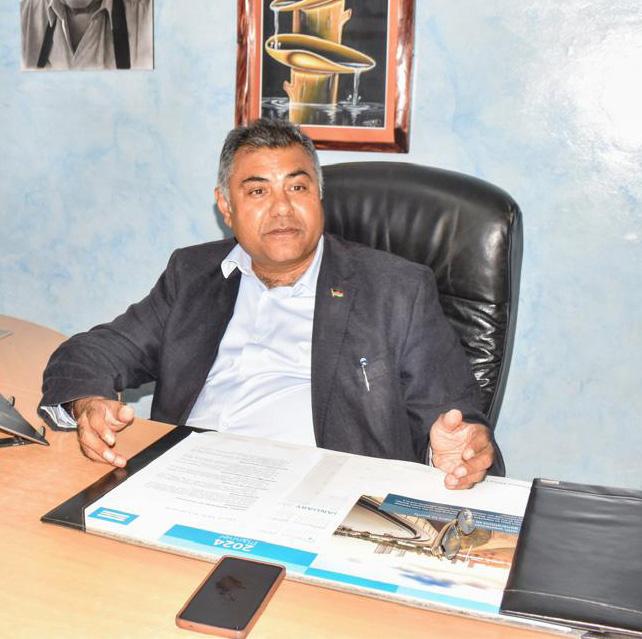
Rajan Shah, CEO Capwell Industries
Capwell Industries Ltd takes pride in its pioneering spirit, being the first to fortify flour even before it became a mandatory requirement by the Kenya Bureau of Standards (KEBS). Additionally, it introduced sortex technology for rice and pulses in the Kenyan market and it’s the only company manufacturing and packaging whole grain maize flour in the region, setting new standards.





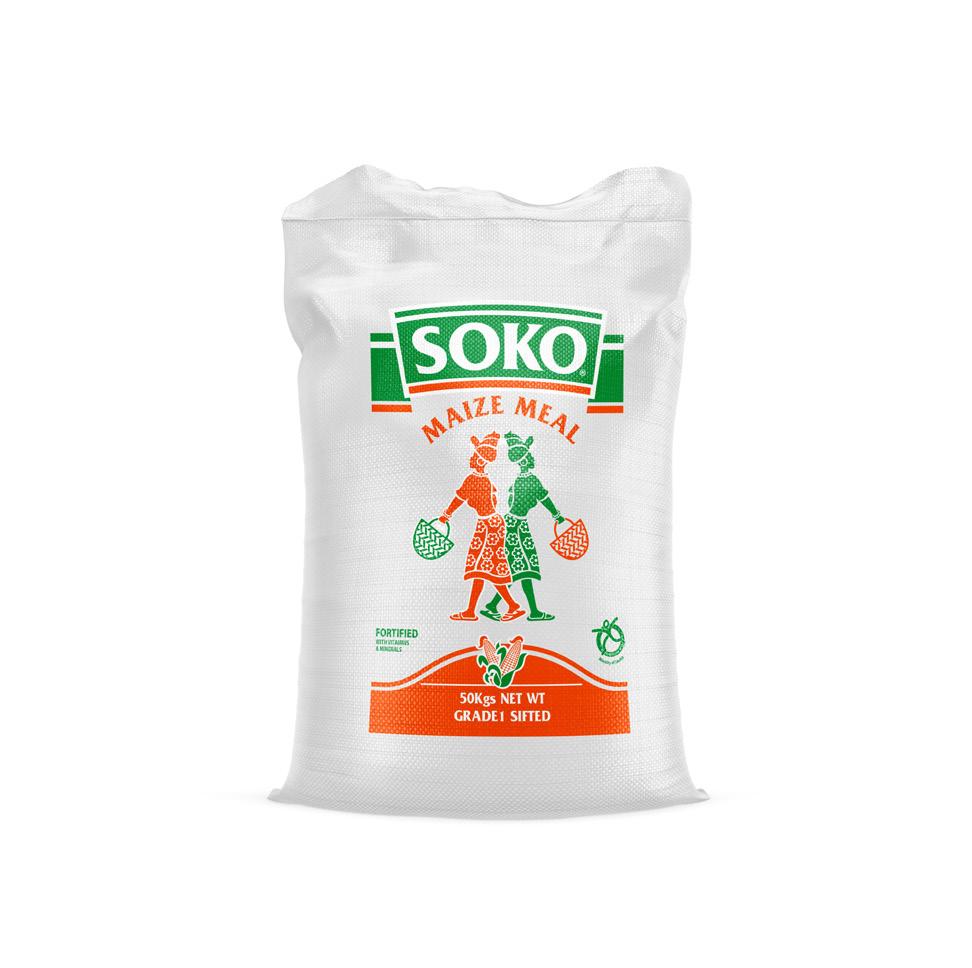
With innovation at its core and creativity driving manufacturing excellence, this firm has rapidly evolved in a market shaped by changing consumer preferences and industry policies.
By Biko Rading
In 1997, Rajan Shah returned to Kenya, his birthplace, after completing his studies abroad and began documenting business ideas on an Excel sheet.
When he sought his father’s help, Dalichand Shah, who had worked in Kenya’s food industry, challenged him to identify the needs of the locals. His father told him that he had observed people’s enjoyment of eating ugali, the country’s staple food.
Two years later, in 1999, they opened a maize-milling and packaging facility in Thika, employing 80 workers on a 2.5acre property.
Rajan Shah assumed the position of CEO, with his brother Chetan Shah serving as Director, and Dalichand Shah as Chairman of Capwell Industries Ltd.
Over the last 25 years, the company has evolved from a milling plant to become one of Kenya’s largest food processors. It has played a vital role in providing quality food products to the country through its growing number of brands.

Capwell Industries boasts a diverse portfolio of over 30 nutritious food products, encompassing renowned flour brands such as Soko and Amaize, rice brands like Pearl, Ranee, and CIL, pulses under the Pearl brand, Kenya’s pioneering Uji Shake Yola, and the newly launched Treatos biscuits.
CEO Rajan Shah attributes Capwell Industries’ success to its steadfast focus on market adaptability and innovation. These strategic approaches have enabled the company to effectively navigate the challenging manufacturing environment.
Shah stated, “I believe this diversification of our business has played a pivotal role in our growth and ensuring that we are a consumer-centric company.”
Shah also pointed out that the complex regulatory environment, inconsistent regulations, and cumbersome licensing processes, has posed significant challenges for Capwell and other manufacturers aiming to expand and make greater contributions
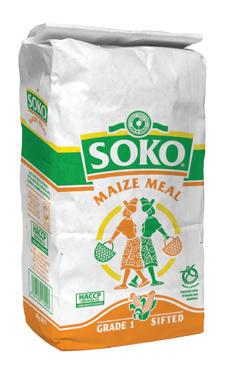
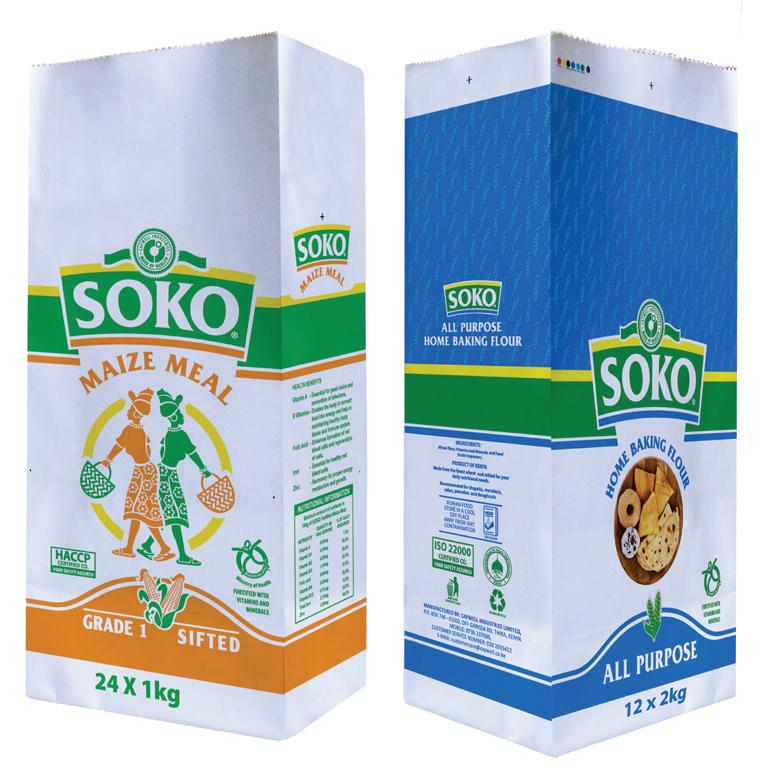






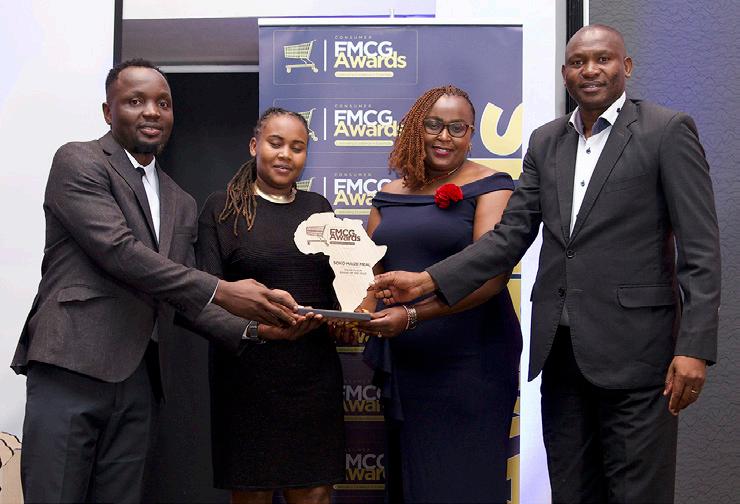
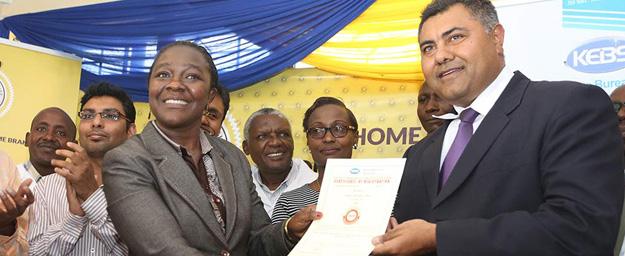

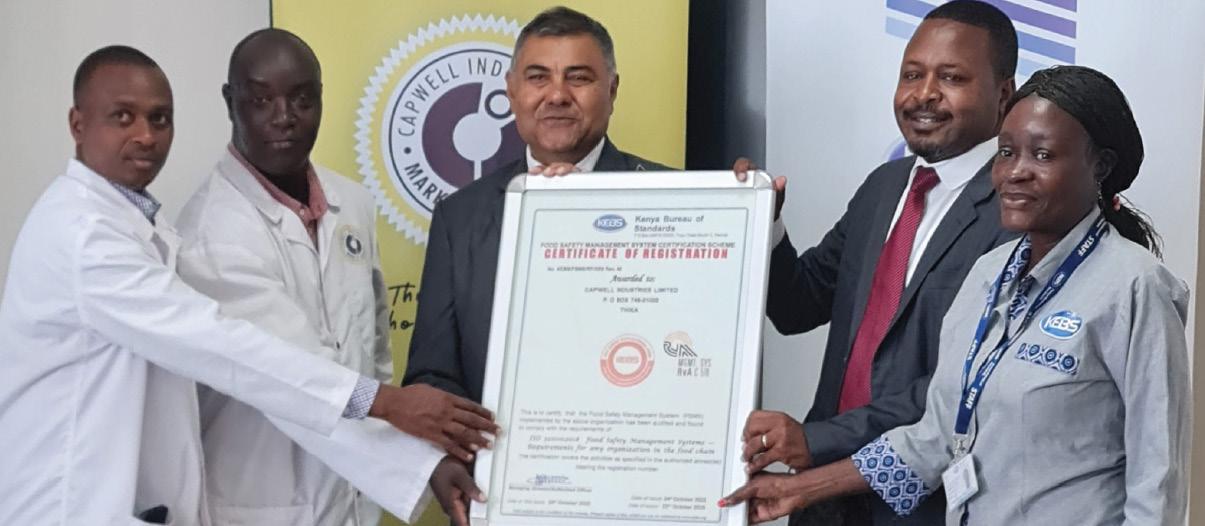


DEALERS IN : HARDWARE ,BUILDING MATERIAL,INDUSTRIAL SUPPLIES, AGRICULTURAL SUPPLIES
PROTECTIVE GEAR AND EQUIPMENTS, IRRIGATION AND DRIP IRRIGATION SYSTEMS.ETC
P.O. Box 188 - 01000 Thika – Kenya, Mobile: +254 (0) 727 900 555, 733 817 540 ,704 622000
Email: sales1@citygeneral.co.ke, citygeneral@africaonline.co.ke Email: sales@citygeneral.co.ke, marketing@citygeneral.co.ke
Proudly C ongratulates Capwell Industries Ltd on their 25 Years of Success in Industry


Happy 25th Anniversary
Congratulations Capwell on your huge milestone. Proud to be associated with you.




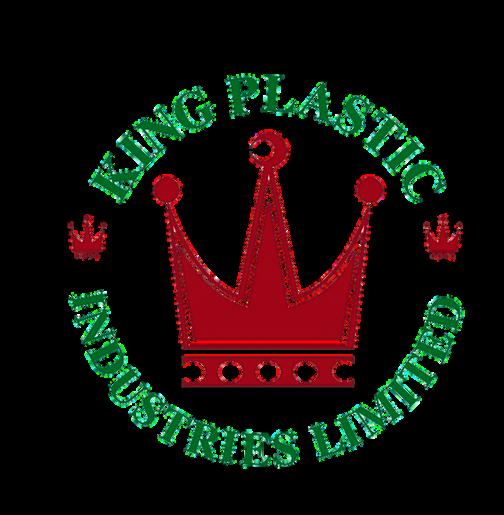






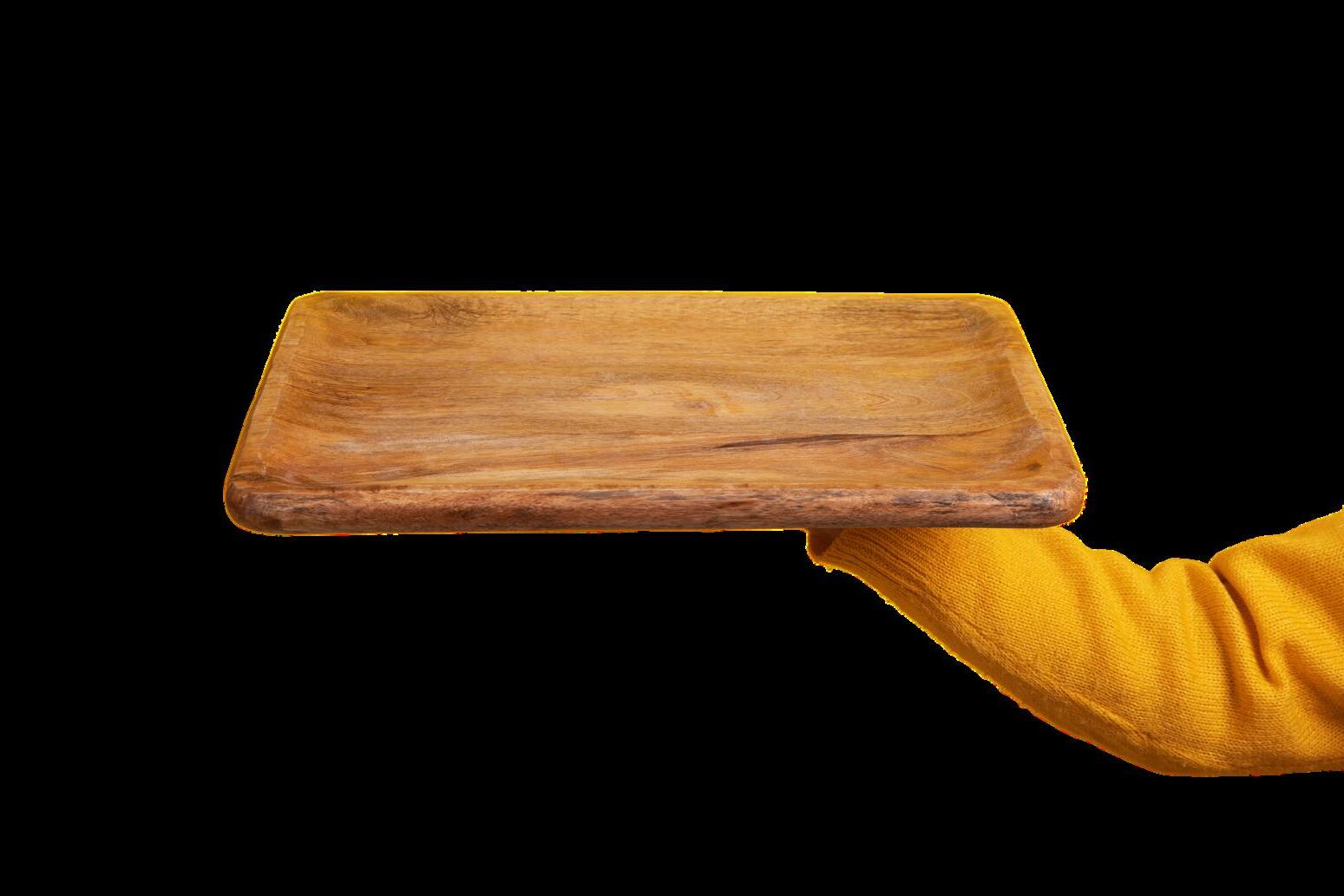
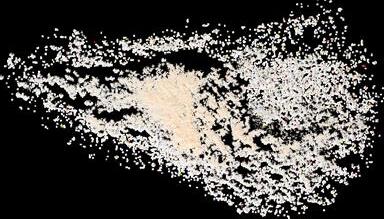



continued from page 47
to the economy.
However, the company’s purpose of enriching lives through nutrition resonates deeply within its culture and among its workforce, providing the motivation and energy needed to surmount regulatory hurdles.
The company’s strongest pillar is the integration of farmers, employees, and consumers into its value chain, creating a strong and united community.
As the world grapples with the impacts of climate change, Capwell Industries has reaffirmed its commitment to promoting sustainability by encouraging farmers to adopt best practices to produce high-quality raw materials while preserving the environment. Capwell also invests heavily in consumer research

Furthermore, the company ensures that its employees are
We aim to provide our consumers with safe food, from the sourcing of raw materials to the packaging of our food products until they reach the retail stores where they are sold. We are ISO:22000 and Halal certified to ensure that our customers receive nutritious and safe foods, Capwell Industries CEO Rajan Shah to ensure its products meet their ever-changing needs.

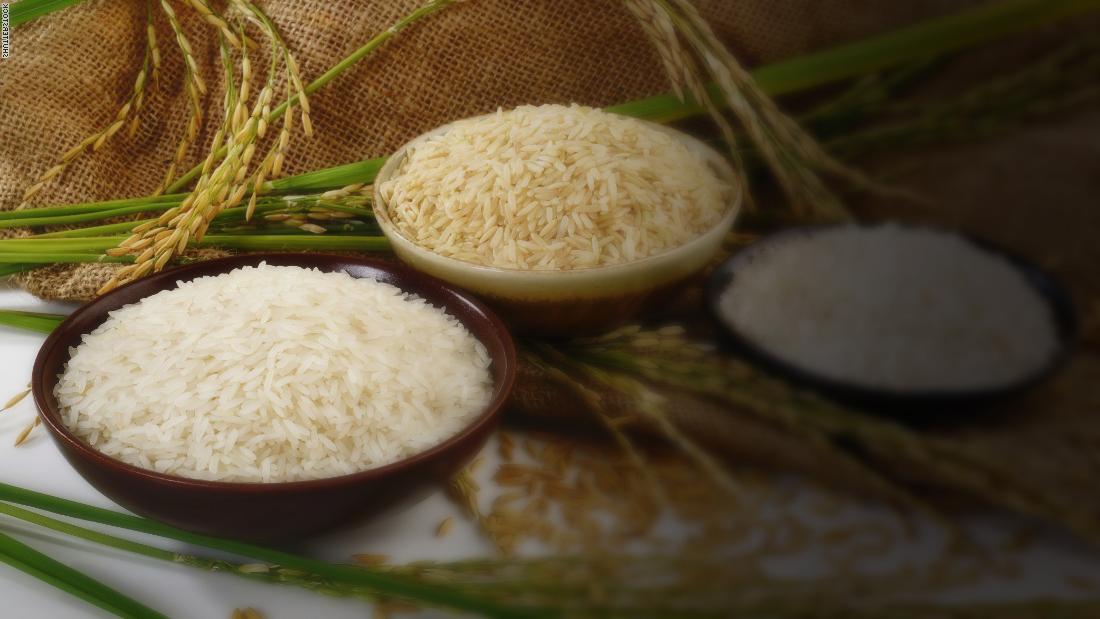
grain
www.mrgm.co.ke
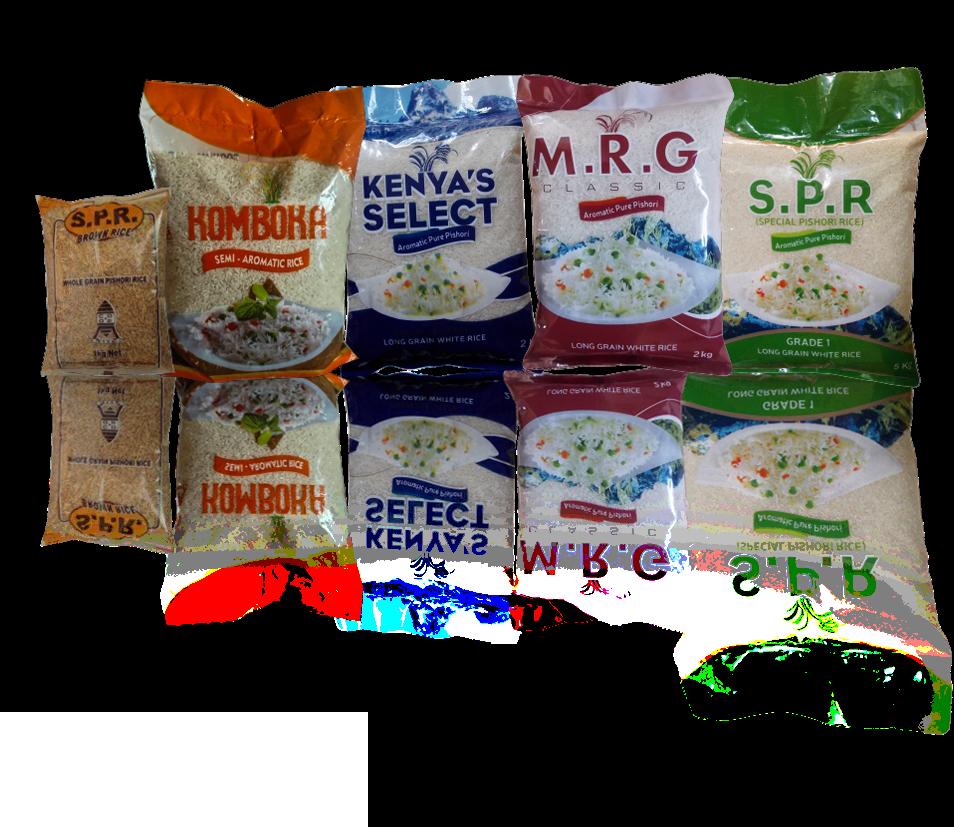
The largest Rice growers in Kenya since 1964
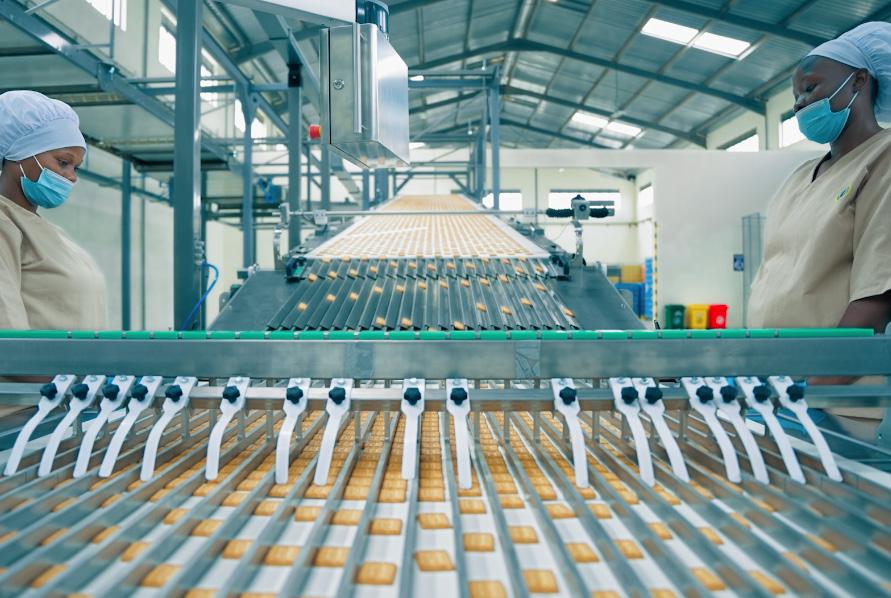
upskilled on industry-relevant technological practices, ensuring they are well-equipped to navigate market changes effectively. The company has demonstrated a robust commitment to innovation by making significant investments in the latest food processing technologies and safety standards. This ensures that they can keep pace with the ever-changing demands of consumers.
Capwell Industries Ltd takes pride in its pioneering spirit, being the first to fortify flour even before it became a mandatory requirement by the Kenya Bureau of Standards (KEBS). Additionally, it introduced sortex technology for rice and pulses in the Kenyan market and it’s the only company manufacturing and packaging whole grain maize flour in the region, setting new standards.
Over the years, the company has expanded its product lines


Congratulations Capwell Industries Ltd on attaining your Silver Jubilee, a remarkable milestone commemorating 25 years of success in business! We are honoured to celebrate this achievement with you as your valued financial partner and look forward to many more years of collaboration and prosperity. For

Designed with you in mind, we have a sensa�onal selec�on of services and privileges that offer you exclusive experiences. All that gli�ers is gold! Explore a world of vast possibili�es.

Banking in the palm of your hand.

Enjoy a secure, stress free and convenient banking experience.
and developed strong partnerships with leading distribution networks all over the country. Their products can now be found across all channels from the hypermarkets to the neighborhood kiosks.
As Capwell Industries Ltd looks towards further expansion, CEO Shah suggests that enhancing transparency, simplifying licensing requirements, adopting online platforms for regulatory approvals, and promoting investor-friendly policies will help improve the ease of doing business for local manufacturers in the country. Of key importance, according to Shah, is promoting regulatory stability and predictability to boost investor confidence and attract long-term investments.
“Establishing clear and coherent regulatory frameworks that prioritize stability and consistency can instill investor confidence and foster a conducive business environment,” explained Shah. “Regular stakeholder consultations, impact assessments, and comprehensive regulatory reforms are necessary to address structural inefficiencies and enhance the global competitiveness of Kenya’s manufacturing sector.”
Capwell is advocating for better access to finance, publicprivate partnerships, and foreign direct investment to fund largescale manufacturing projects and improve competitiveness in the manufacturing sector in Kenya.
In addition to its business operations, Capwell has a foundation that runs a school feeding program, providing porridge every school day to over 20,000 pupils across Kenya. The foundation also offers education bursary to bright but needy students, assisting them in achieving their career goals.
Capwell Industries Ltd has ambitious plans to expand beyond Kenya and capture a significant market share in the food and beverage sector in the East African Community (EAC).
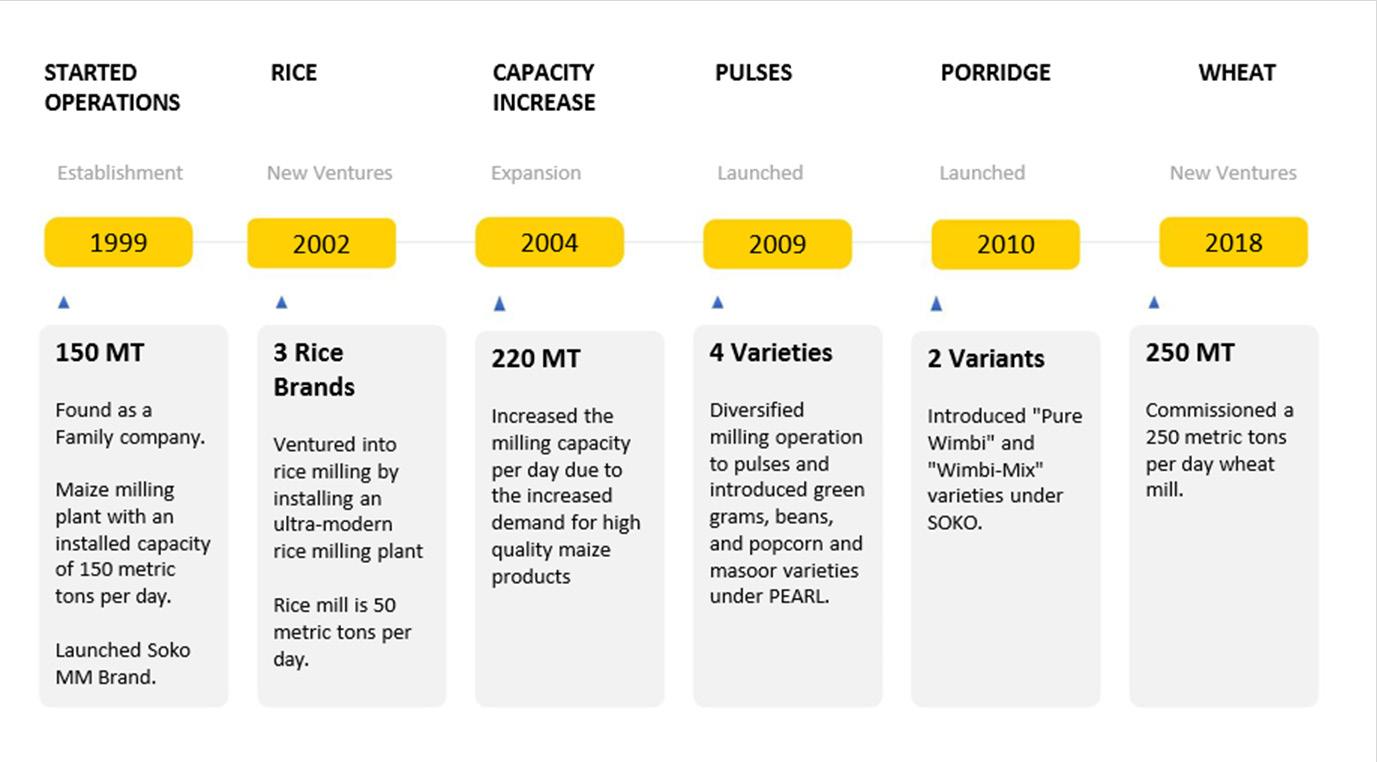


Additionally, the company aims to extend its reach further west by establishing plants in Nigeria and Ghana. This strategic move is intended to leverage the vast opportunities presented by the African Continental Free Trade Area, which is the largest single market globally, with an estimated value of US$3 trillion.
“We must take advantage of the Africa Continental Free Trade Area and boost intra-Africa trade,” explained Shah. “Currently, the statistics on intra-Africa trade stand at 15 percent, a clear indication that we cannot stand alone and we need each other to survive. In contrast, intra-European trade stands at 60 percent. This stark contrast is the main reason why we are embarking on an expansion strategy come 2025.”
In preparation for its market entry into West Africa in 2025, Shah is advocating for export-oriented industrialization as a critical strategy to expand Kenya’s manufacturing sector and diversify its export base.
I believe that by tapping into global markets and participating in regional trade agreements, Kenyan manufacturers can access new opportunities and expand their market reach. Developing sector-specific export promotion strategies, enhancing product quality standards, and facilitating trade facilitation measures can bolster the competitiveness of Kenyan export in international markets Capwell Industries CEO Rajan Shah
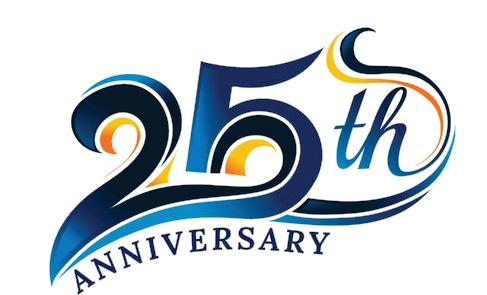
On behalf of High Nutrition & Health Ltd, we are delighted to extend our warmest congratulations to Capwell Industries on reaching the remarkable milestone of 25 years in business. Capwell Industries has continually demonstrated excellence and innovation in the food industry, and we applaud your accomplishments and the positive impact on the community at large. We look forward to continuing our partnership and witness the continued success

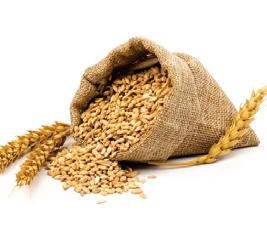

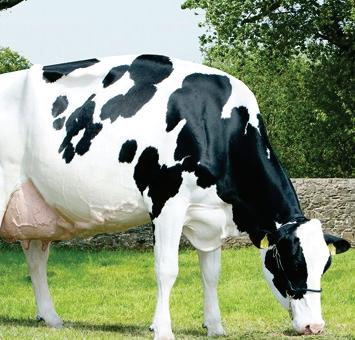
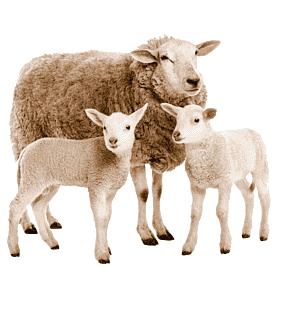
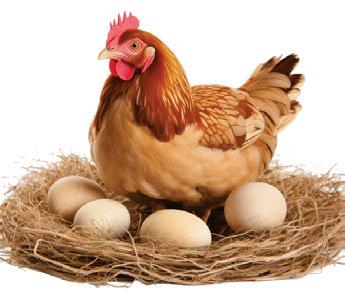
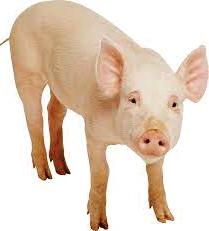
B C L
Building And General Contractors

P.O Box 2889 - 01000 Thika - Kenya Cell: 0723 706060, 0723280801, 0724865000 Email: bajrang008@gmail.com, info@bajrang-construction.com
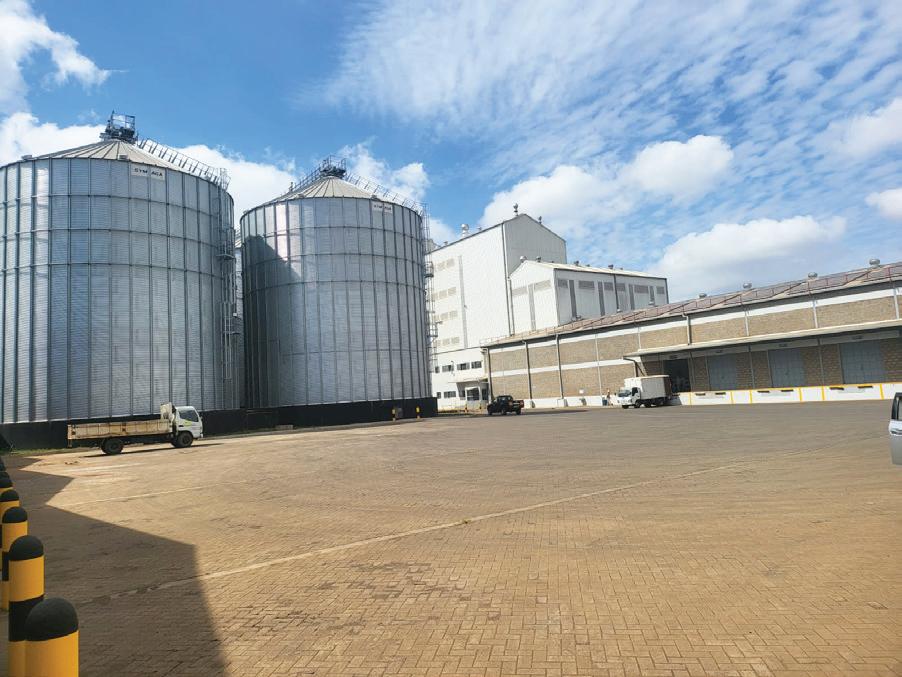
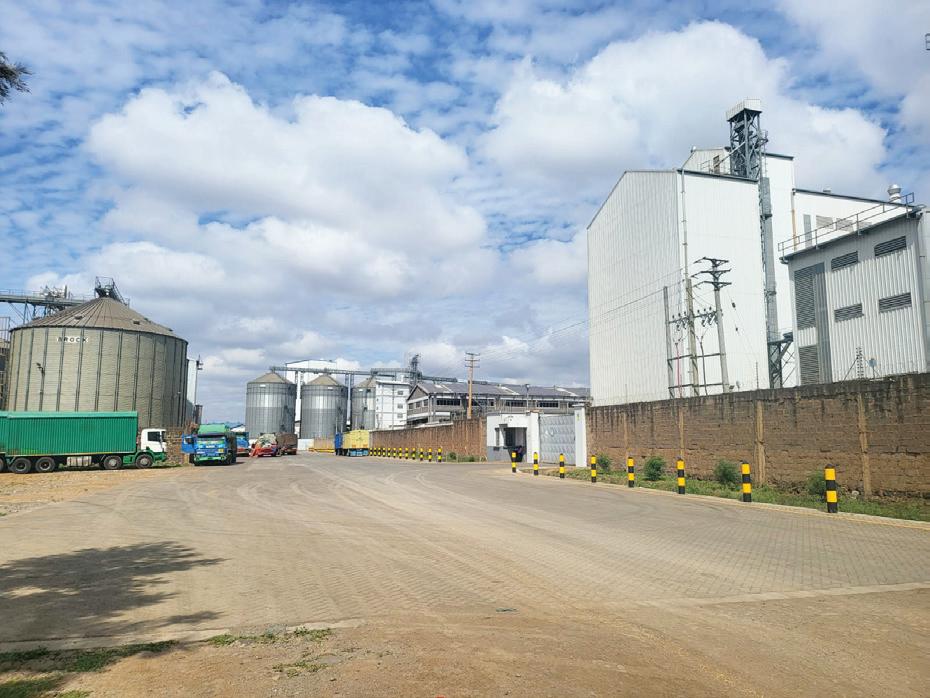
We congratulate Capwell Industries Limited on their 25th Anniversary. We are proud to be associated with you and we look forward to many more years of Prosperity and Partnership.

Chandaria Industries has sourced its raw material i.e. paper waste locally for over 40 years. The family business has continued to professionalize its management over the years and have embraced leading international technologies. This has transformed the business into the largest tissue, personal hygiene and consumer goods manufacturer and distributor in East and Central Africa.
BY CONRAD ONYANGO
Chandaria Industries has achieved remarkable success over the past 60 years by consciously choosing to source its raw material- i.e. paper waste locally, thereby promoting local businesses in the informal and formal sectors, contributing significantly to environmental sustainability.
Founded in 1964, Chandaria Industries is the largest manufacturer and distributor of tissue, personal hygiene and consumer products in Kenya, East, and Central Africa.
The company places great emphasis on producing high-quality products with a focus on environmental sustainability, for example many of their leading toilet tissue brands are made by recycling paper waste.
For Chandaria Industries, it is important that all their stakeholders;- consumers, customers, suppliers, employees, banks, government, and local communities grow as the business grows.
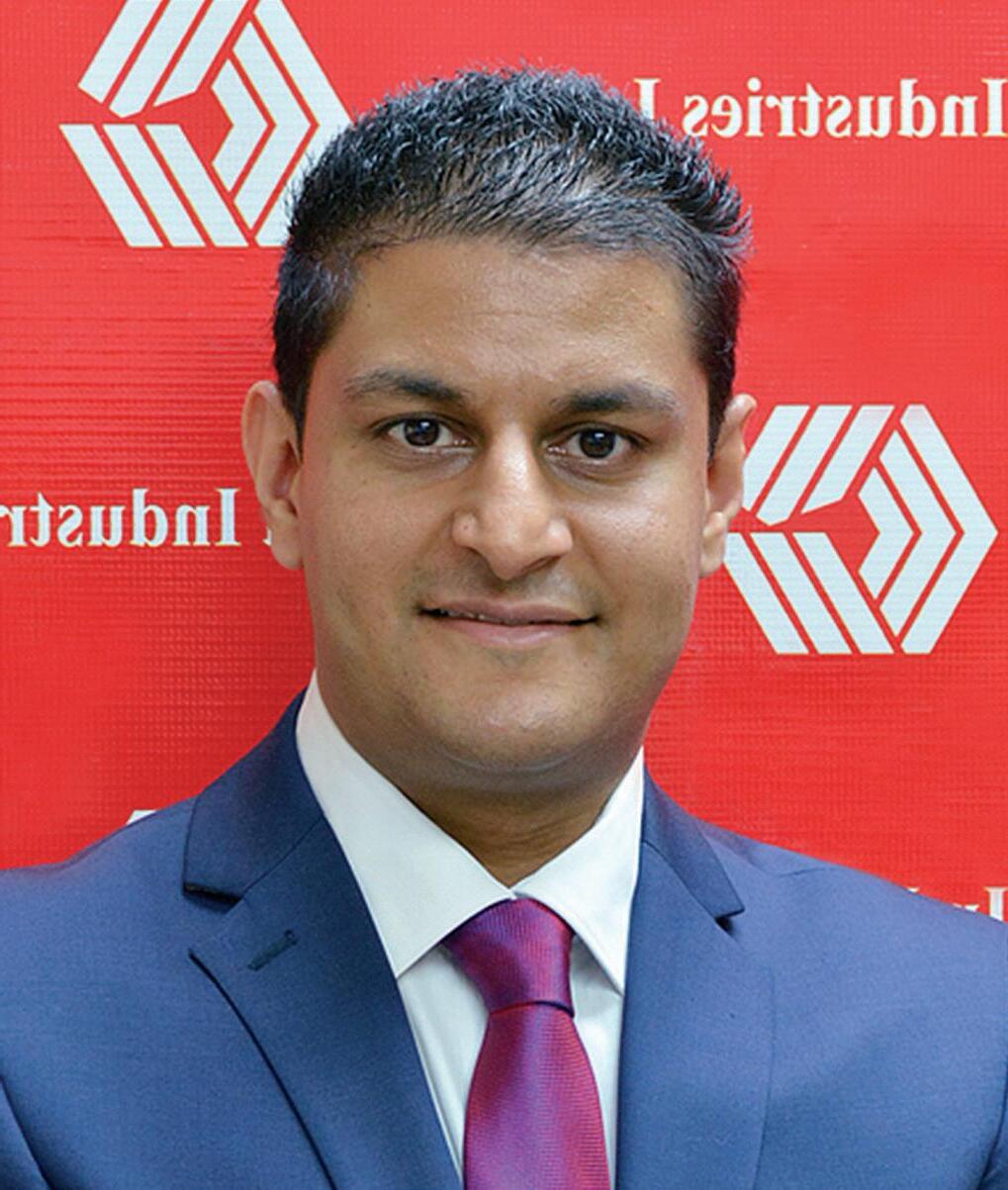
First and foremost, our most important stakeholder is our consumer. As we grow, as we become more successful, we want to have an all-inclusive model that our stakeholder ecosystem is growing and benefiting with us,
Chandaria Industries Group Chief Executive Officer, Darshan Chandaria.
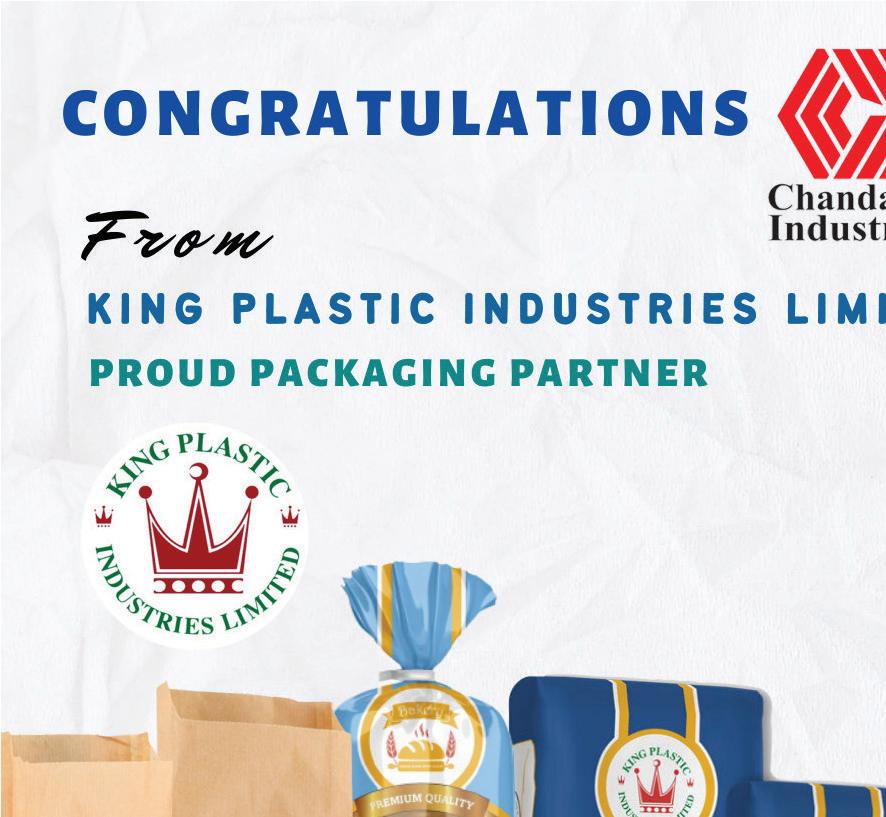
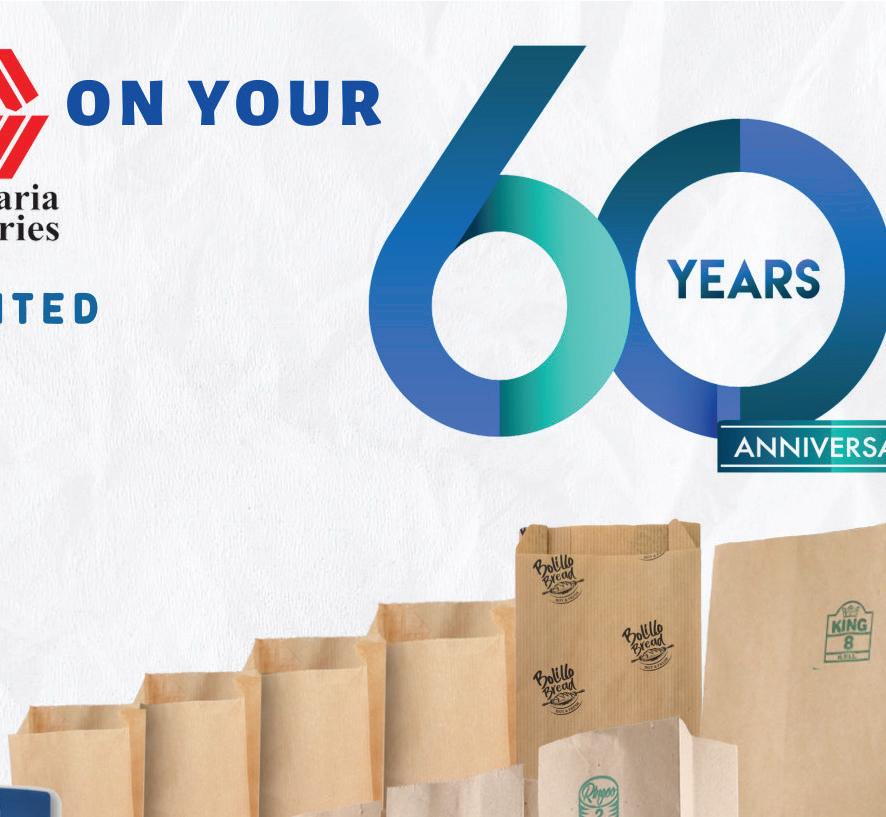

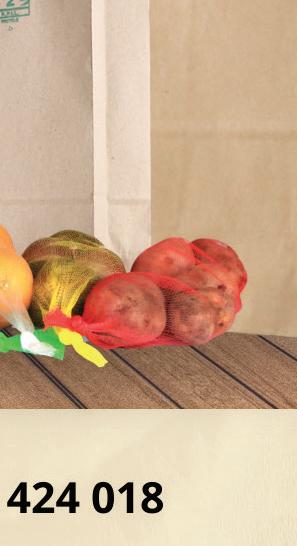

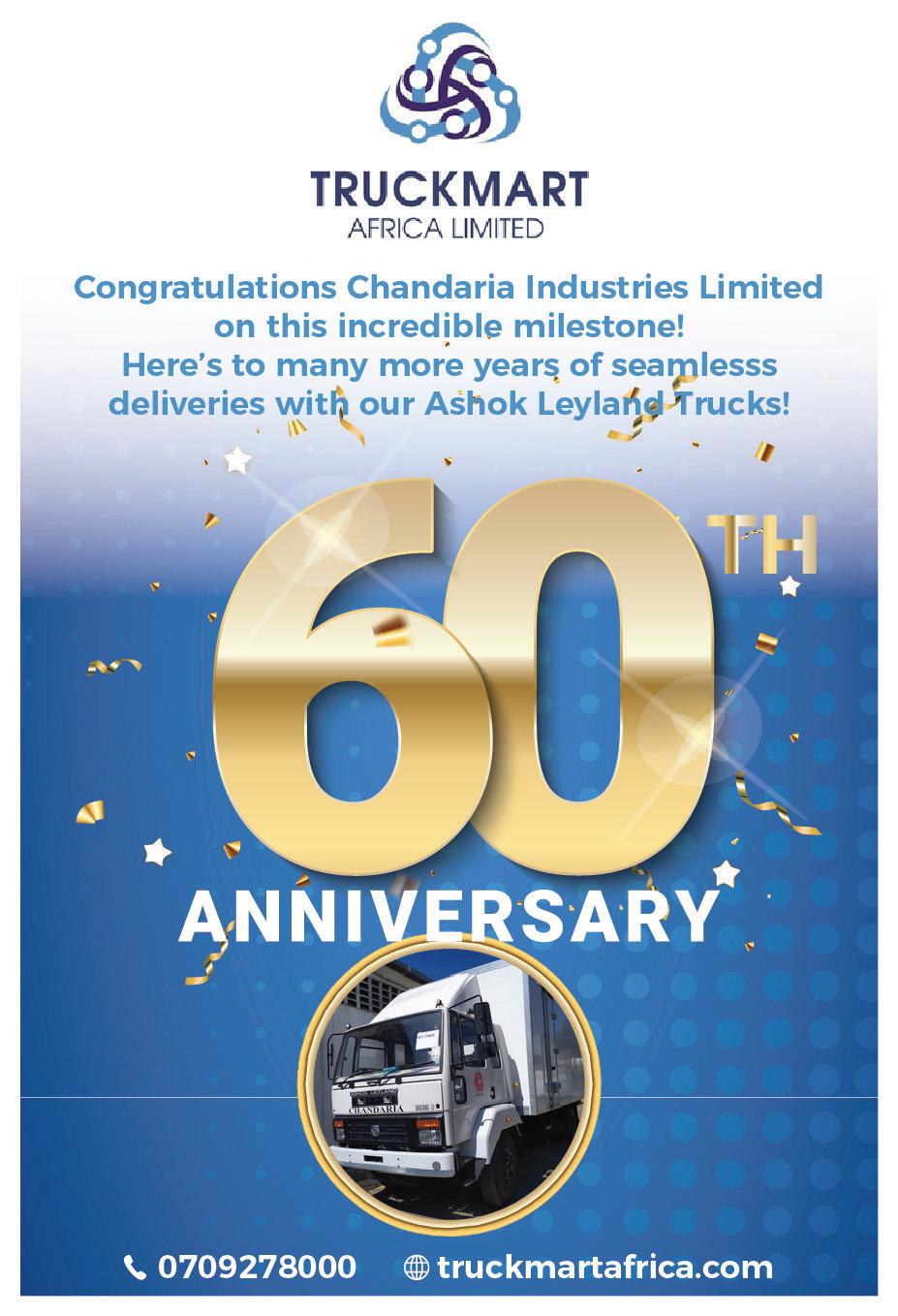
The company’s local sourcing of raw materials is at the heart of Buy-Build Kenya’s success.
“We as a family and I personally am a very strong believer of Buy-build Kenya. Everything we have done along all our expansion is about Buy-Build Kenya, Buy Build East Africa and in the future we are looking forward to saying Buy Build Africa as we expand,” said Darshan with a smile.
“Chandaria Industries always supports as many Kenyan businesses as possible”, he affirms. In addition, their operations are environmentally sustainable and they are the largest recycler of paper waste in East and Central Africa, this has saved the deforestation of over 30 million trees over the last 40 years.
The company’s paper waste collection activity provides a livelihood to over 25,000 Kenyan families in the informal sector.
“The only way to help informal SMEs grow and formalize is for large businesses like Chandaria Industries to support them” he explains.
According to Darshan, some of the most significant accomplishments for the company in the past 60 years have been the positive and heartfelt impact it has had on the local communities. This impact is often witnessed behind the daily sight of people bringing in paper waste on bicycles and hand carts to its Baba Dogo plant, located off Thika Highway.
“I am often told, look, this is a 21-year-old girl. Because of the business that Chandaria gave me, I was able to send her to university and now she’s graduated, she’s qualified, she’s got a job, her life has been uplifted and she got an opportunity she would have never dreamt of. So that is very powerful,” he narrates.
Over the years, Chandaria has grown its product range and expanded operations beyond Kenya to include Tanzania and Uganda.
Today, the company manufactures a wide range of tissue and hygiene products such as Toilet Tissue, Serviettes, Kitchen Towels, Facial Tissue, Hand Paper Towels, Pocket Tissue, Aluminium Foil, Cling Film, Wet Wipes and Cotton Wool. The company has also expanded into a range of personal hygiene and home care products such as Hand Wash, Disinfectant, Dishwashing Liquid and others.
The company has also entered into distribution partnerships with multinational brands such as Colgate, Nivea, Persil, MacCoffee, Perrier and many others, leveraging on its strong distribution network.
“What we are seeing here is that we have the ability to go into new categories. We will continue to expand into new categories and give consumers more choices” said the CEO.
The company’s expansion into new product categories has significantly contributed to its growth and success.
“As the Kenyan market gets more competitive one has to look at new product categories and markets”, said the CEO. Despite this increasing competition from both local and international players the company has maintained its leadership position in its core tissue business and become a market leader in a short time in many of the new categories it has entered.
“I think in time to come, the Kenyan market will become even more competitive. So, I think as local players, we have to be ready to step up our game. We must be ready to compete with the largest international players if we want to stay relevant and if we want to maintain our market leadership position,” he offered.
Consumer preferences and tastes are also rapidly


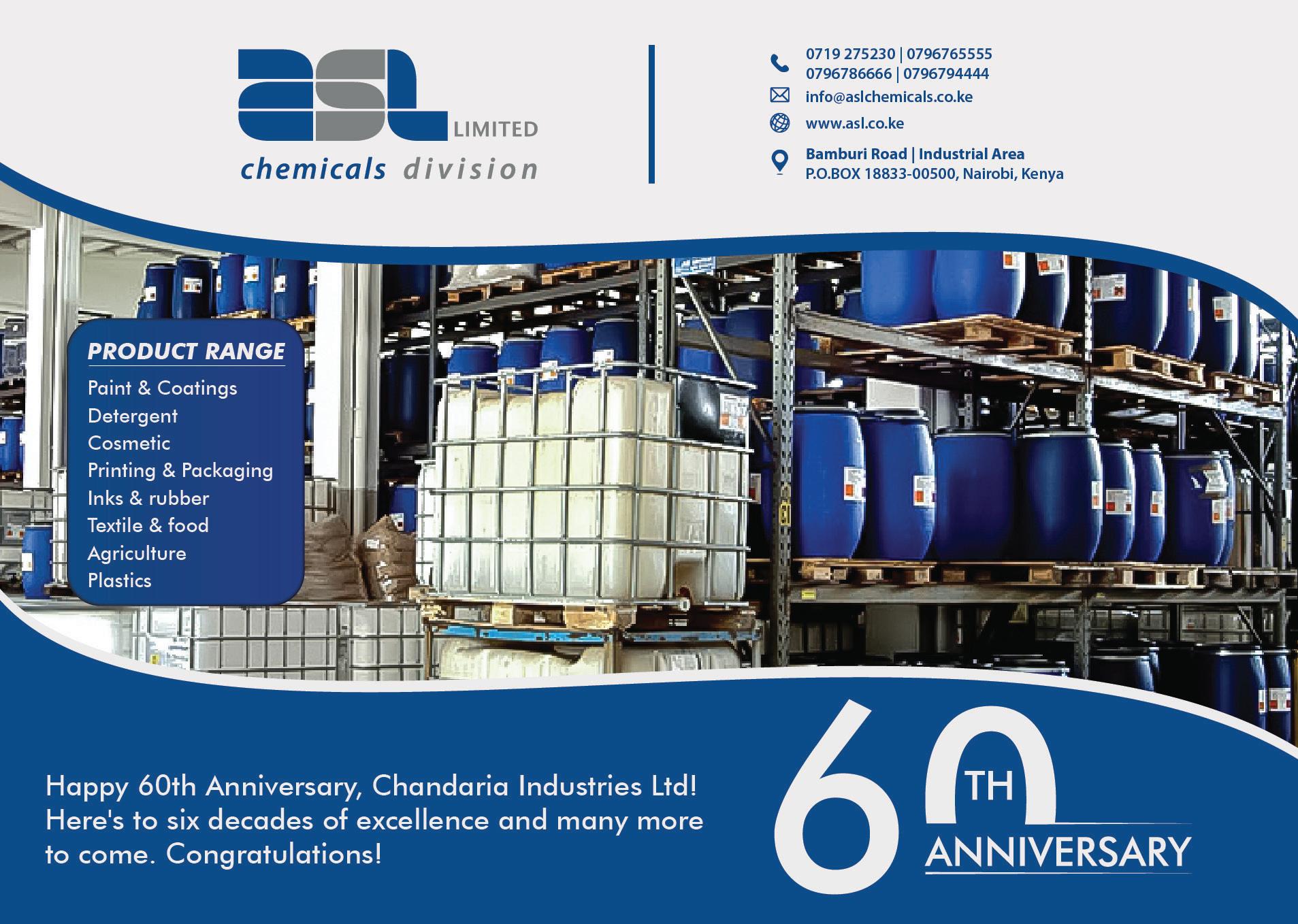

evolving in the market. With an abundance of different brands and a large number of products on Kenyan shelves, the company said there is a need for innovation and better strategic planning.
“Previously, you would say, okay, yes, I know consumers are using this product and there is demand, let me launch it. I know I’ll find a market. Today, that can’t work because customers themselves are saying, look, we have too many brands, too many products on our shelves. All this stems from competition,” he said.
Chandaria Industries has implemented several components of the smart factory concepts to maintain its competitive advantage. The company aims to shift from solely adopting technology for ICT management to incorporating it in the capex and machinery management of the plant.
As smart factories are becoming increasingly popular, Darshan, believes that the adoption of smart factory concepts are necessary to stay ahead in the business.
“You cannot run your business like you have for the last 60 years. Reactive maintenance is no longer sufficient. Proactive maintenance is the way to go as it helps you anticipate problems and plan for maintenance before it happens. Minimizing downtime is essential as downtime results in the loss of productivity and a negative financial impact,” he explained.
Chandaria also takes pride in the progress it has made to professionalize the family business by recruiting non-family members for key decisionmaking positions to sustain its growth and expansion plans.
“Apart from the products and performance, we’re

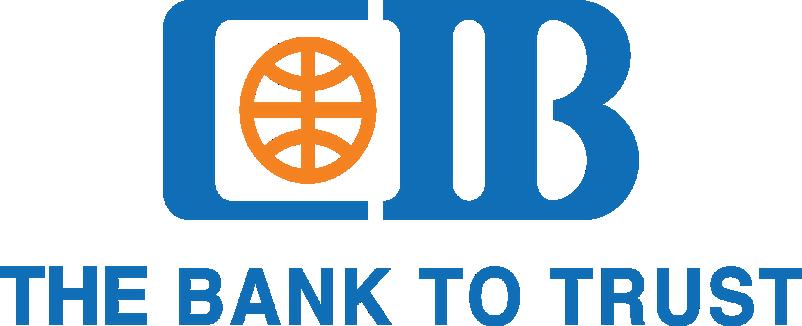
Commercial International Bank (CIB) Kenya Limited, congratulates Chandaria Industries Limited on its 60th Anniversary.
As your trusted financial partner, we are proud to be associated with you. We acknowledge your unwavering commitment to excellence, innovation and contribution to the growth of the Kenyan economy.
Bank with us today
FOR MORE INFORMATION OR QUERIES, REACH OUR CONTACT CENTRE THROUGH: Call: 0703 053 100 | WhatsApp: 0748250250 | Email: contactus@cibke.com
Westlands Branch
KAM House, Ground Floor, Mwanzi Road westlands@cibke.com +254 709 063 100
Nyali Branch
KRISH Plaza, Ground Floor, Links Road nyali@cibke.com +254 709 063 550
Mombasa Branch (coming up)
Oriental Building, Ground floor, Nkrumah Road mombasa@cibke.com +254(0)703053100
Mayfair Center Branch
MAYFAIR Center, Ground Floor, Ralph Bunch Road mayfaircentre@cibke.com +254 709 063 500
Eldoret Branch
Rupa’s Mall, Second Floor, Malaba Road, Eldoret eldoret@cibke.com +254(0)709 063 600
Industrial Area Branch
Hi-Tech Granite Industries Building, Enterprise Road industrialarea@cibke.com +254(0)709 063 650
New Upperhill Branch
Old Mutual Towers, Ground Floor, Upperhill Road upperhill@cibke.com +254(0)709 063 570
very proud of the team we have been able to build. Today we have a completely professional team that runs the business day to day under the guidance of the Directors and Shareholders,”.
Some of the key positions held by non-family members include that of Chief Operations Officer, Chief Technology Officer, Chief Finance Officer, and Chief Commercial Officer not just in Kenya but across its East African operations in Tanzania and Uganda as well.
Darshan joined the business in 2009, and his brother, Neer Chandaria, who currently serves as the Group Sales and Marketing Director, joined in 2011. Both started in the sales department and worked their way up from the bottom of the organization. Their father, Mahesh Chandaria, is the Group Chairman.
As time progresses, the three family members intend to take up pure Shareholding roles while leaving operational responsibilities to non-family professionals. We want to do this because we know that to expand further we must free up our time to be able to think more strategically.” explained Darshan.
Since he took up the role of the Group’s Chief Executive, Darshan affirmed he quickly learned his role was to look at every functional area and play a mentorship and guidance role.
“You have to build excellent teams. You have to know how to delegate. You cannot do everything yourself because then you easily lose track of the bigger picture. So that gives us time to focus on strategy and the bigger decisions,” he said.
A very well-run family business, family dynamics, succession planning, have been instrumental in the governance of the business and ingredients to success over the last six decades.
“I think as a family it’s very important to lay down a family constitution that defines very clearly the do’s and dont’s in a family business, what you are entitled to and what you are not entitled to, your
responsibilities and what you are expected to deliver,” he offers.
Chandaria Industries strongly believes in giving back to society and stands for several principles internally.
Firstly, it advocates for the right to education and healthcare for every individual. The company supports multiple educational and healthcare institutions across the country by fully donating teachers fees and educational material. The company has also bought and donated land and built the actual schools.
Secondly, Chandaria Industries is committed to empowering marginalized communities and individuals who lack fair opportunities to better their lives. The company supports over 30 institutions in Kenya alone and over 80 in the region through various Corporate Social Responsibility (CSR) projects.
The flagship CSR project of Chandaria Industries is the M.M. Chandaria Primary School, located opposite the company premises in Baba Dogo. The primary school, named after the Chairman, provides education, food, and all necessary equipment and furniture to over 1,200 students every day.
Chandaria Industries has been undertaking this initiative for over 40 years and remains dedicated to continuing its efforts to uplift marginalized communities and individuals.
“We operate in this community. We always feel, we are here physically in Baba Dogo and therefore we want to see the people around us educated, especially the young people and in good health with access to the required medical facilities. We want to see more healthy entrepreneurs and professionals coming out of this community,” Darshan.
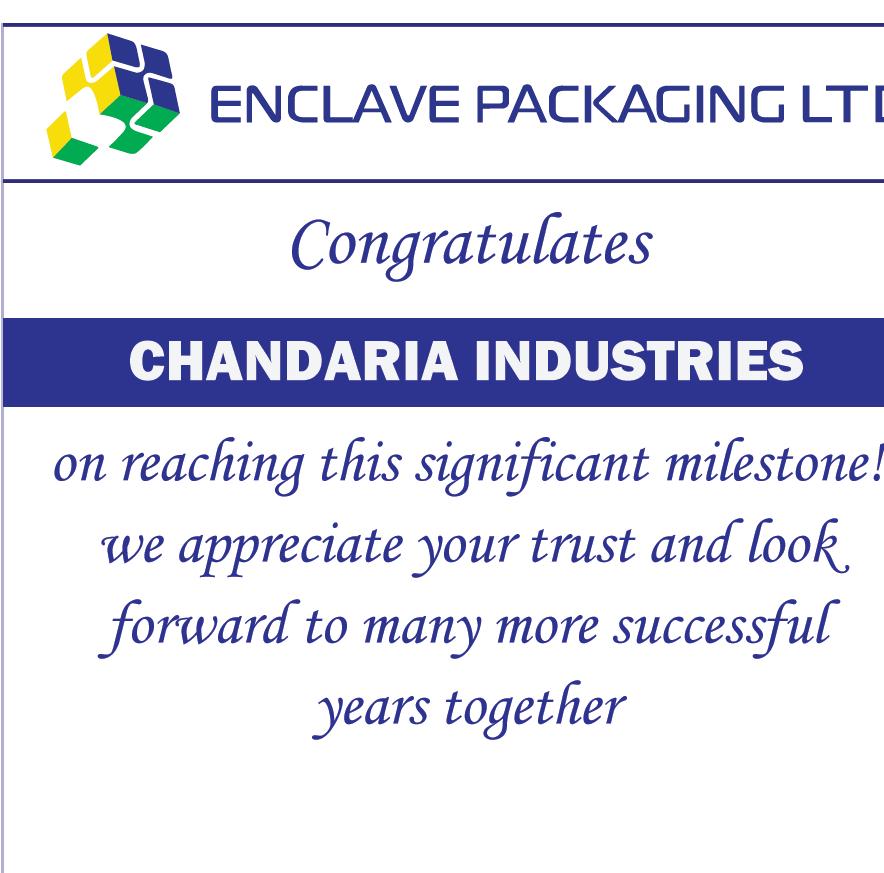
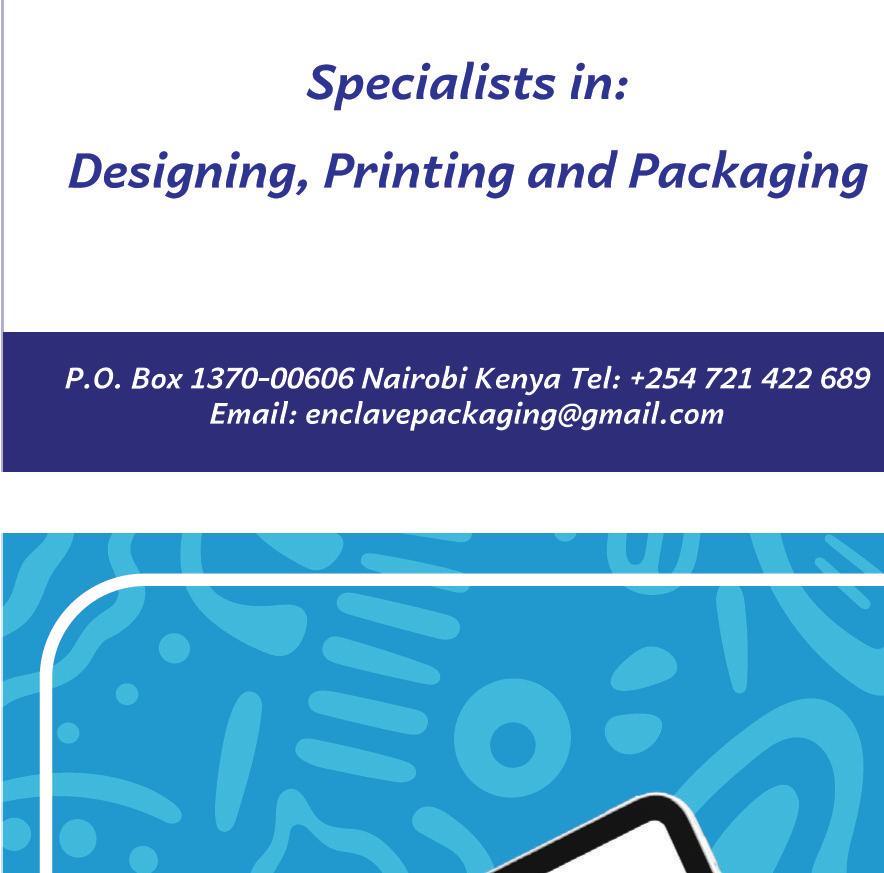



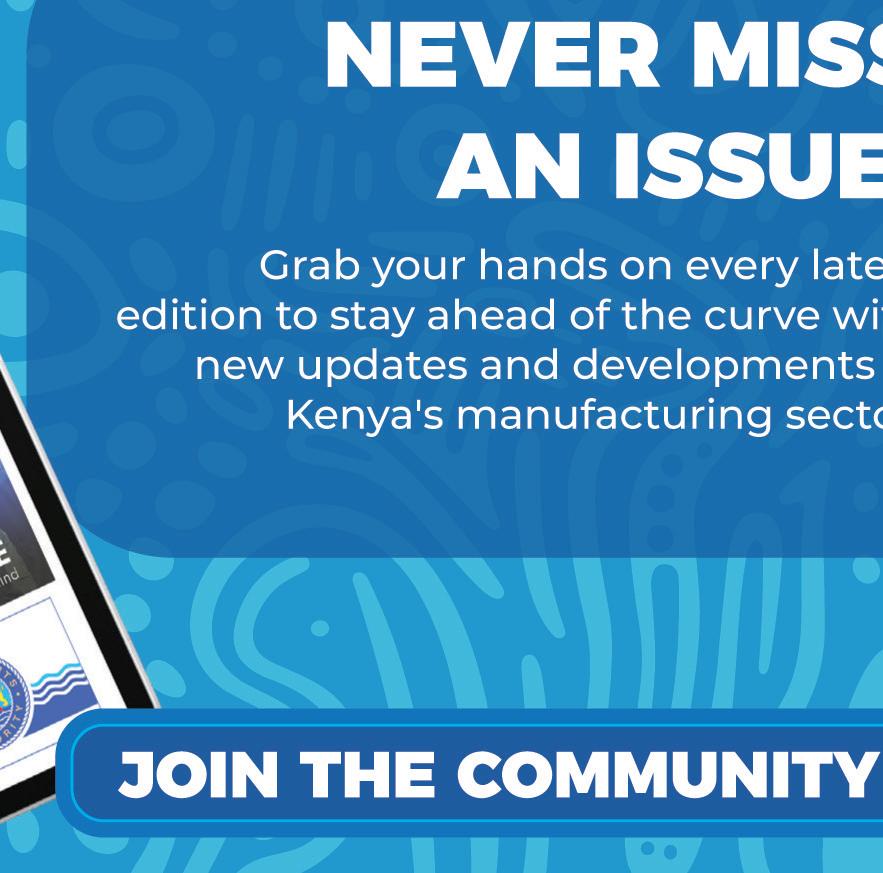

Tax: Statutory Compliance for Manufacturers 01
7th-18th July 2024
The training will enable participants to gain insights and conduct an exhaustive examination into the subject matter of domestic taxes, delve into its fundamental principles the current tax statutes stemming from the Finance Act 2024 as well as pertinent judicial precedents
02 24th - 26th July 2024
Mastering the Code: The Custom, Import & Export Procedures and the CET (Harmonized Coding System & Customs Valuation)
The training offers in-depth knowledge of Custom Import Export Procedures and the Common External Tariff (CET), focusing on the Harmonized Coding System (HS) and Customs Valuation Gain the expertise to classify goods accurately ensure compliance and optimize your customs processes
Boost the strategies to grow your business through our focused trainings.
We offer both open house and in-house trainings
For in-house trainings, we customise based on your training needs MANUFACTURING
For any enquiries, reach us at manufacturingacademy@kam.co.ke
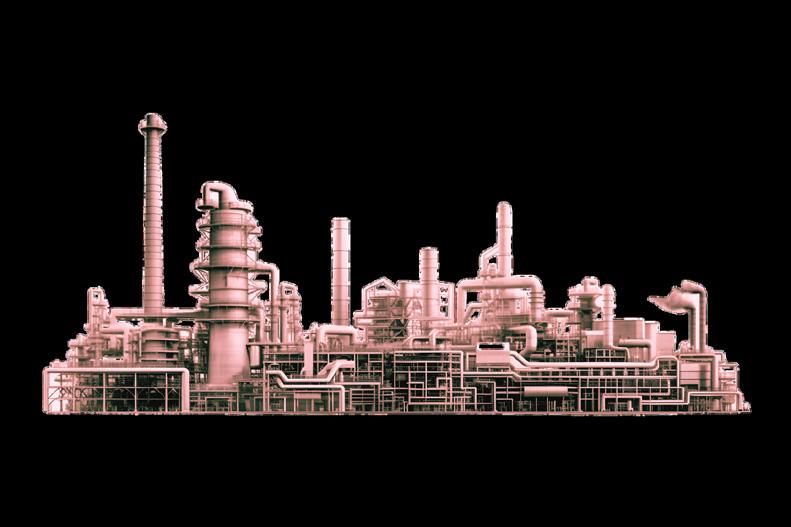
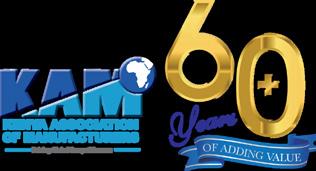
Transformative Leadership Approach for Sustainable Manufacturing 03 6th August 2024
The training will enable participants gain insights and conduct an exhaustive examination of domestic taxes, delve into its fundamental principles, the current tax statutes stemming from the Finance Act 2024 as well as pertinent judicial precedents
Agile Procurement & Risk Mitigation within Manufacturing 05
Designed to streamline your procurement processes and proactively manage risks, this program helps 18th - 19th September 2024
Benefits of Membership
Benefit from fact-based policy advocacy
Business support; local and regional markets
Access to training and information
Networking and linkages
How to join KAM
Fill in the attached form and send it back to us with the appropriate payment – the annual membership fees are based on annual turnover
Ensure you go through the checklist before you submit your application
Flexible payment options available

Good Manufacturing Practices (GMP) 04
21st - 22nd August 2024
Increase participant awareness about the benefits and significance of GMP a comprehensive understanding and application of GMP principles, covering regulations, equipment design, sanitation, and cross-contamination risks
06
Management Contracts and Disciplinary Issues for Manufacturers
This training aims to equip both managers and employees with the necessary skills and knowledge to 20th - 21st November 2024
Ordinary Membership
This category of membership is extended to companies that are directly involved in processing, manufacturing or any other value addition activities

Associate/Consultancy Membership

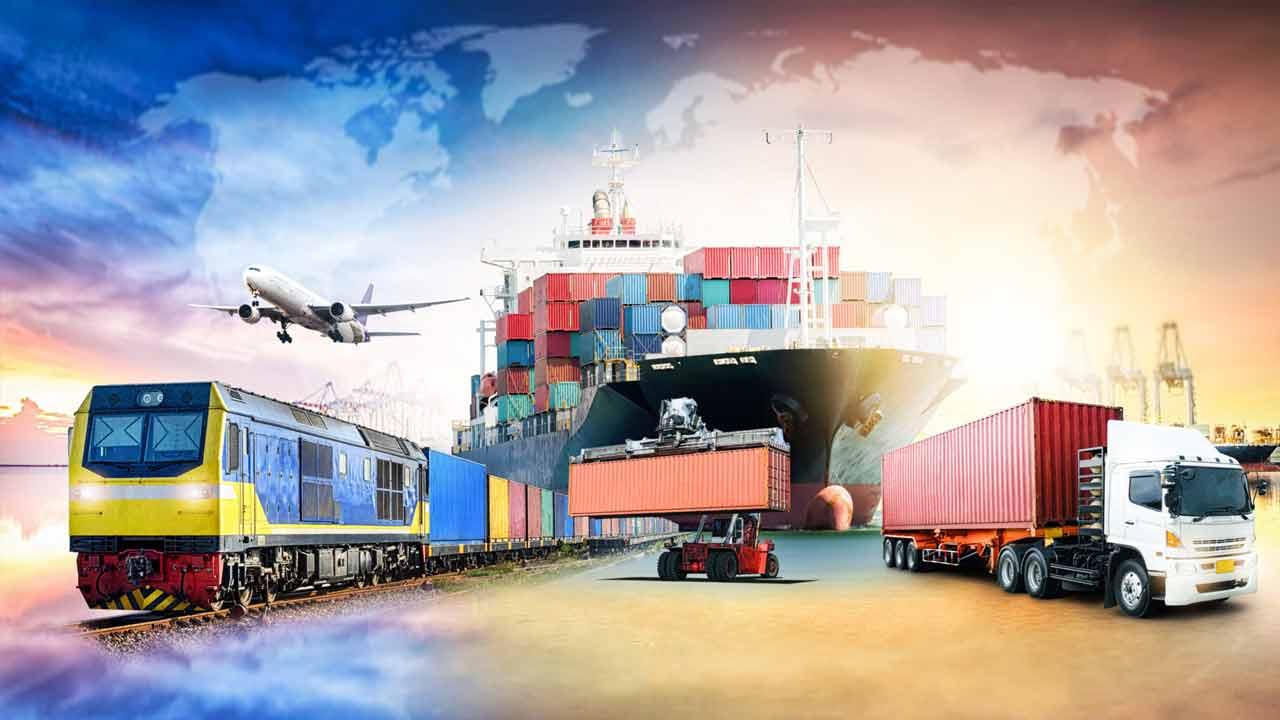
This membership category is extended to organisations with a direct interest in expanding industries, either through providing services or other inputs manufacturing operations
For any enquiries, reach out to membershelpdesk@kam co ke/info@kam co ke

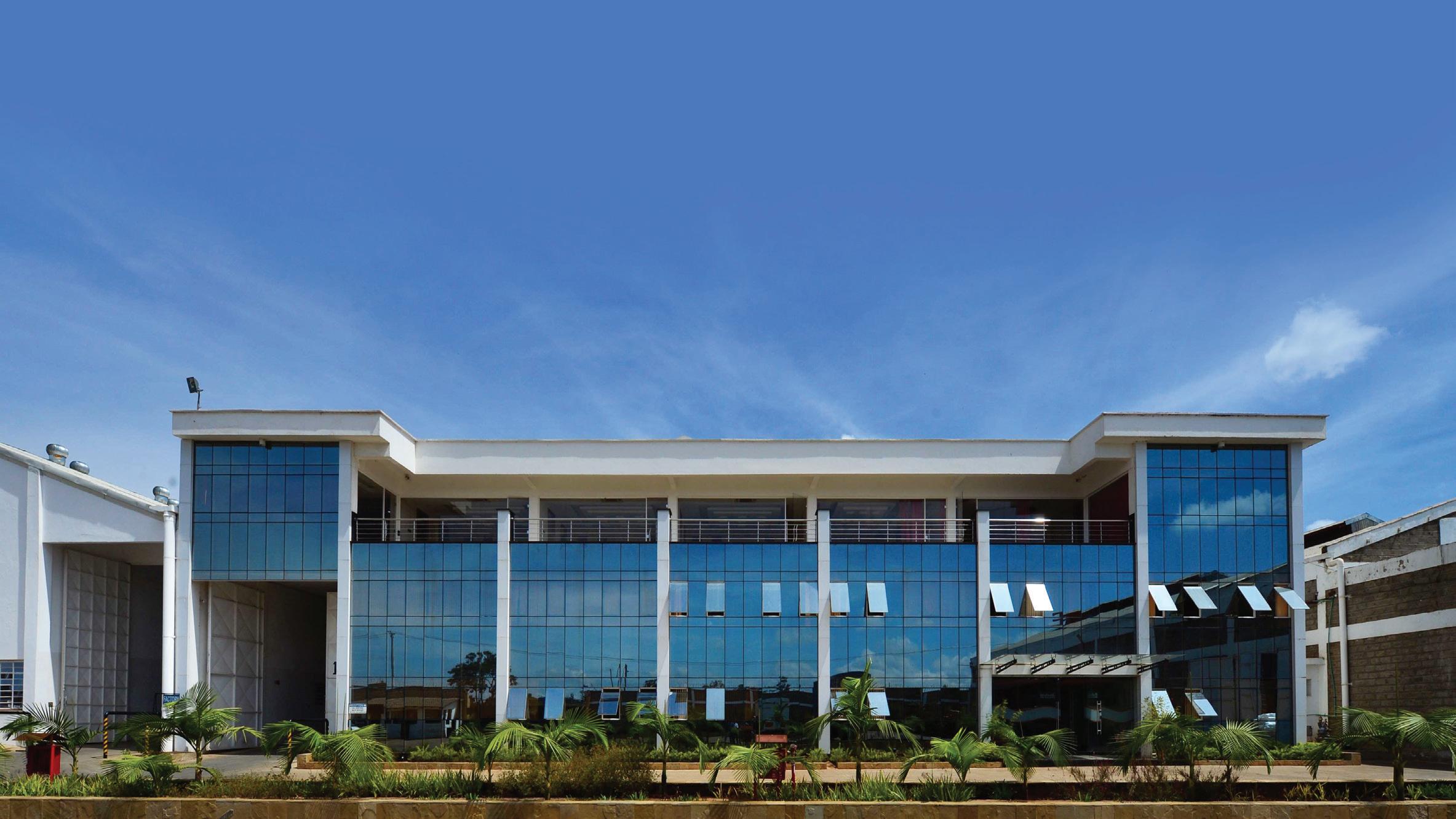
From humble beginnings to a regional packing powerhouse, Dune Packaging Ltd has experienced immense growth in the last decade. What began as a small company with dedication and commitment to service has now grown into a renowned business serving clients throughout Africa allowing it to become one of the leading providers of paper packaging materials.
Dune Packaging Ltd began crafting polyethylene films for local enterprises. Over time, it burgeoned into a prominent regional force in paper packaging, catering to both retail and industrial sectors.
The company’s ascent is attributed to its unwavering dedication to delivering tailored, top-quality products to its expanding clientele. With rigorous quality controls in place, Dune Packaging ensures its production processes are finely attuned to individual customer requirements. A trailblazer in its field, it introduced a comprehensive paper bag production line within five years of inception and, achieved a milestone in 2016 by offering full multi-color photographic paper printing, a first in the East and Central African region.
Dune Packaging embarked on its journey in 2000 as a modest manufacturer of polyethylene films. Fast forward two decades, and it has evolved into the foremost provider of paper packaging materials, servicing both the industrial and retail sectors. Originating in Thika, Kenya, an industrial hub, it has extended its reach beyond East African borders, spanning Southern African nations through COMESA.
Continuing its trajectory of growth, Dune Packaging ventures into new horizons, enriching its product portfolio to encompass
a diverse range, from paper bags to tea sacks, and seed bags to restaurant packaging solutions. Notably, its paper sack division now stands as Africa’s largest in terms of installed capacity, serving industries spanning flour, tea, construction, and briquettes.
Driven by a commitment to excellence and innovation, the company has invested in cutting-edge facilities boasting German machinery, high-resolution printers, and efficient sack-making equipment. Its customer-centric approach extends beyond product customization to encompass top-tier design and artwork services, ensuring a world-class experience for all patrons.
In tandem with its pursuit of technological advancement, Dune Packaging remains steadfast in its environmental stewardship. Upholding FSC® (Forest Stewardship Council®) and SFI (Sustainable Forestry Initiative) certifications, it prioritizes sourcing from responsibly managed forests, aligning its practices with principles of sustainability and conservation. The company’s holistic approach to environmental responsibility encompasses water and energy conservation, waste management, and pollution prevention, reflecting its dedication to minimizing its ecological footprint.
Recognized for its excellence, Dune Packaging has garnered prestigious accolades such as the Superbrands 2022 award and ISO 9001:2018 certification, emblematic of its adherence to global standards of quality and safety. Its inclusion in the Club 101 rankings underscores its sustained growth and status as a beacon within the industry, poised to mentor and inspire the next generation of enterprises.

By Anthony Mwangi, Chief Executive Officer of the Kenya Association of Manufacturers
Kenya finds itself at a crucial juncture in its economic trajectory. The Kenyan shilling (KES) has experienced significant depreciation against the United States Dollar (USD) and other world major currencies in recent months. For the first time, KES hit a record high of Kes.160 to the USD. Equally, the KES has lost value against its East African sister nations’ currencies Ugandan Shilling (UGS) and Tanzanian Shilling (TZS). While the KES has since strengthened significantly to below Kes 130 against the dollar and emerged among the best performing currencies of the world, the depreciation brought economic challenges, driving up import costs of food, fuel, raw materials, and medicine, among many others. The resultant inflationary pressure for Kenya has had a huge impact of the overall cost of living. The Kenya Association of Manufacturers (KAM) firmly believes that embracing an export-led growth strategy holds the potential to reverse the situation and mitigate against the free fall of the local currency.
Export-led growth has proven to be an effective strategy for developing economies facing currency depreciation and trade imbalances. By harnessing the nation’s manufacturing potential and diversifying export markets, Kenya can bolster its economy and restore the value of its weakening currency. In 2023, KAM undertook an extensive sectoral deep dive to evaluate the export potential for Kenya across 20 value chains. The textile & apparel, leather & footwear, pharmaceuticals, and building & construction among many sectors, have great potential for growth and exports.
About 60 years ago, South Korea was one of the poorest countries of the world, with a GDP per capita of no more than US$87. Comparatively, Kenya had a GDP per capita of
US$107 hence doing better than South Korea. In 2023, Kenya’s nominal GDP is circa US$110B while South Korea’s GDP stands at US$1.7trillion in 2023. On this background, Kenya can retrace the economic growth pathway and perhaps copy & paste South Korean development model and change our policy stance in favour of export-oriented policies and move on to the high growth trajectories. Korean experience asserts that strong manufactured export growth integrated with the absence of macroeconomic imbalances can build sound base for the cumulative process of high exports, high profits, high savings, high investment, high exports.
While advocating for export-oriented policies, it is important not to lose focus on import substitution. In agriculture for example, KAM’s analysis of several value chains, through the Agriculture for Industry (A4I) pillar, has identified enormous opportunities to save billions of dollars spent to import basic food items. Suffice it to say that Kenya spent over US$3B (circa Kes500B) in 2022 on the import of food. For instance, Maize (Kes60B), Rice (34B), Edible oils (Kes160B), Peanuts (Kes.5B), and poultry products (Kes.4B). The list goes on and on. Most of these food products are imported because Kenya has failed to organize the value chains and realize self-sufficiency. While the farmers are complaining about the lack of a market for their produce, agro-processors are equally unable to access quality raw materials from the country.
It’s unfathomable how Malawi, a country with a nominal GDP of circa US$13B, supplies over 90% of peanuts for industrial production worth circa Kes. 5 billion to Kenya. Through KAM’s A4I agenda, we are organizing value chains with a specific
agenda of providing the aggregate demand data and linking agro-processors with Farmers. By organizing our value chains and linking Agriculture with Industry, Kenya will immediately stop the hemorrhage of forex currently going to the import of food, raw materials and intermediate raw materials for industrial processing. However, this requires fact-based, datadriven decision-making in to order to have a managed transition and avoid the negative unintended consequences brought forth by the provisions of the Finance Act 2023. The Finance Act 2023 introduced the Export Promotion and Investment levy on raw materials meant for industrial processing. This single policy misadventure has been catastrophic to the Cement, Steel and paper sectors.
To achieve successful export-led growth, Kenya must enhance its competitiveness to be able to compete with other nations in the international marketplace. With the increased market access through various trade agreements such as the EAC, COMESA, AfCTA, EU-Kenya EPA, and AGOA, Kenya must up its game to fully maximize the opportunities and avoid losing out to other countries such as Egypt, Tanzania, Ethiopia and Uganda. By enhancing our global competitiveness through world-class quality, pricing and availability, Kenya’s export growth will be stupefying.
Out of 6,000 tariff lines approved under AGOA, Kenya utilizes only 6 tariff lines, with apparels as the leading export at US$500 in 2023/23. KAM’s sectoral deep dive on the export opportunities for textile and apparel demonstrates that Kenya can increase the US$500 export of apparel to circa US$10B

by 2030. The jobs will increase from the current 50,000 in our EPZs to over 300,000. During the sectoral deep dives, KAM has come up with both strategic bets and low-hanging opportunities towards achieving this ambition. For instance, urgently fixing infrastructure at Naivasha Industrial Park and Dongo Kundu in Mombasa significantly moves the needle in the right direction. However, Kenya seems to sidetrack by taking on many projects like the County Industrial parks at the same time hence stretching the little resources that could have fixed Naivasha Industrial Park, first & fast. A joke is told that Kenya acts like a very active marketing department for a factory that is not producing goods. Kenya has focused more on international trade deals and paid minimal attention to industrial competitiveness.
The successful implementation of an export-led growth strategy necessitates strong partnerships between the government, private sector, and other stakeholders. Collaboration will ensure a coordinated approach towards realizing a common objective: revitalizing Kenya’s currency. It is crucial for the government to actively engage industry associations like KAM to address the challenges facing manufacturers. Regular forums, working groups, and policy dialogues can facilitate the exchange of ideas and harness collective expertise to develop and implement effective strategies.
Embracing an export-led growth strategy is not only a solution to reverse the depreciation of the Kenyan shilling but also an opportunity for Kenya to diversify its economy and reduce its vulnerability to global economic fluctuations. By tapping into the expertise of KAM’s mapped export potential, expanding export markets, enhancing productivity, supporting SMEs, and fostering collaboration, Kenya can transform the current predicament into an opportunity for sustainable economic growth.
Utilizing an export-led strategy will not only strengthen Kenya’s manufacturing sector but also improve the welfare of its citizens. As a nation, we must seize this opportunity and work together to propel Kenya towards economic resilience, elevating our global standing and guaranteeing a brighter future for generations to come.
The writer can be reached at info@kam.co.ke



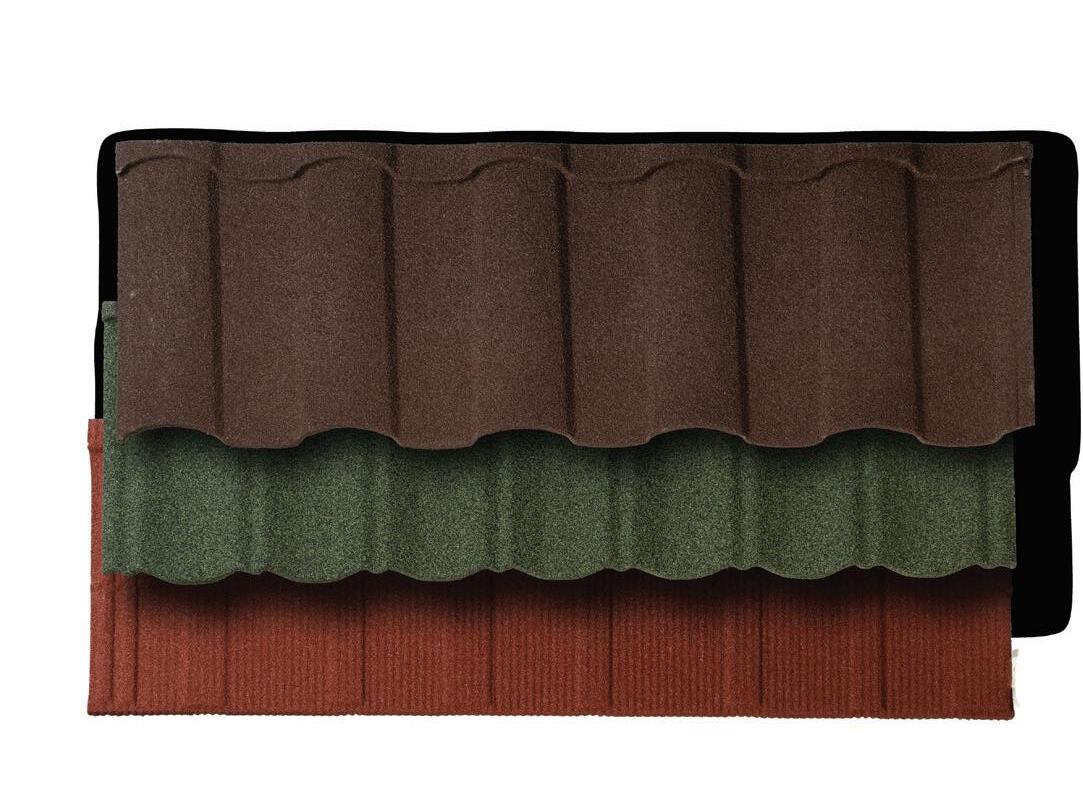









































By Martin Ochien’g, Chair of KAM Environment and Sustainability Committee
Rapid urbanization and development have led to an increase in the consumption of products and waste generation in the country and across the globe. The United Nations Environment Programme (UNEP) projects that by 2025, the world cities will produce 2.2 billion tonnes of waste every year, more than three times the amount produced in 2009. This calls for immediate actions to sustainably manage waste.
The perception of waste as an unwanted material with no intrinsic value has dominated attitudes towards proper waste disposal. Yet, waste is a critical resource with the potential to transform the lives of Kenyans through the creation of jobs and wealth. The challenge in waste management is multifaceted, ranging from recycling, generation of waste, separation, behaviour change, collection, transport, treatment, reuse, and disposal. It is a problem that must involve all stakeholders at diverse levels, from households, traders, manufacturers, private sector companies and governments. Every individual has a role to play to make this world a better place. The UNEP proposes three key steps to address waste challenge: establishing control over waste; implementing environmentally sound management of waste; and moving towards circularity by considering waste as a secondary resource.
Cognizant of this, the manufacturing sector is committed to transitioning to green manufacturing for sustainable development. We are witnessing more manufacturers embed circular economy and sustainability in their operations, for instance, sustainable waste management practices. Adopting a circular economy is about resources moving from cradle to cradle, where waste from one process is a resource in other processes, instead of cradle to grave, where the impact created by disposal of products has a negative effect on the environment.
Circular economy is based on three principles: eliminating waste and pollution; circulating products and materials; regenerating nature. It creates solutions to the challenges we are currently facing locally and internationally, such as climate change and biodiversity loss whilst addressing important social needs. Its continuous implementation has provided world economies with unprecedented opportunities, through the creation of reverse logistics networks, new processes, and new industries using the recovered resources. Denmark, for instance, incinerates its waste to generate district heating and electricity. They continue to perfect this technology year on year, towards the production of clean electricity for their citizens. Whilst doing so, Denmark continues to ensure that the operation of these plants has the lowest environmental impact possible.
Therefore, accelerating the transition to a circular economy is one of the surest ways of securing the future of our planet for generations to come. It cuts across every stage of the value chain and touches on energy use, sourcing of raw materials, production, distribution, and waste management.
Kenya Association of Manufacturers (KAM) continues to partner with liked-minded organizations to shape the conversation on circular economy and to bring out the various solutions available towards the realization of circular approaches where reduction, re-use, recycle and elimination of waste are at the centre stage. One such initiative is the LOOP Forum, which seeks to showcase circular innovative solutions, catalyse policy dialogues, and establish business to business collaborations to transition Kenyan economy from a linear to circular model. The Forum aims to accelerate a circular transition together with all the stakeholders and partners being part of the process.

During the inaugural LOOP Forum held last year, three key aspects were discussed. First, the need to have proper, clear, realistic, and full operational regulations in waste management and more so towards circular economy to allow for faster transition from linear economy towards circular economy. Second, the need for entities to form partnerships, be it international, local or between the government and the private sector as this is a sure way to transition towards circular economy. Lastly, the need for all stakeholders to work together for the transition to the circular economy to be realized and for cleaner production to take place.
This year’s forum, taking place this week seeks to establish a platform to facilitate exchange of knowledge, solutions, and build networks amongst relevant stakeholders; showcase cross-sector innovations, business to business collaborations and investment opportunities; build awareness on cleaner production methods and wider societal, environmental, and economic benefits of a circular economy; and explore intervention for skills development and job creation to support Kenya’s transition to circular economy.
We need to strengthen our will towards a circular economy through various efforts, as a nation, including inculcating it in our education system from the primary level. As individuals, we need to cultivate strong ethos of respecting and protecting our environment and natural resources, for better living. Most importantly, we must collaborate with other players such as government regulators, waste collectors, recyclers, and the public for a successful transition.
The writer can be reached at info@kam.co.ke.
By Jane N. Muriithi
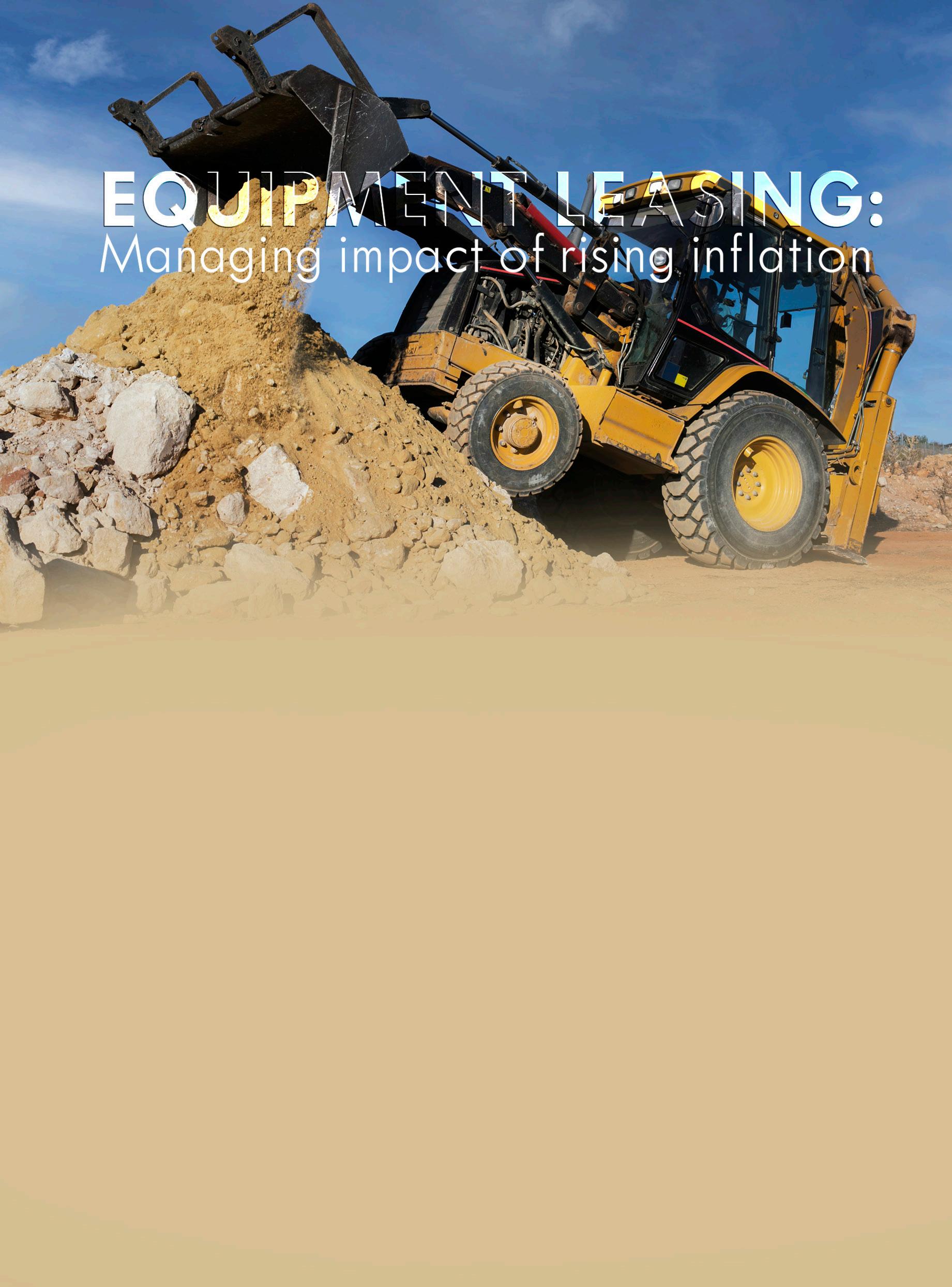
The intricacies of equipment leasing are currently riddled with economics known and unknown from instability in Russia, Pakistan, G2G, supply chain issues, and political uncertainties just to name a few. When we add the growing rate of inflation, increased interest rates, and cost of fuel prices, this means that we will inevitably continue to pay higher prices for fixed and variable assets. Hence, the best rate for any asset you need is RIGHT NOW!
Kenya is currently riding the wave of an inflationary economy. The reality is that the future rates for assets acquired through leasing are based on today’s price paid in inflated dollar or Kenyan shilling.
The basic asset acquisition accounting is, if a machine costs Kes. 200,000 now, and inflation is 7%, the future price of the asset will be Kes. 214, 000. With RentWorks EA, we make this decision-making process transparent and beneficial to our clients to ensure that the impact of compounding inflation does not adversely affect client’s bottom line.
Three main ways equipment Leasing protects you against inflation:
# Lock your payment rates. Your payment rates will remain the same regardless of inflation or increase in equipment costs over time. This ensures that your budgeting process is more effective and predictable as you shield your business from the
detrimental impacts of inflation.
# Buying Right. Leasing today will be more cost-effective than buying in the future. How equipment is paid for greatly impacts how much it will ultimately cost. It is basic financial accounting to utilize equipment leasing to speed up decisionmaking and lower equipment costs when RentWorks EA is your asset leasing partner.
# Improve your Competitive Edge. By leasing with RentWorks EA you are able to focus on your core business and drive your strategic activities to growth, expansion, and innovation.
Equipment Leasing is the strategic approach to acquiring business equipment that plays a significant role in maintaining the financial health of your business amidst the unpredictable waves of inflation.
Talk to us at RentWorks for additional information on how equipment leasing can be of benefit to your bottom line - Call Cynthia Abiero – 0734 278 301
The writer is an experienced marketing and change management consultant (Mojo Design Consultancy Limited). Follow Jane Nyawira Muriithi on LinkedIn https://www.linkedin.com/in/jane-nyawira-muriithi
These forums offer graduates real career experiences, builds their industry knowledge, link them with mentors and job opportunities.
By Eunice Adhiambo
Mathew Mutero, now 24 years old, made a lot of sacrifices while studying a construction course at the Technical University of Kenya (TUM) some three years ago and little did he know his efforts would eventually pay off.
While his peers spent their free time watching movies and TV shows, Mutero chose to attend expos, gala dinners, and competitions organized by construction firms.
In 2021, Mutero participated in the annual Association of Construction Managers of Kenya (ACMK) student competition that engages Construction Management students from various Kenyan universities by challenging them to apply their academic knowledge to solve real-time challenges.
Ultimately, the students acquire skills that will help them transition smoothly from the classroom to the workplace - like it did to Mutero - the competition proved to be a turning point in Mutero’s career.
“Yes, attending and participating in the competition linked me with a prospective employer whom I work for currently,” Mutero told the Industry Magazine in an interview.
After pursuing a Bachelor’s degree in Construction Management at TUM, Mutero landed a job at one of the country’s hotels.
Like many others, he discovered that the competition provided him with invaluable experience and the chance to apply the theoretical knowledge acquired during his studies.

“Instead of spending hours watching TV series during my free time, I began to participate in expos, construction-related gala dinners, and site visits,”
“I am thrilled because these competitions and meetings gave me hands-on experience. Moreover, I built connections with likeminded individuals in my field of study,” Mutero shares.
He also had the privilege of being mentored by Nashon Okowa, a renowned construction project manager in Kenya.
“His invaluable guidance became the cornerstone of my early success. Mentorship has also become an invaluable facet of my journey. A good mentor not only imparts wisdom but also helps you avoid common pitfalls,” he added.
Like Mutero, more than 30 students from five prestigious universities in the country participated in the 2023 annual student competition, aiming to hone their skills and gain sectorspecific expertise.
The fourth edition of this competition was organised by Mabati Rolling Mills (MRM), manufacturer of Building Solutions and a member of the Safal Group, and the Association of Construction Managers of Kenya (ACMK).
“We firmly believe in the potential of the next generation of construction professionals, and such competitions provide them with a platform to showcase projects that incorporate sustainable innovation, including MRM’s building solutions,” said Rittah Okello, Marketing Manager and Relations at MRM.
Participating students came from several Kenyan universities, including the University of Nairobi, Jomo Kenyatta University of Agriculture and Technology, Kenyatta University, Technical University of Kenya, and Jaramogi Oginga Odinga University.
We believe such competitions not only empower students but also contribute to innovation within our industry. Ilbert Abiri, Chairperson of ACMK




